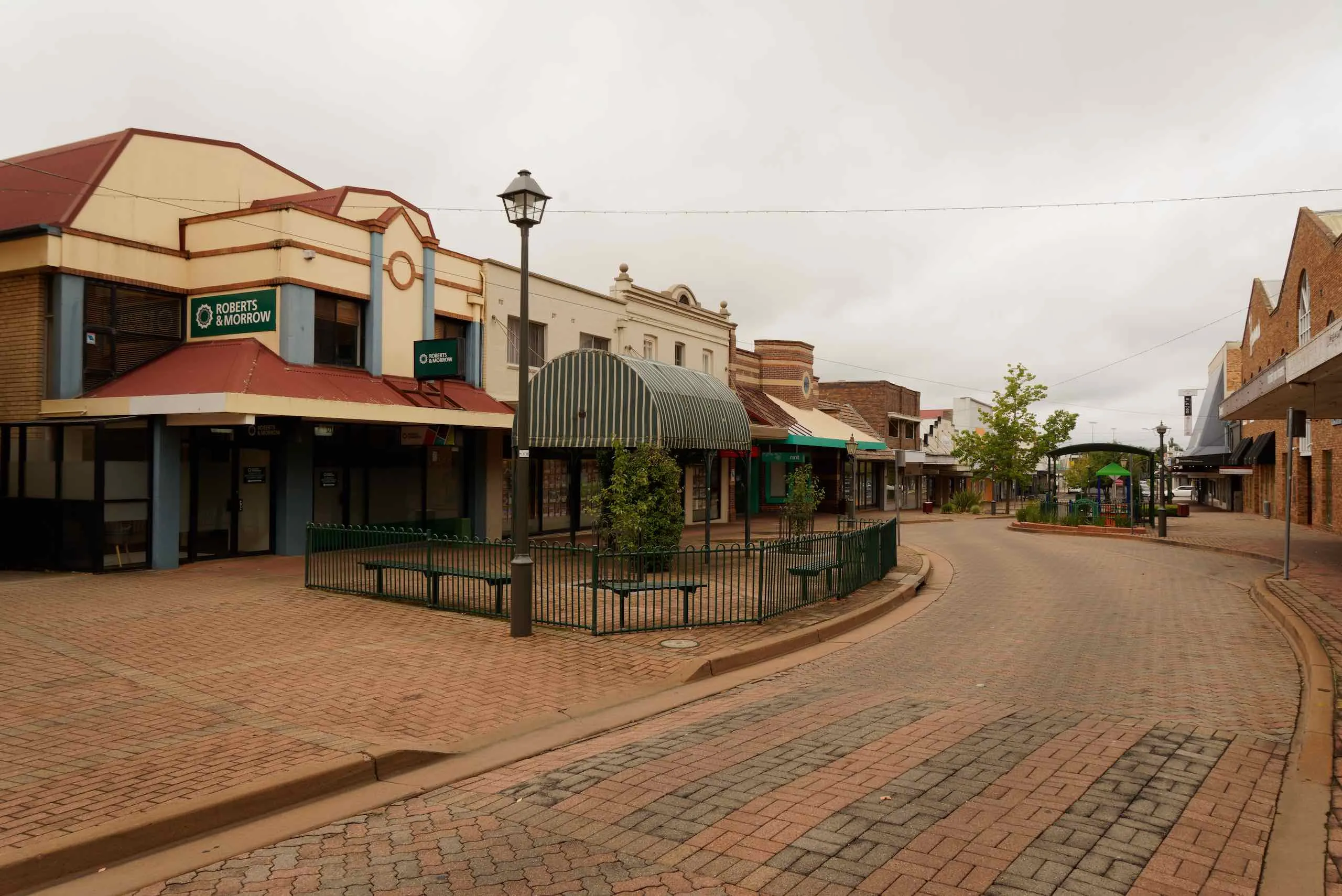

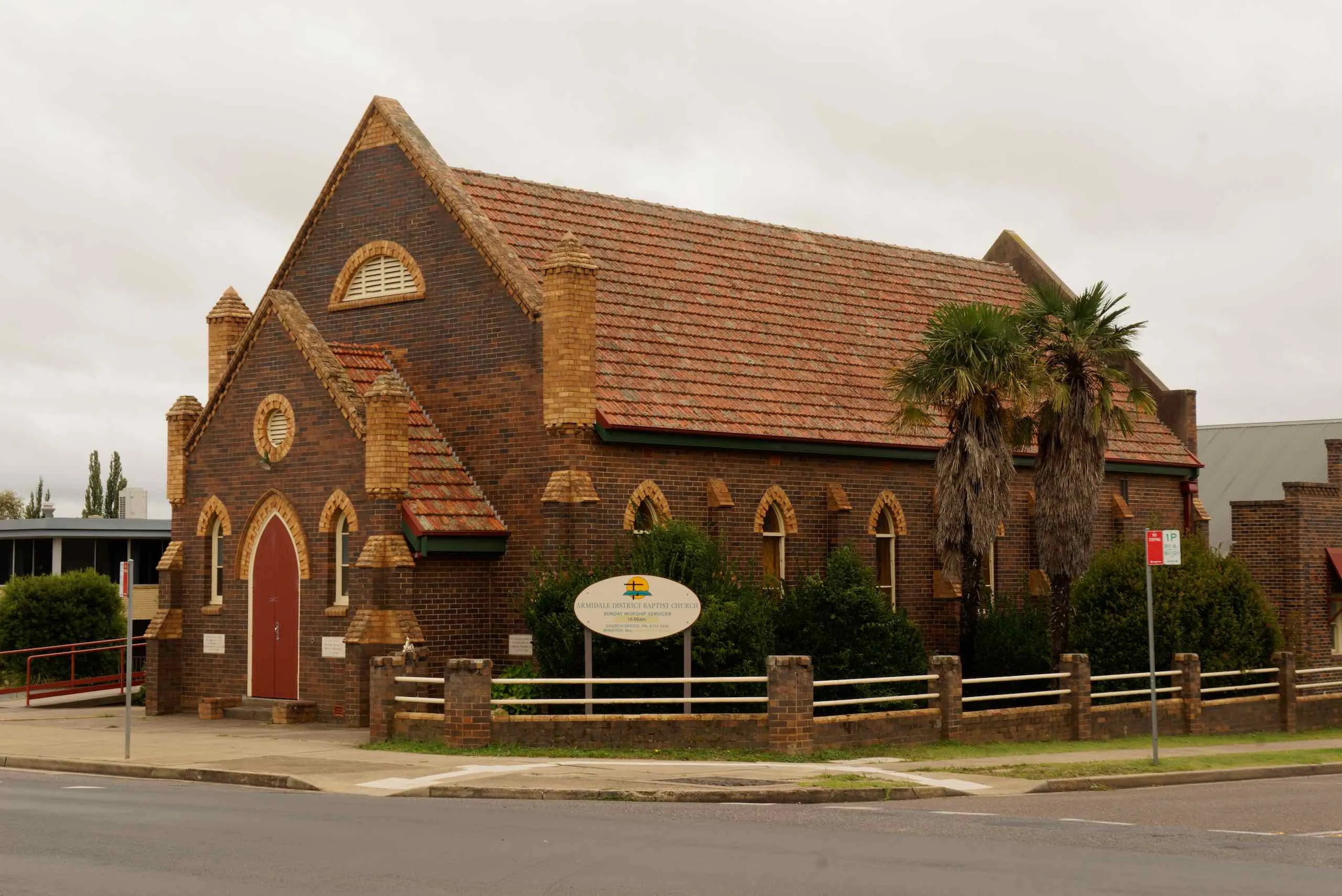
The commercial traveller and evangelist, Thomas Llewellyn, organised construction of the first Baptist Church in Armidale on the corner of Brown and Allingham Streets. In 1918, Frank Nott constructed the present church in Gothic Revival style. The contrasting brickwork is similar to that used in the old Express Building and Masonic Centre in Faulkner Street.
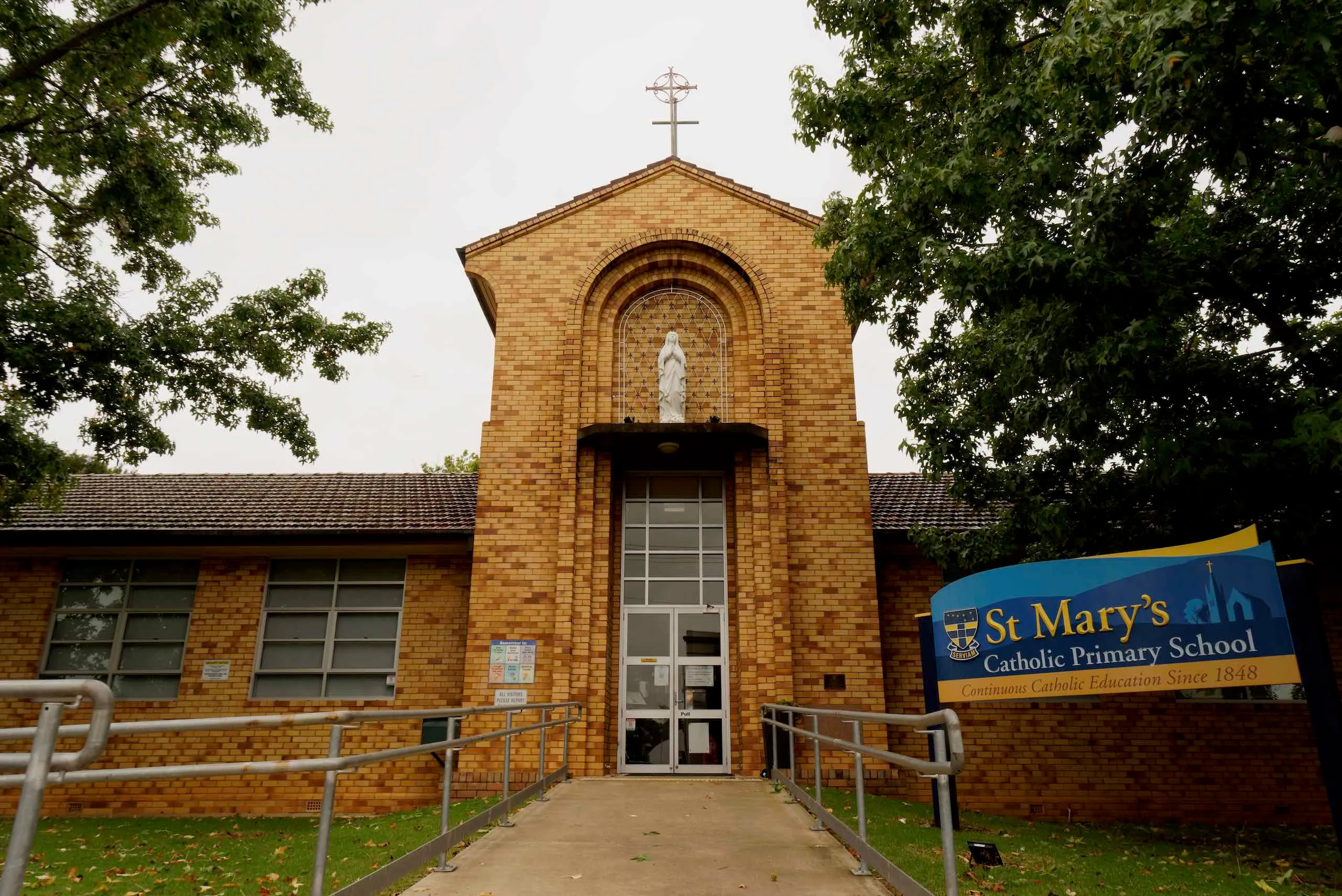
The Ursuline nuns who arrived in Australia in 1882 began teaching at St Mary’s in 1883. The school had originally been founded as a parochial school in 1862.
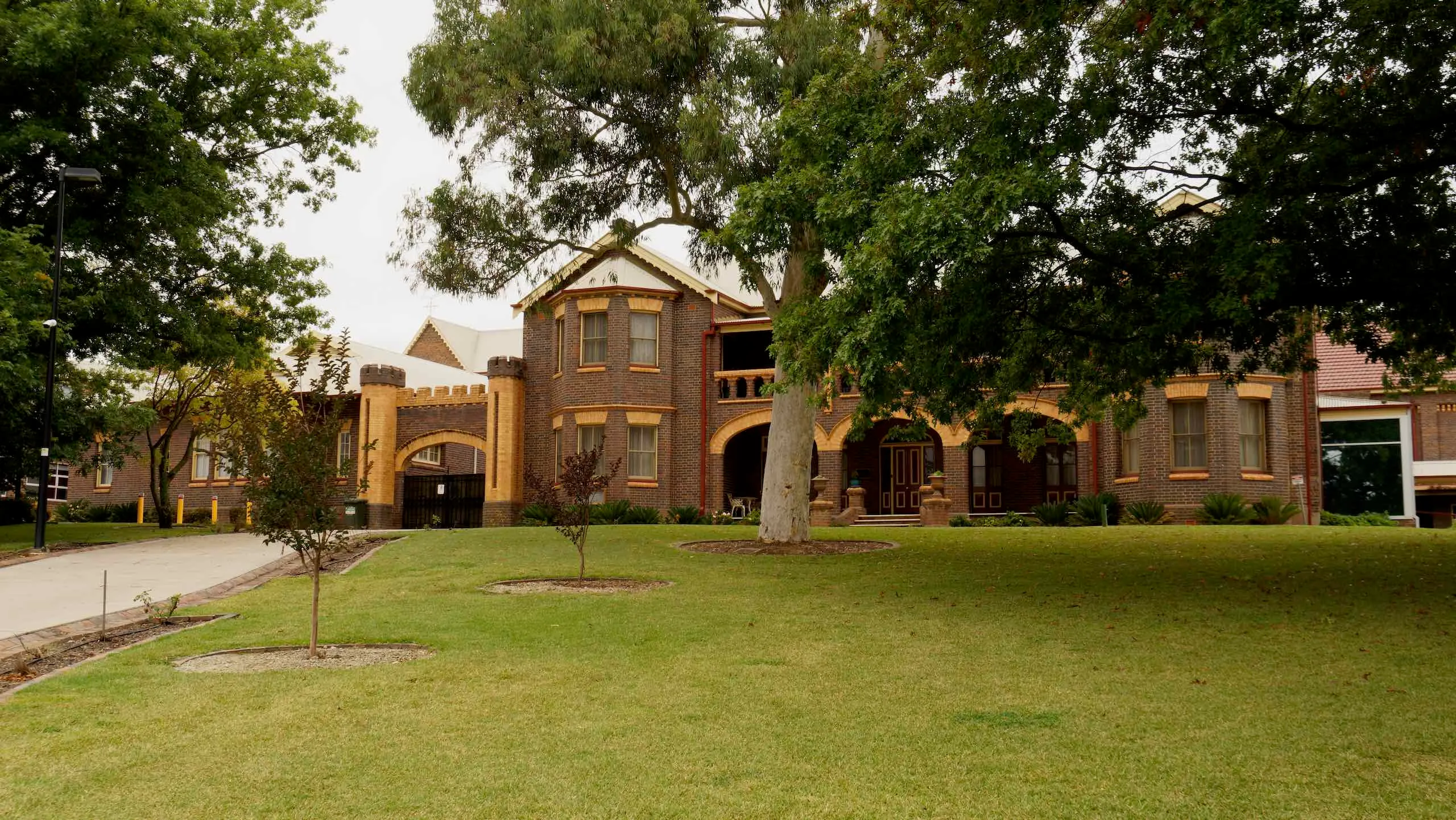
This impressive building was built for Armidale investor, Peter Speare, in 1877 and sold to the Ursuline Sisters in 1882. G.F.Nott extended the house during the period 1901 to 1902 and the front verandah and bay window areas were added in 1922. The large convent building facing Barney Street was constructed in 1889 and the chapel on the corner of Barney and Jessie Streets was completed in 1928.
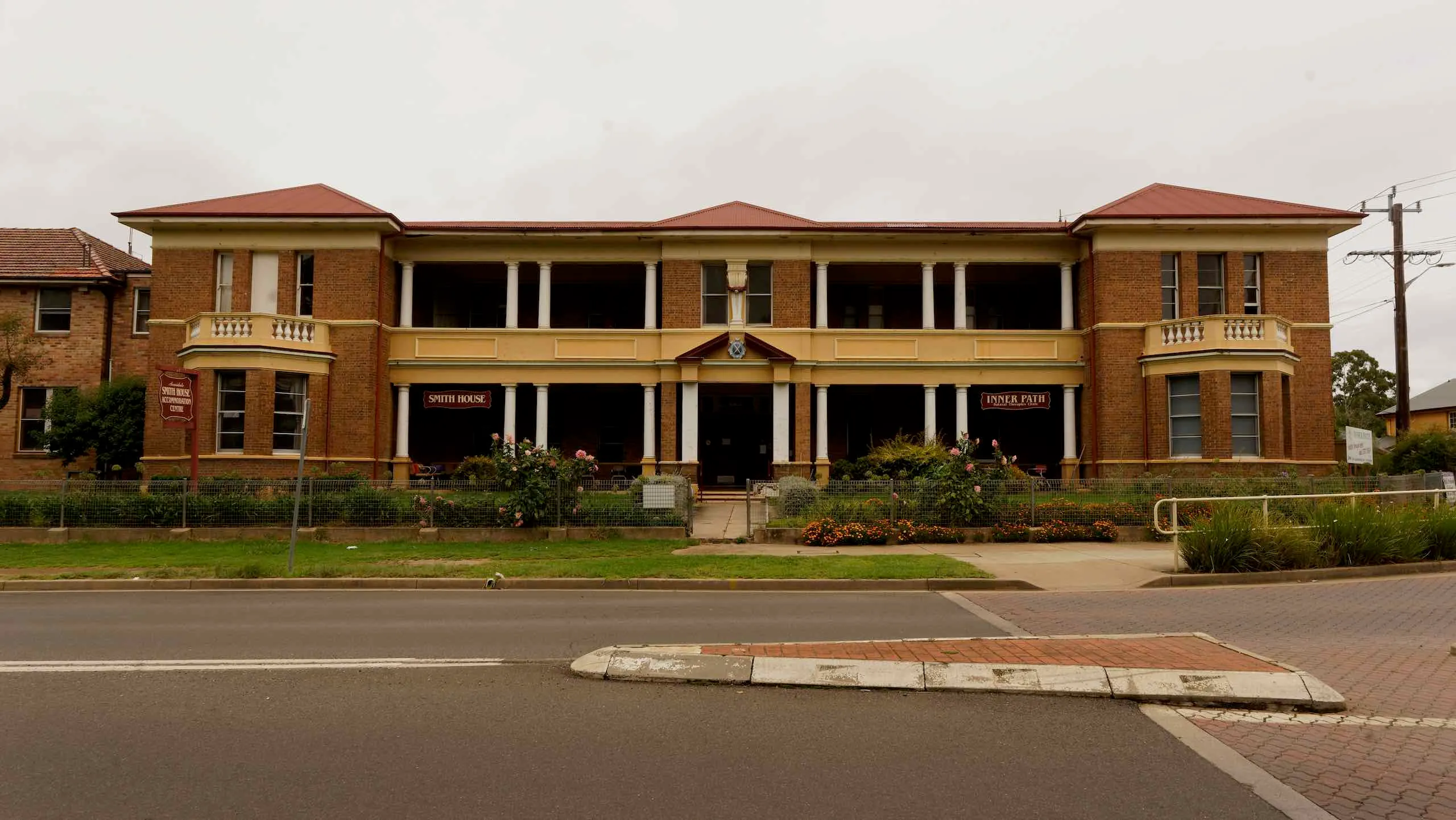
S.H. Smith House, or “The Girrawheen Boarding Establishment” as it was then known, was constructed in 1889 as a new school, New England Ladies College, which closed in 1904. In 1928 the house was purchased by the Armidale Teacher’s College and extensively remodelled. The building features Flemish bond brickwork and the broken pediment (a form of gable) overhead testifies to its Victorian origins. In 1960, “Southall”, a two-storeyed Victorian building constructed in 1886, was incorporated into Smith House with verandah extensions joining the two buildings. “Southall” features lace verandahs, chimney pots, cedar mantle- pieces, doors and staircase. Smith House is now privately owned and operating as long-term student accommodation.
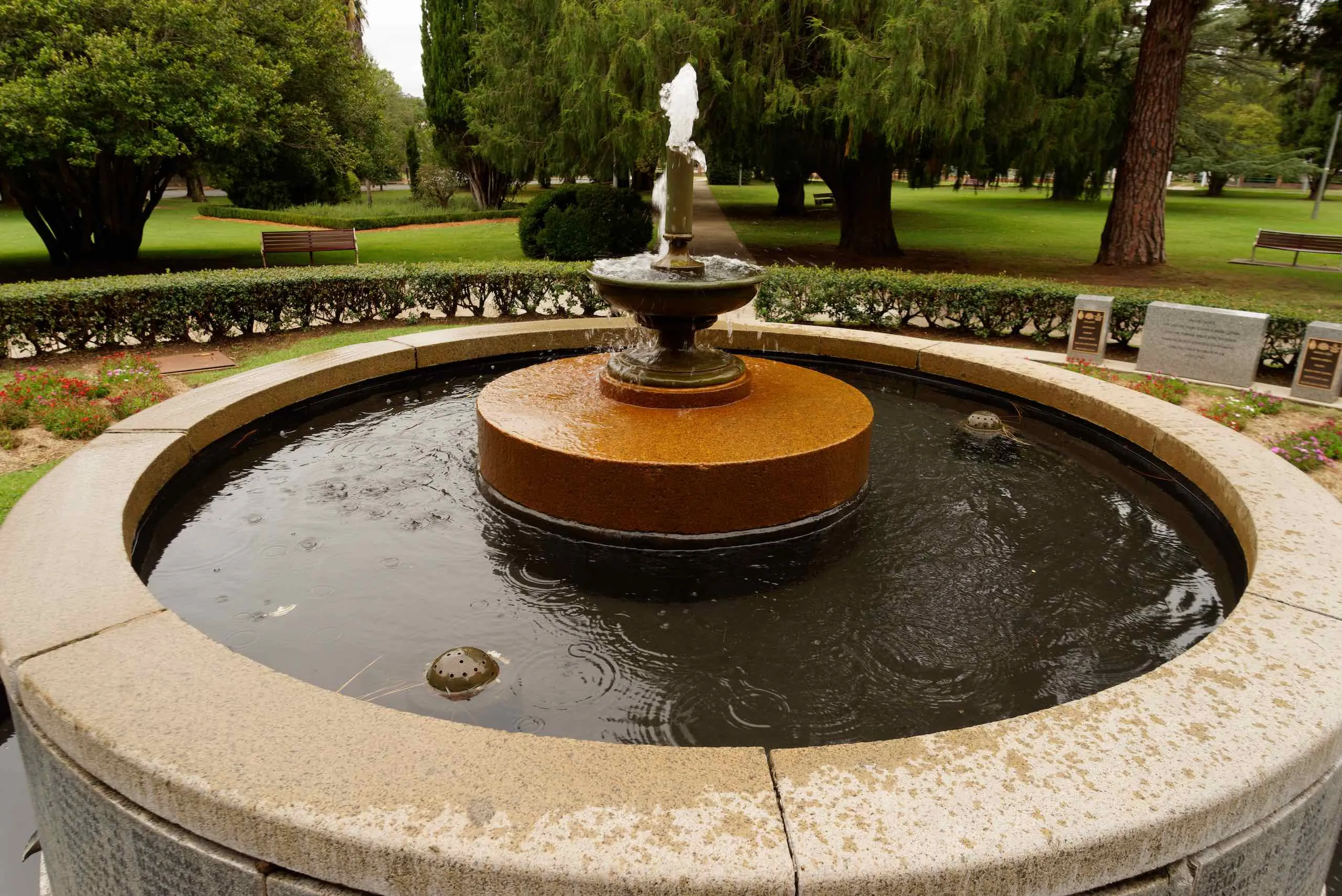
Central Park was dedicated as a reserve in February 1874 as a result of the work of Brother Francis Gatti who transformed the area into a popular recreational site close to the centre of town. The first memorial erected in the park commemorates the Irish born doctor, William Murray (1848-1897), who became Armidale’s Mayor in 1893. The band rotunda is a memorial to those Australians who served in the Boer War. It was unveiled on St Patrick’s Day, 17 March 1902. The memorial fountain is a monument to 762 people, including 11 local nurses who served in Belgium, Gallipoli, Egypt, Palestine, Mesopotamia, Rabaul and France during World War 1. The avenue of trees, planted in 1956 along Tingcombe Street, marks 100 years of government service in New South Wales. The HMAS Armidale memorial commemorates the sinking of the Corvette HMAS Armidale in the Timor Sea in 1942.
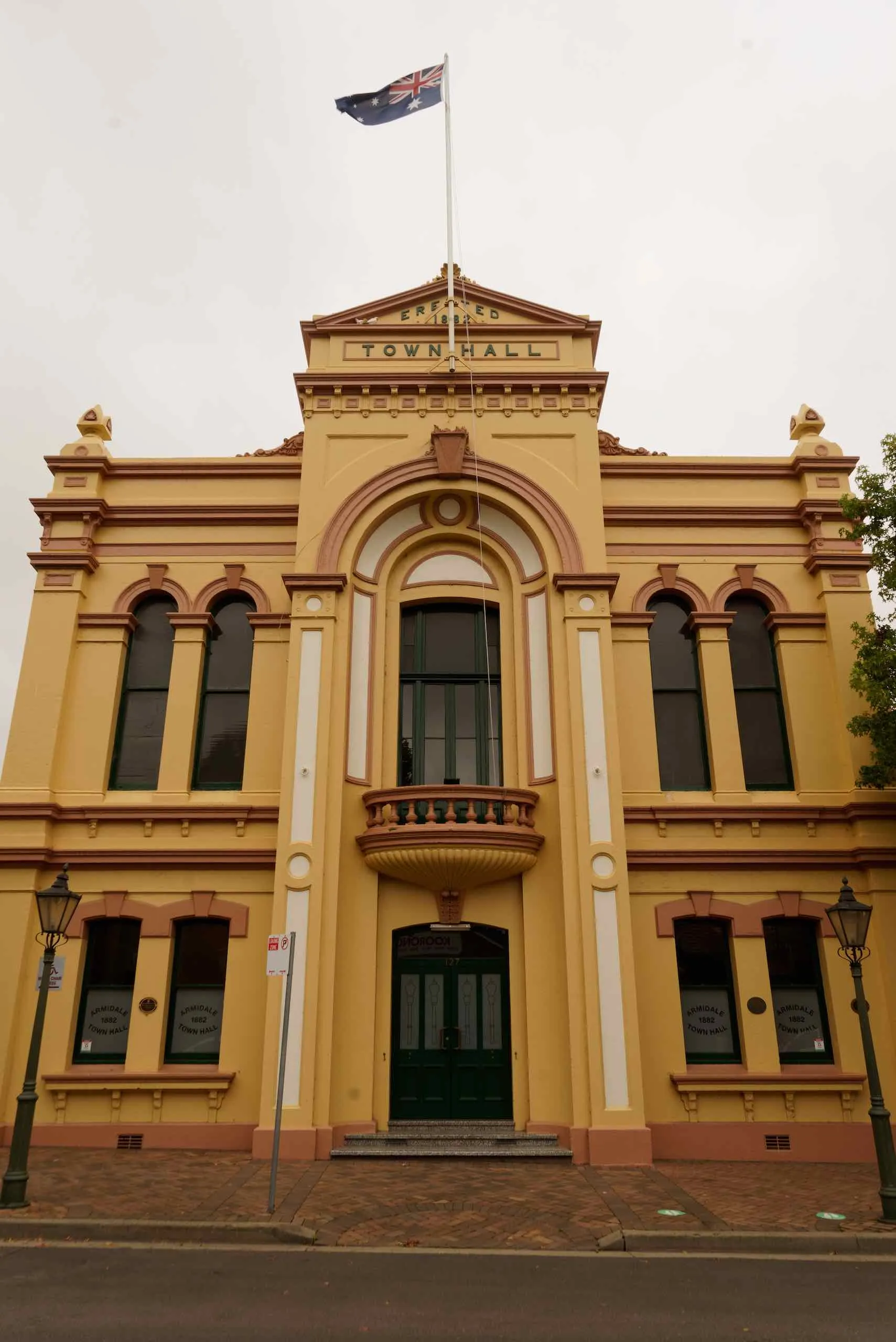
The Town Hall was completed in 1883 and was constructed in a style popular in provincial centres around the 1880s and 1890s. The building features High Victorian architecture with decorative scrolls, pilasters (rectangular columns), frieze work and a dominating pediment (a form of gable). In 1990, the Armidale City Council renovated the interior to an Art Deco style.
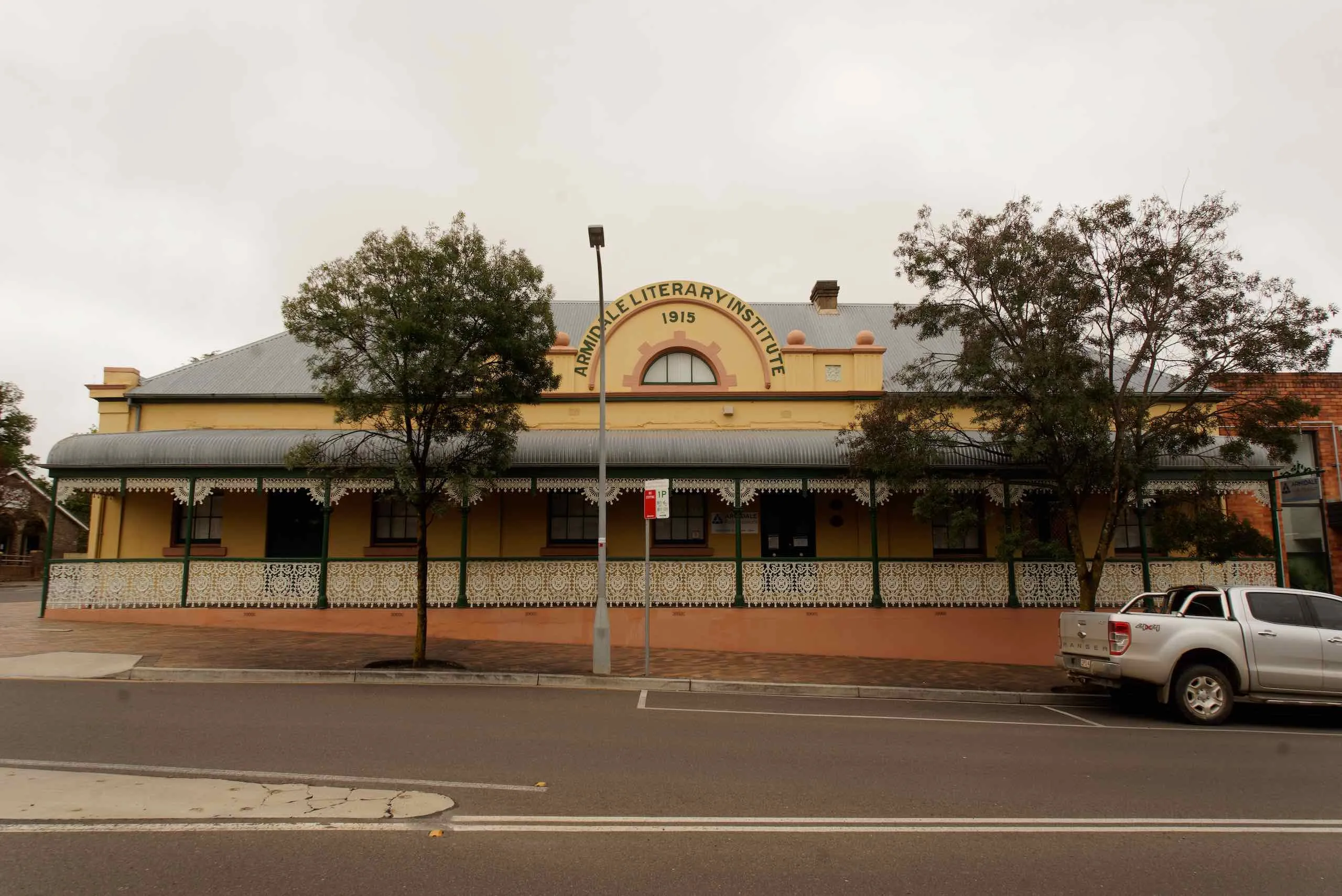
The Folk Museum, which was officially opened in November 1958, is housed in a stuccoed brick Victorian building with cast iron veranda. Originally constructed as a School of Arts and Mechanics Institute in 1863, the building has also been used as a literary institute and municipal library. Last modified in1915.
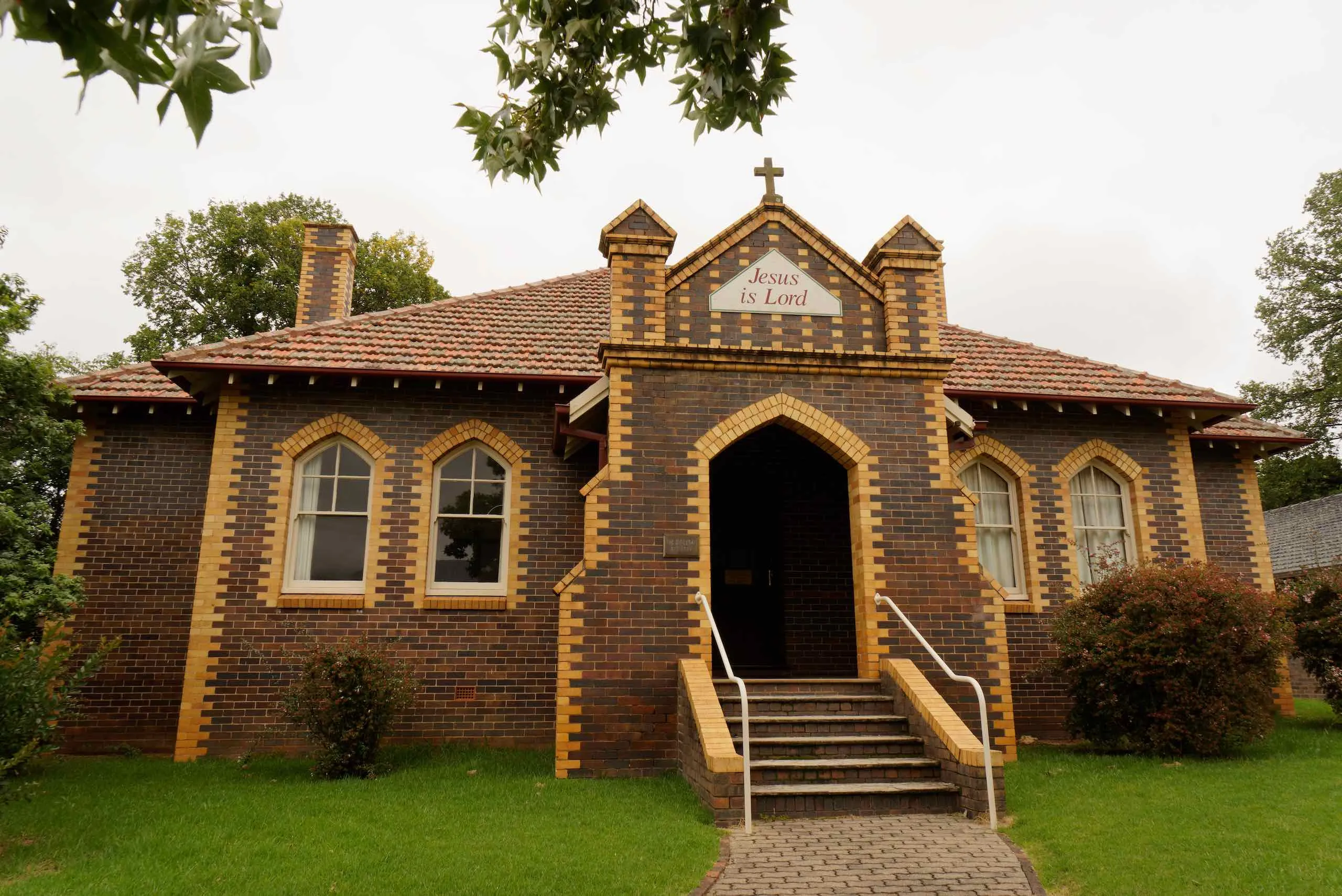
The Diocesan Registry was built in 1824. Its contrasting coloured brick is similar to that used in the Baptist Church on the corner of Rusden and Jessie Streets.
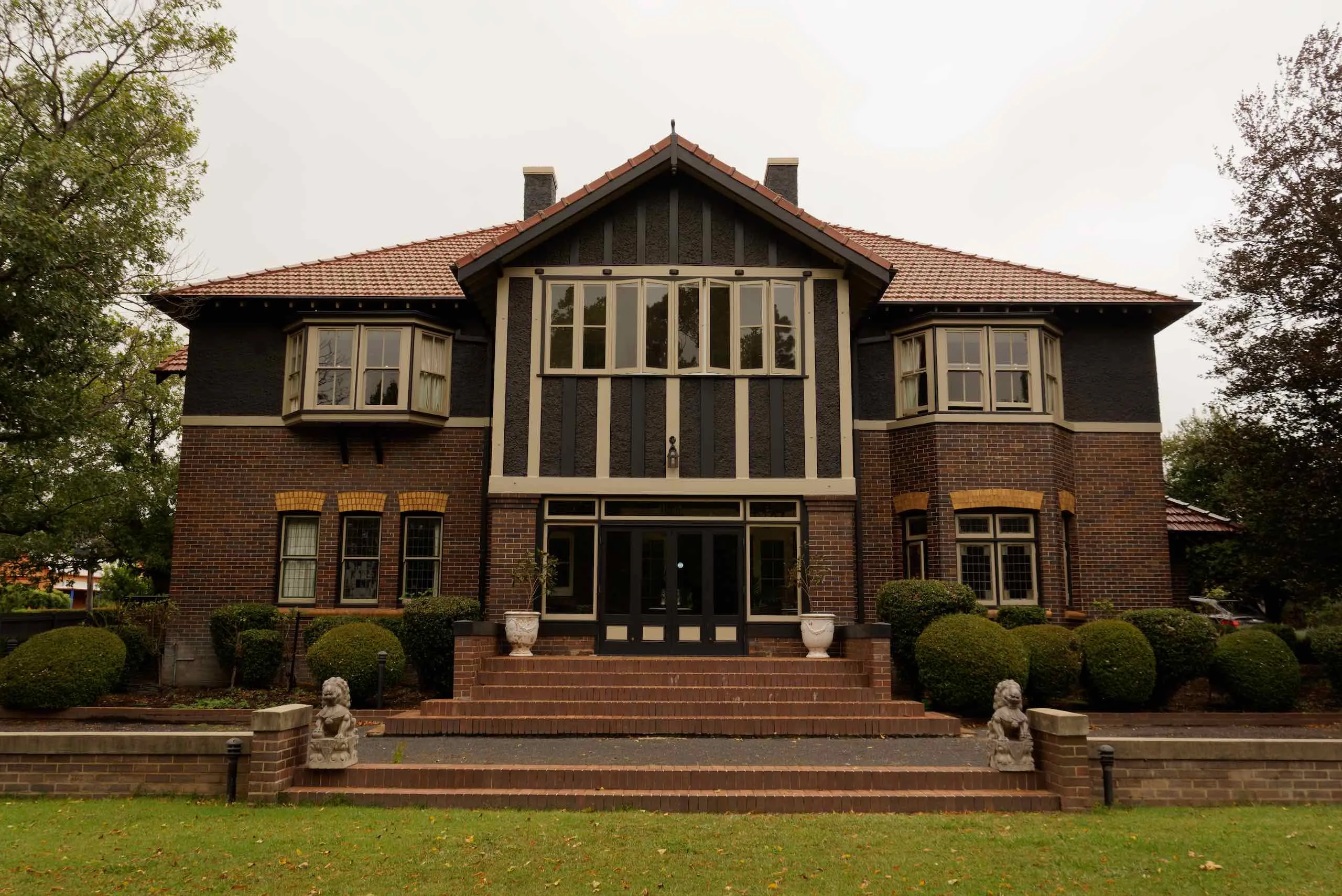
This brick house was constructed in the early 1920s for Dr Walter E. Harris. The main entrance door facing Barney Street features a leadlight design and bay window on either side. The top storey and chimneys were stuccoed in later alterations while the verandah, once semi-circular, was rebuilt in its present form. In 1972, the former Armidale College of Advanced Education purchased the building and named it “Lindsay House” in honour of the former Warden, Miss E. Dulce Lindsay.
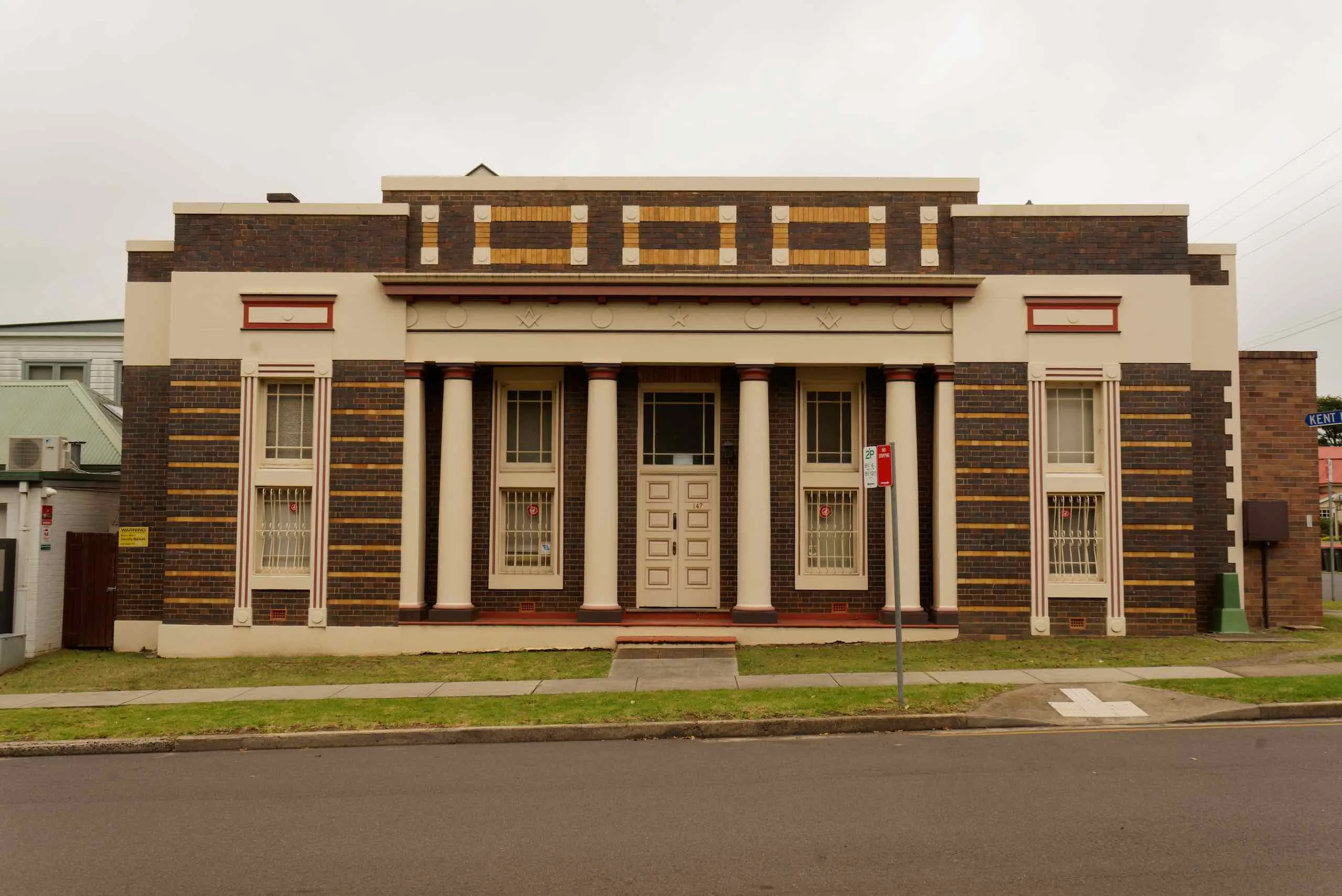
The Masonic Lodge in Armidale was formed and a hall constructed on this site in 1860. Armidale builder, George Frederick Nott, built the Masonic Temple in its severe classical style in 1924. The building features a distinctive leadlight gallery. The Armidale Masonic Lodge has since purchased land in north-east Armidale and constructed a new building and retirement village.
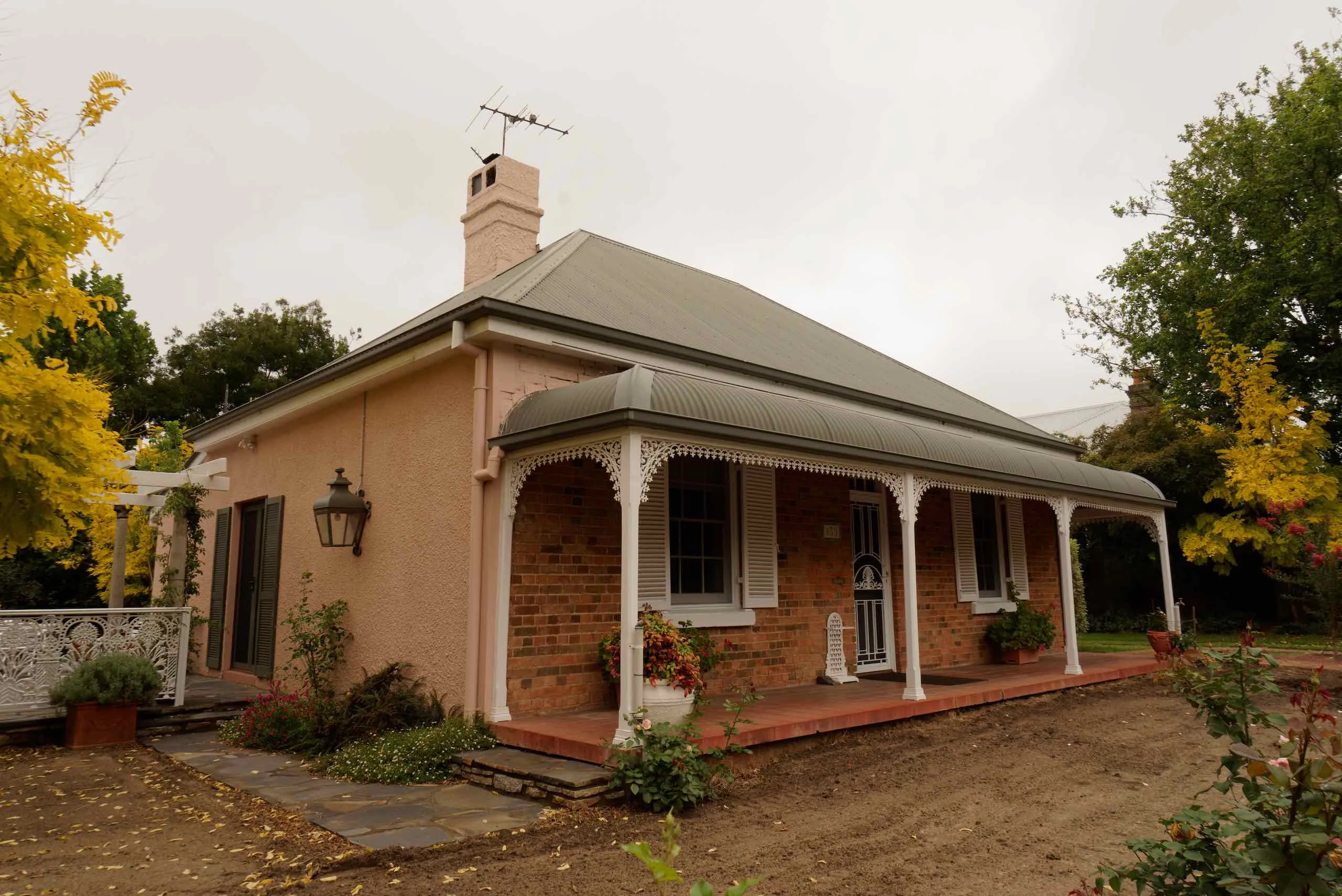
This cottage was built in 1863 by Armidale builder, Edward Grover. After ownership by various businessmen, Henry Solomon, who established a photographic studio in the city on 26 July 1880, purchased the cottage in the 1880s. The cottage has remained in the hands of the Solomon family since that date. The Georgian style cottage has been constructed in English bond brickwork and features a bull-nose front verandah. The original cedar doors and windows have since been replaced.
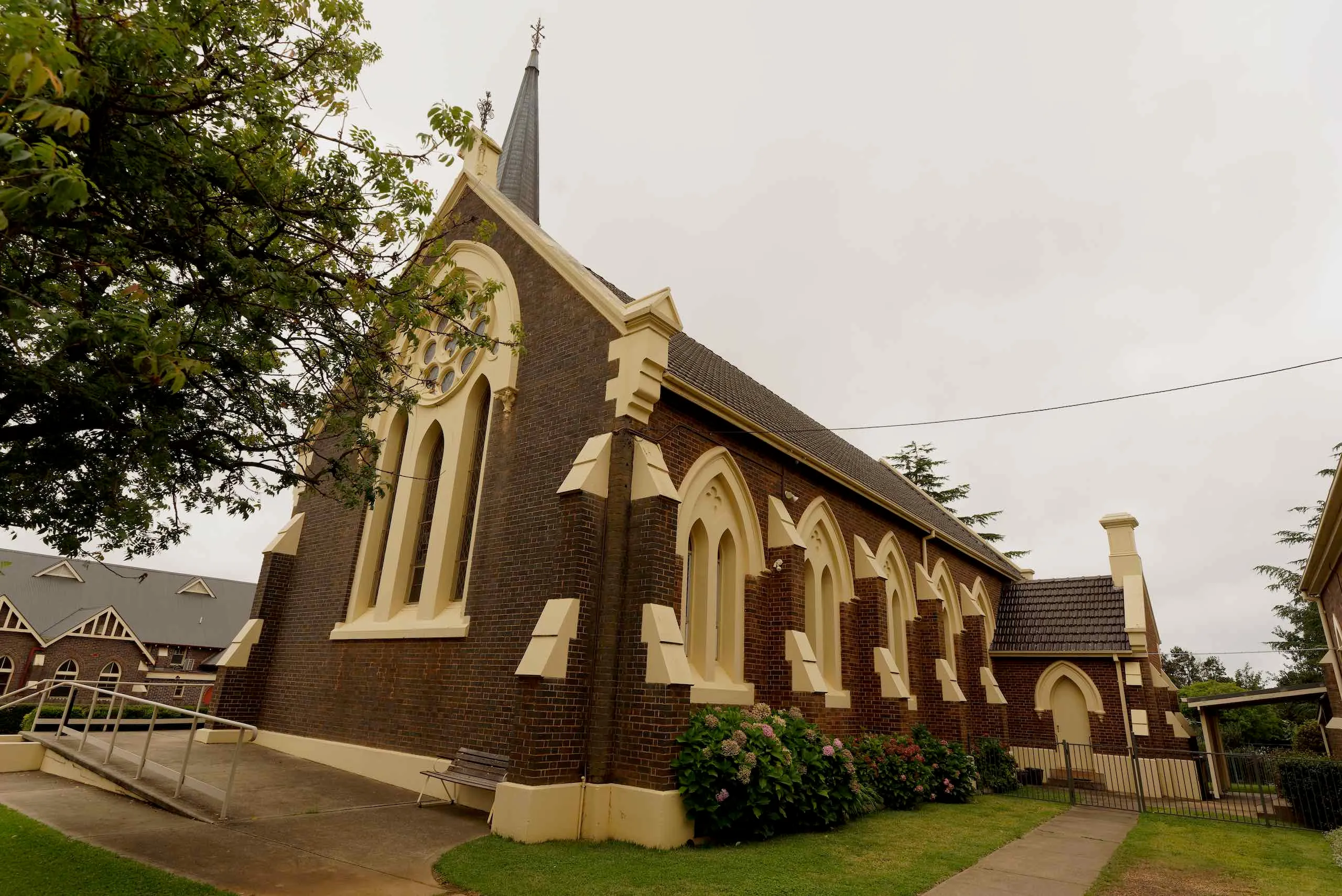
The Presbyterian Church foundation stone was laid on 11 February 1881. In common with many buildings of this period, the foundation stone was laid over copies of contemporary newspapers, coins and a detailed document of the proceedings. With its tall steeple, wrought iron decorations, lancet windows and rose window, the building is a typical example of a Gothic revival church. The first services commenced at St Paul’s on 30 April 1882.
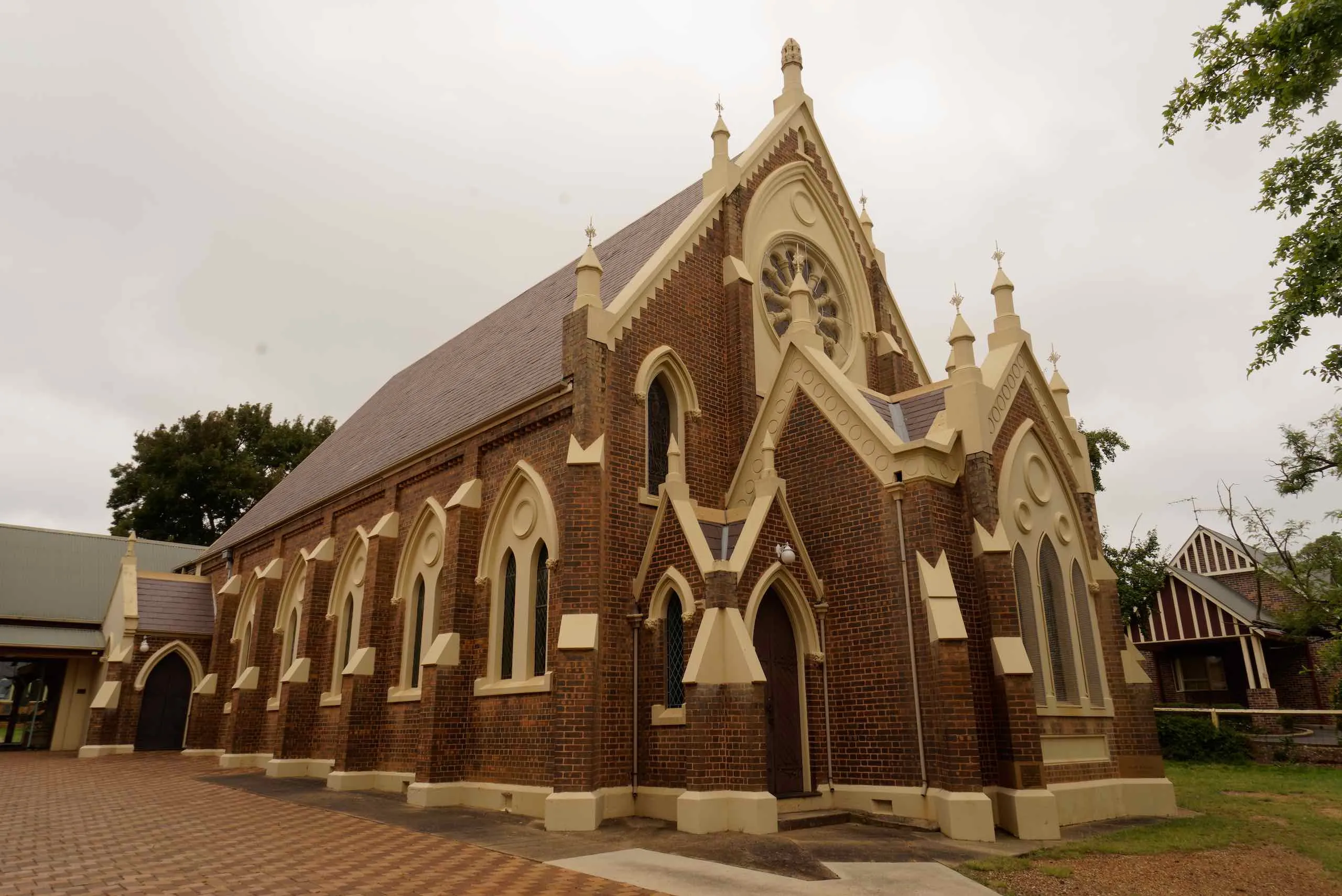
The first Wesleyan Church in Armidale was opened on 10 July 1864 under the instruction of Rev. Richard Watson Orton. The Uniting Church now uses this building as a community hall. Its cedar fittings and coloured glass inlays have been retained. The present church was opened on 10 July 1893. Notice the ornamental circular window above the front gable and the two Gothic stained glass panels on either side. Visitors are welcome to inspect a Willis Pipe Organ that was manufactured in 1879 and is still in use today.
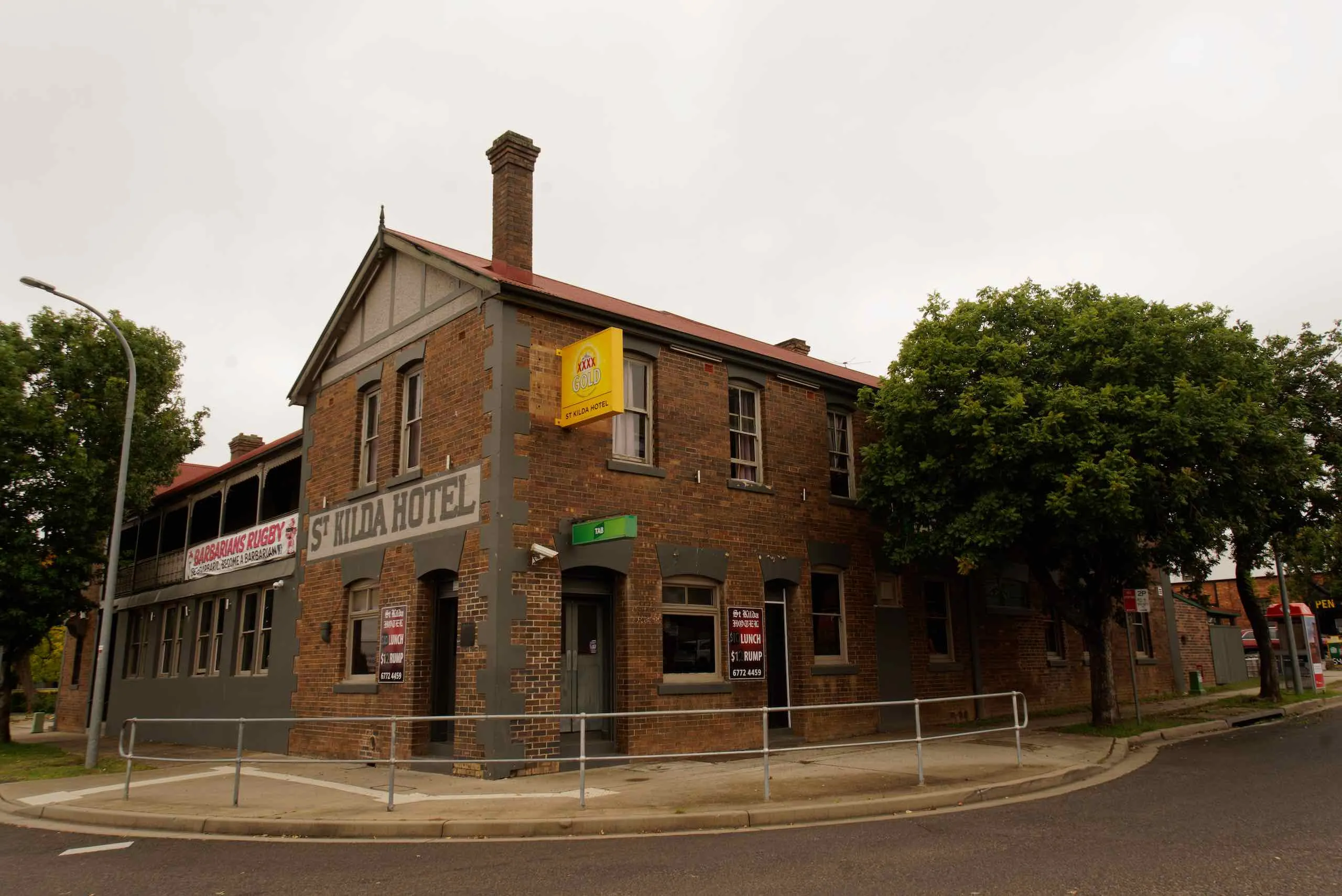
October 2011 marked the 150th anniversary of the St Kilda Hotel. Called the Freemasons Hotel when its foundation stone was laid, the two storey building at the corner of Rusden and Marsh Streets opened circa June 1863. In July 1870, its name was changed to the St Kilda Hotel. By July 1875, the Hotel was taken over by Benjamin Kendall for use as the Armidale Grammar School. The school closed at the end of 1877 and again became the St Kilda Hotel. After serving as a boarding house for more than a decade, the building had major renovations in 1912 and 1913 and re-opened as a hotel.
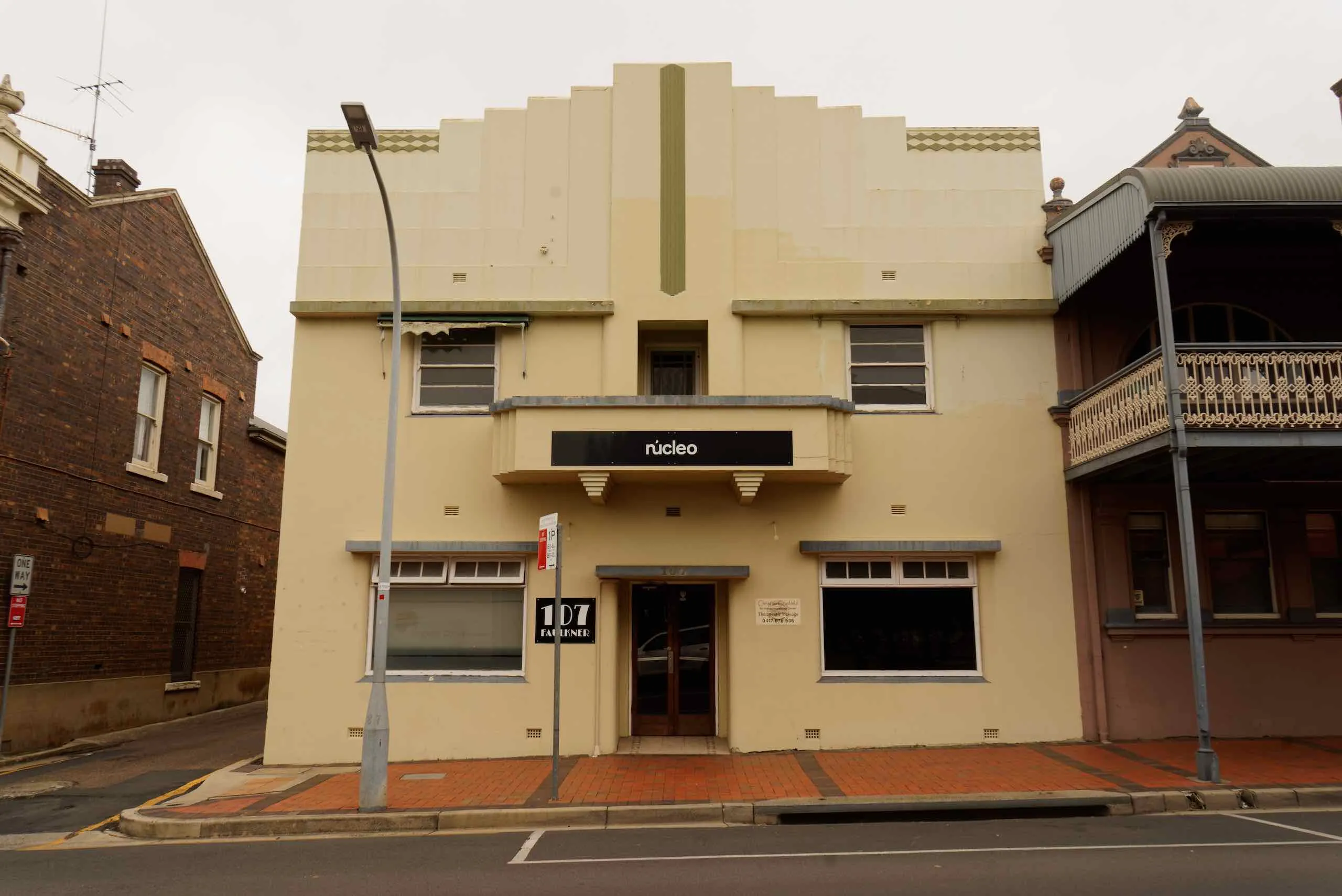
The Armidale Express printed its first edition of the newspaper on 5 April 1856 and has continued to serve the New England district with local news since that date. The newspaper is Australia’s oldest country newspaper.
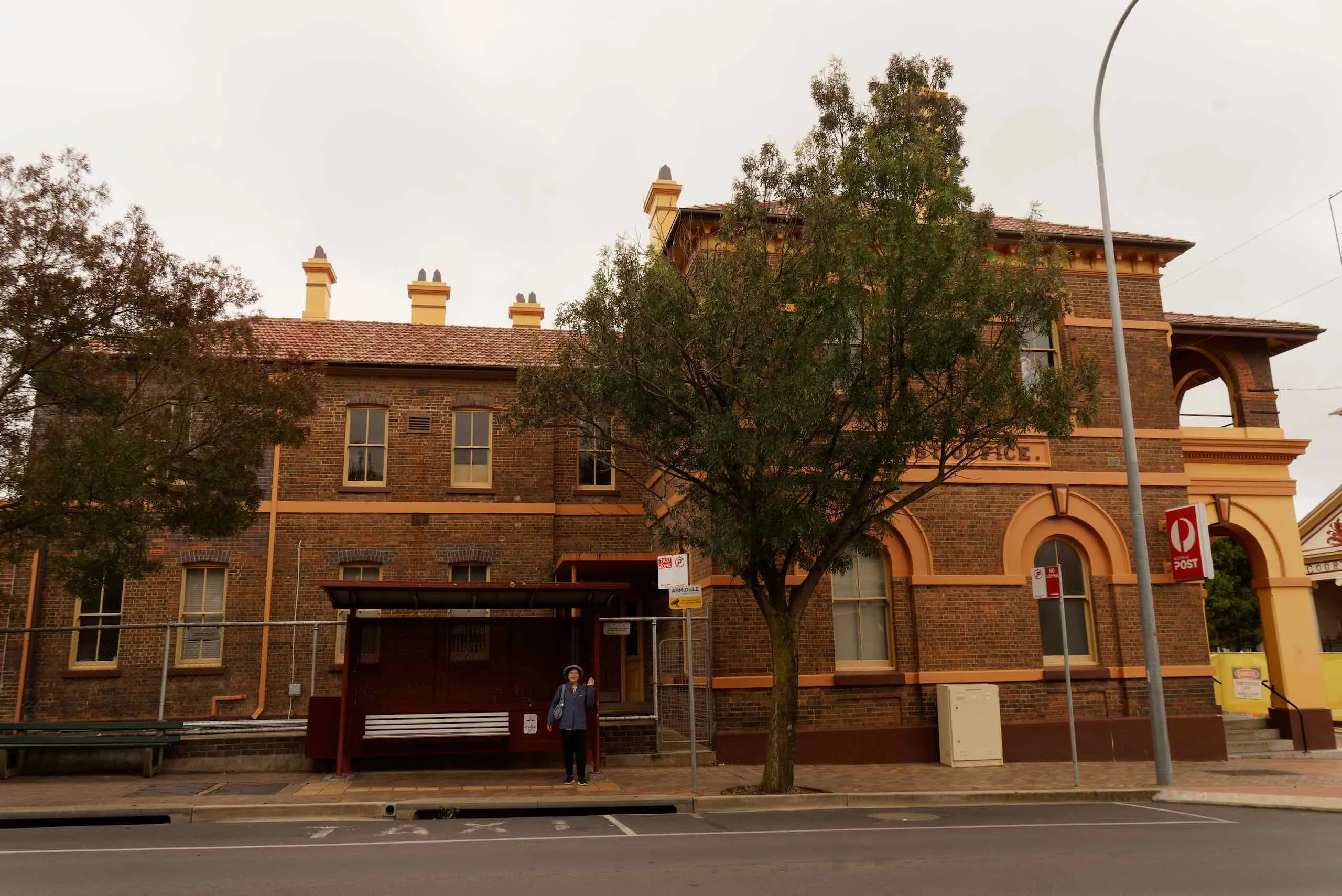
With its solid English bond brick walls and elegant veranda, the 1887 Lands Office complements both the post office and the Imperial Hotel. The building originally had a slate roof and chimneys with slate chimney pots. The same architect who supervised the building of the Post Office designed the building.
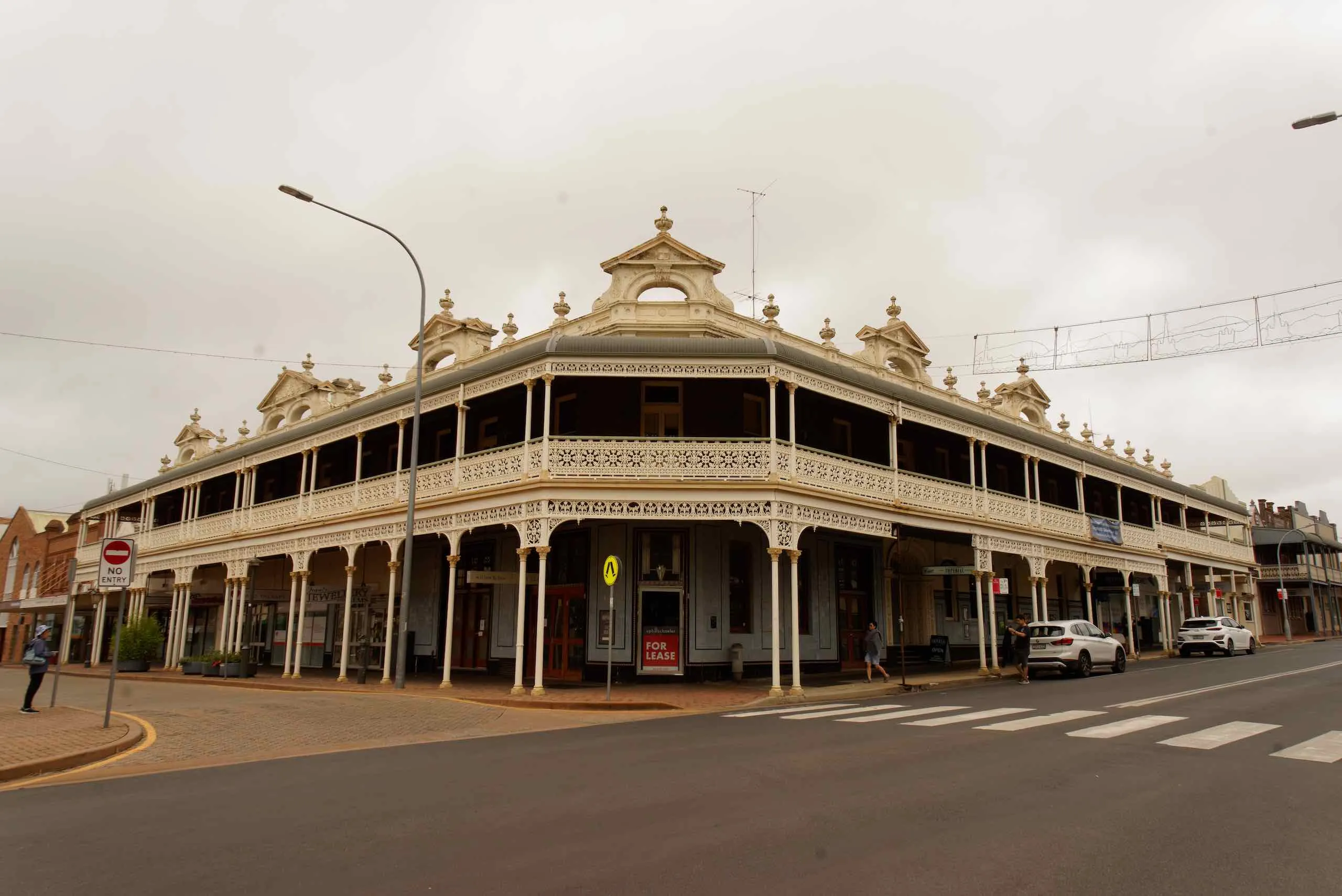
The first hotel in Armidale was opened in 1843 and by 1850 seven hotels served a population of less than 900. The Imperial was established in 1890. The then publican, John Kickham, provided transport between the railway station and the hotel in the form of horse-drawn coaches – a practice that no doubt gained him many customers. Interesting external features include cast iron frieze-work on the verandahs, bull-nosed awnings, and parapets decorated with triangular pediments and Grecian urns.
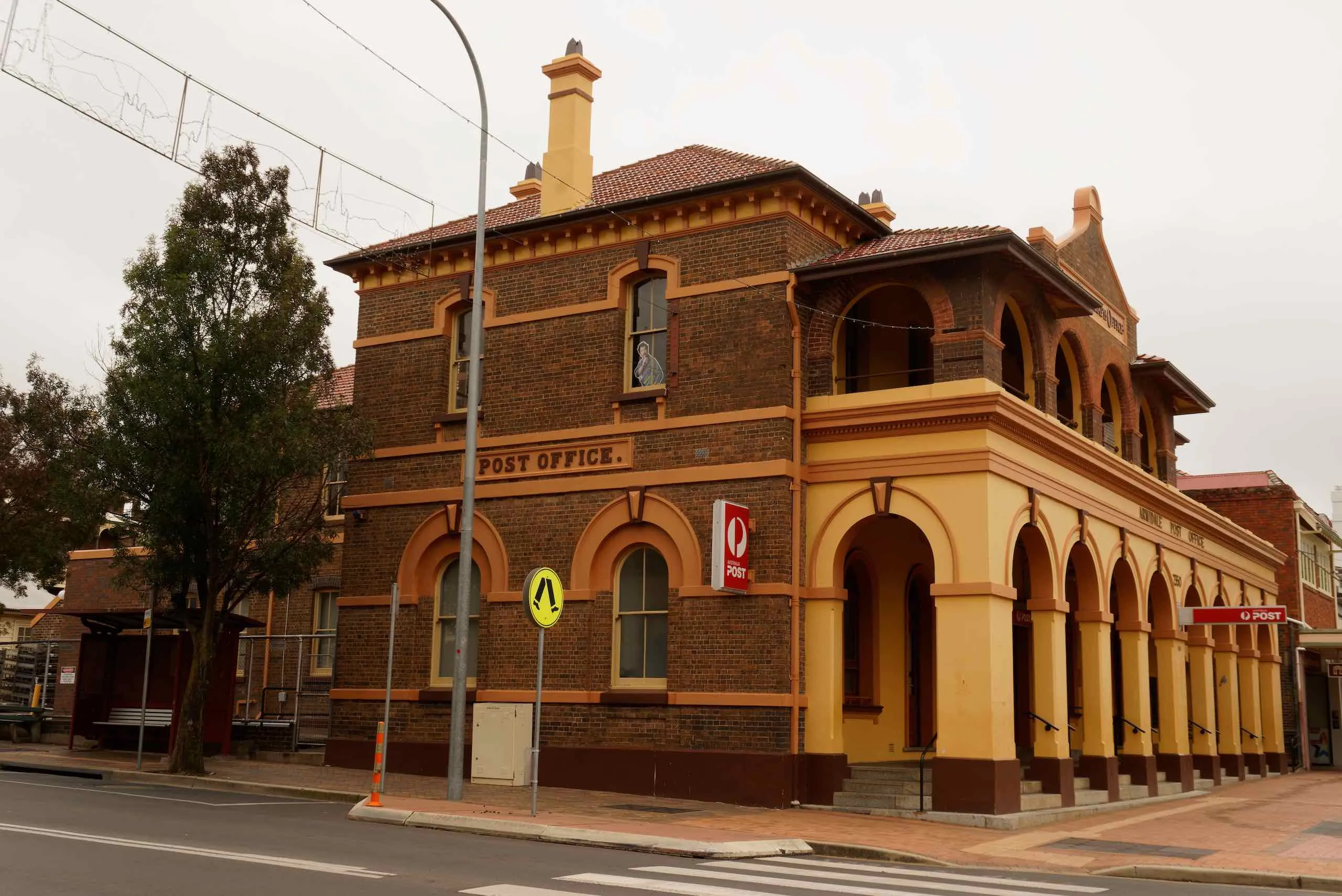
The Armidale Post Office has stood on this site since 1880. Prior to this date it is thought that postal transactions were carried out in the postmaster’s private residences. For twenty years the various postmasters of the time received a commission and a small allowance for their duties. The appearance of the building, which is similar in style to many of the surrounding buildings, helps to create a superbly scaled streetscape. The balcony and arched verandah were added in 1897 with further alterations being made over many years.

The Mall was opened in 1973 and includes gardens, trees, seats and playground equipment. Armidale City Council refurbished the Mall in 1988. Many heritage buildings are situated in the mall.
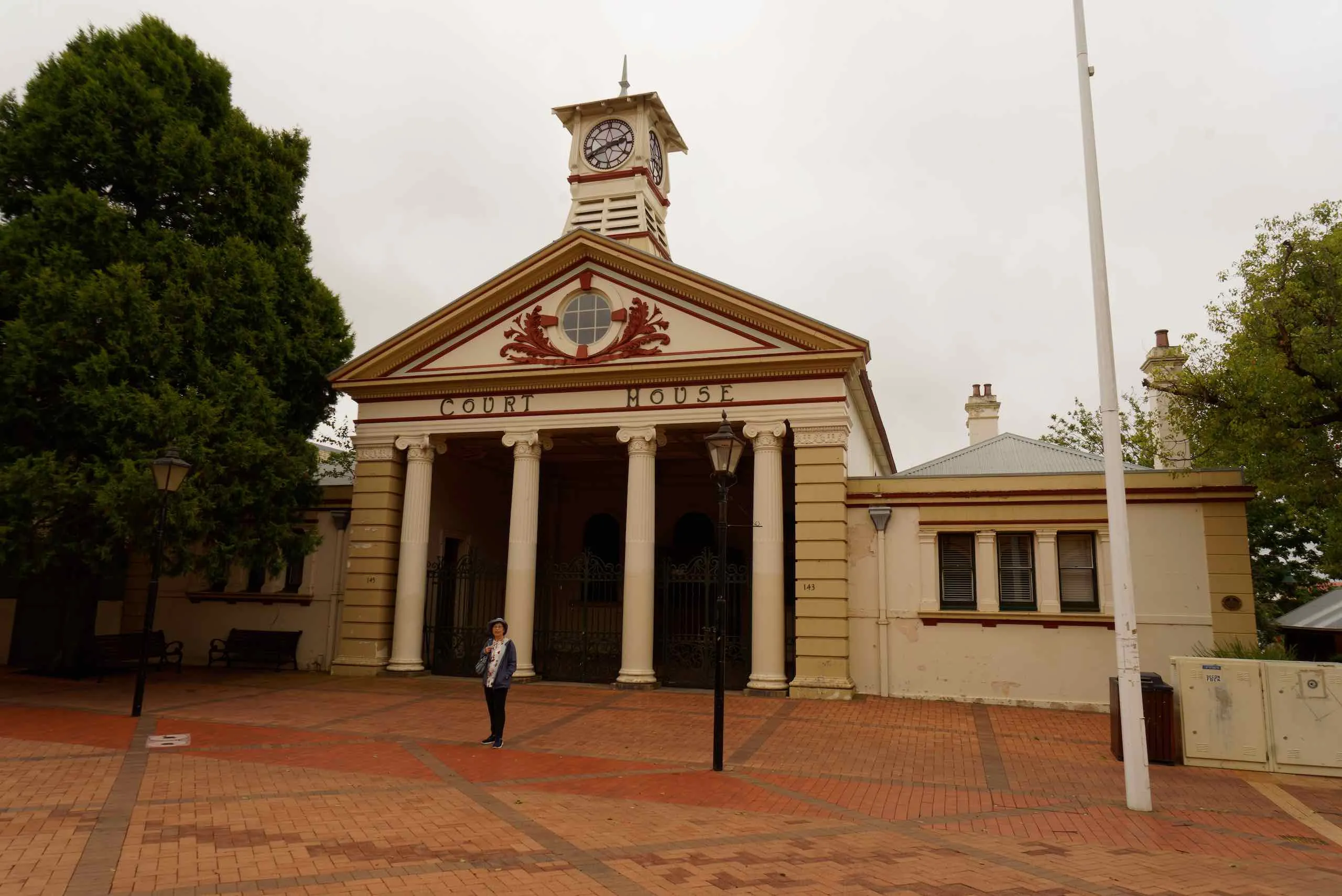
The Court House was constructed during the period 1859 to 1860 and originally faced north, overlooking Market Square and the lockup was originally next door to the post office. Later, in 1870, the building was extensively renovated and its orientation reversed so that it looked south overlooking Beardy Street, with the new lockup (now the Sheriff’s Cottage) at the rear of the court house. During these renovations Sydney Blythe (1829-1888), the Clerk of Petty Sessions left a message under the building. Part of the message read “My friends, whoever you may be who find this, rest assured that the world has wagged before your time as it will after your time, and that nothing is certain but death and taxes. For and on behalf of my numerous creditors. Sydney Blythe”. His message lay hidden in a cognac bottle under the floorboards of the Court House until further renovations were carried out in January 1971. The Court House features a triangular pediment, half fluted entrance columns with wrought iron gates, a cobbled vestibule, and cedar furniture and joinery. The clock tower was added to the building in 1878.
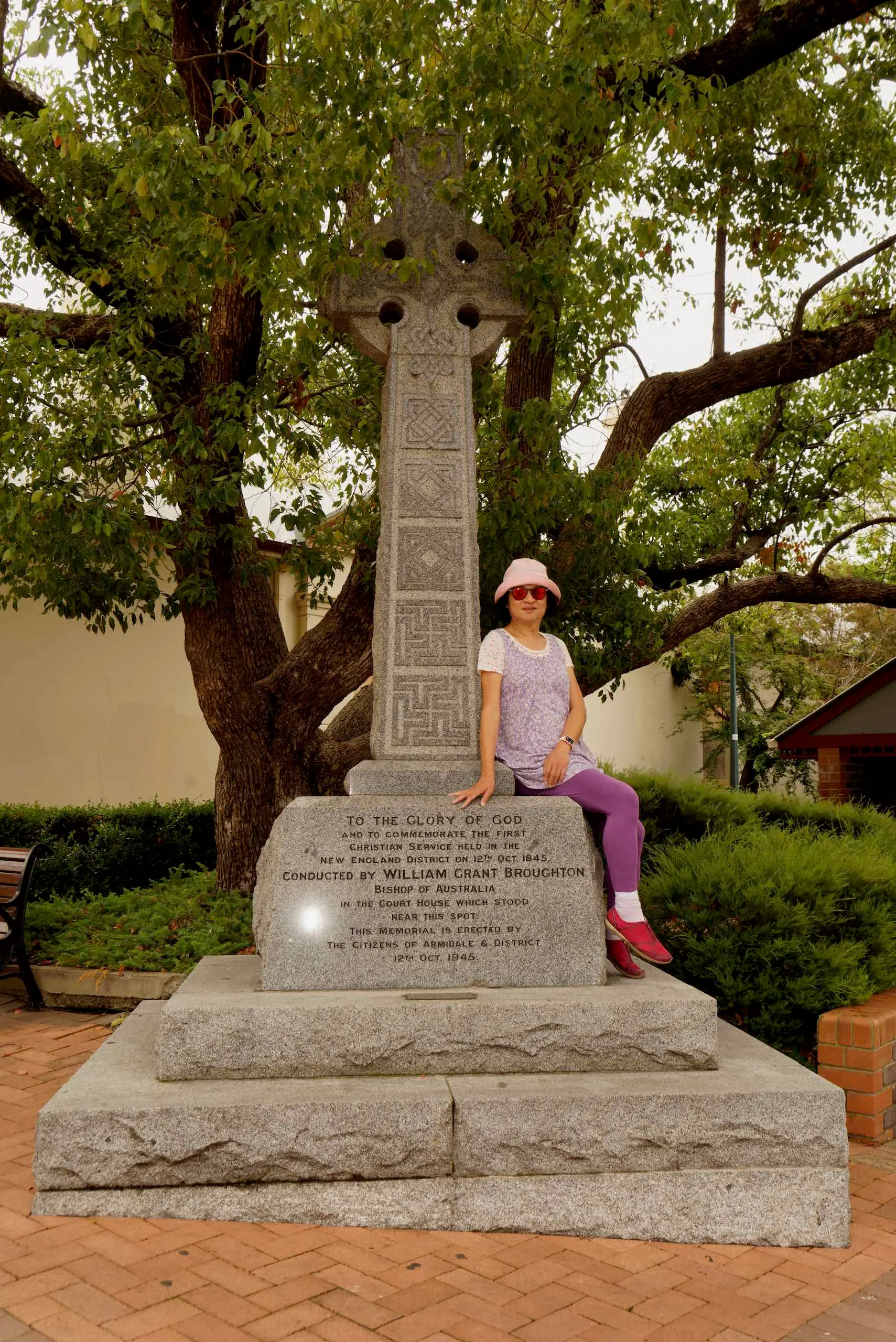
The Celtic Cross was erected to commemorate the first Christian Church Service held in Armidale on 12 October 1845. The granite came from a dry creek bed on the western side of Mount Hutton near Uralla. As New England did not have machinery large enough to cut the huge piece of granite, it was sent, by train, to F.J. Arnold’s granite and sandstone quarry at Paddington in Sydney to be cut and polished.
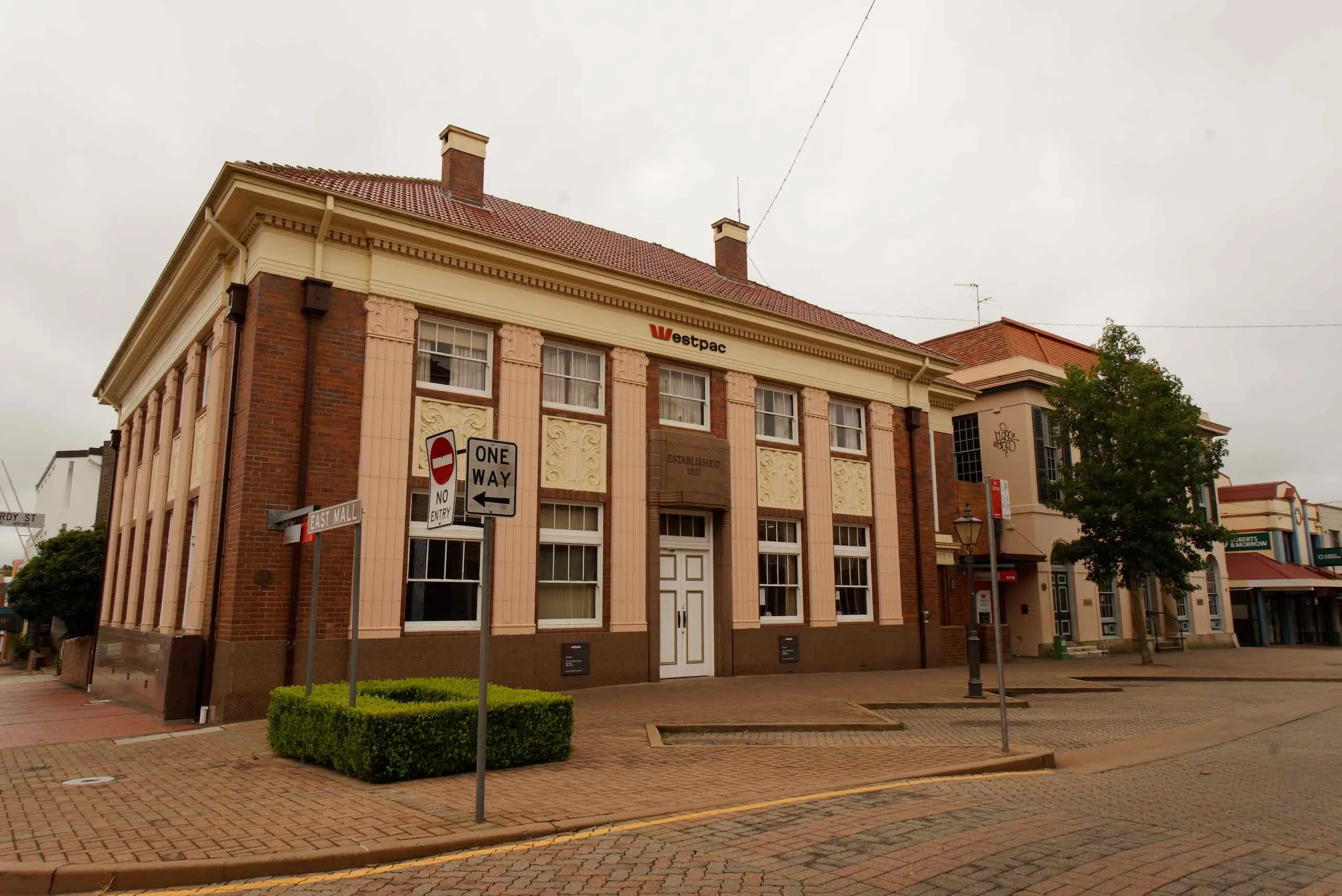
The Westpac Bank building (formerly the Bank of New South Wales) was designed by Gordon W. Lee in Georgian revival style, with metal framed windows, tiled roof, and panelled timber doors. The date of 1817, which appears on the parapet, relates to the foundation of the Bank of New South Wales. The building itself was constructed in 1938. Court House 1898 Imperial Hotel circa 1910
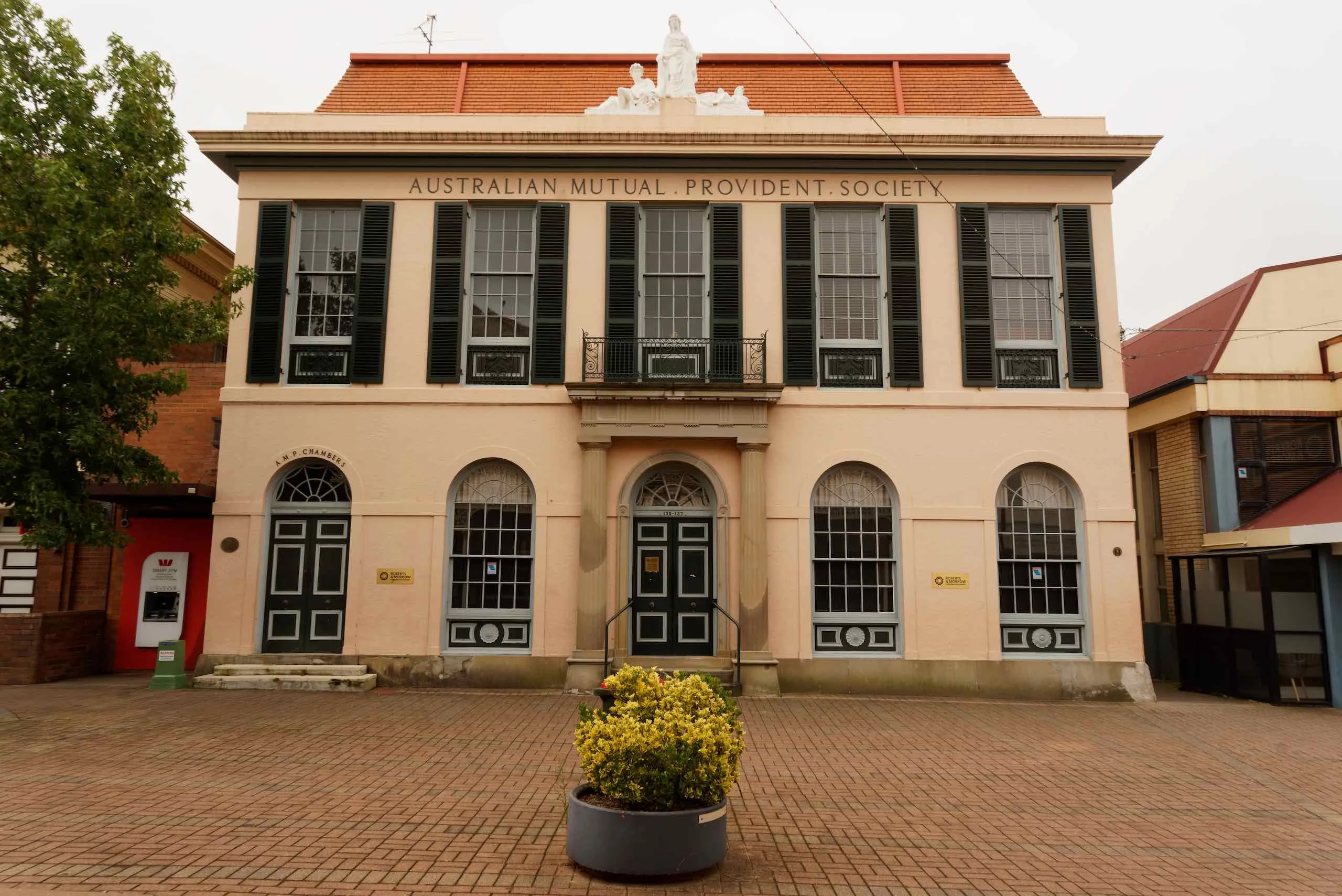
The AMP Society building, built in 1929, features a Georgian revival stuccoed brick facade. The elegance of this building is reflected in its sandstone entrance, timber shutters, timber-framed windows, sculptured figurines and terracotta roof. The AMP motto appearing in Latin under the figurines means “a certain friend in uncertain times.”
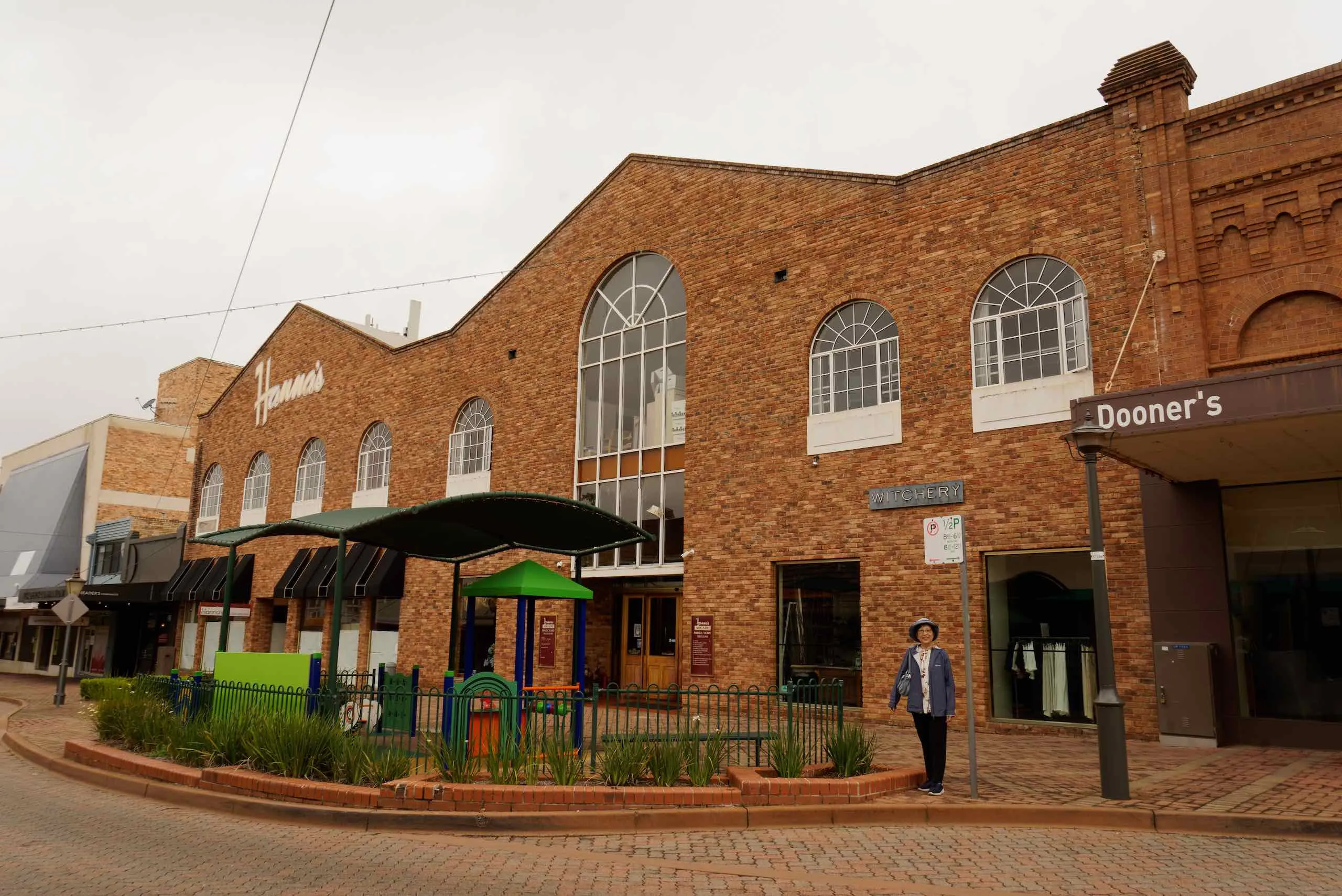
Hanna’s was established in 1921 and is one of the longest running family businesses in Armidale. In the arcade there is a large stained-glass window depicting life in the area: rural industry, education and cathedrals.
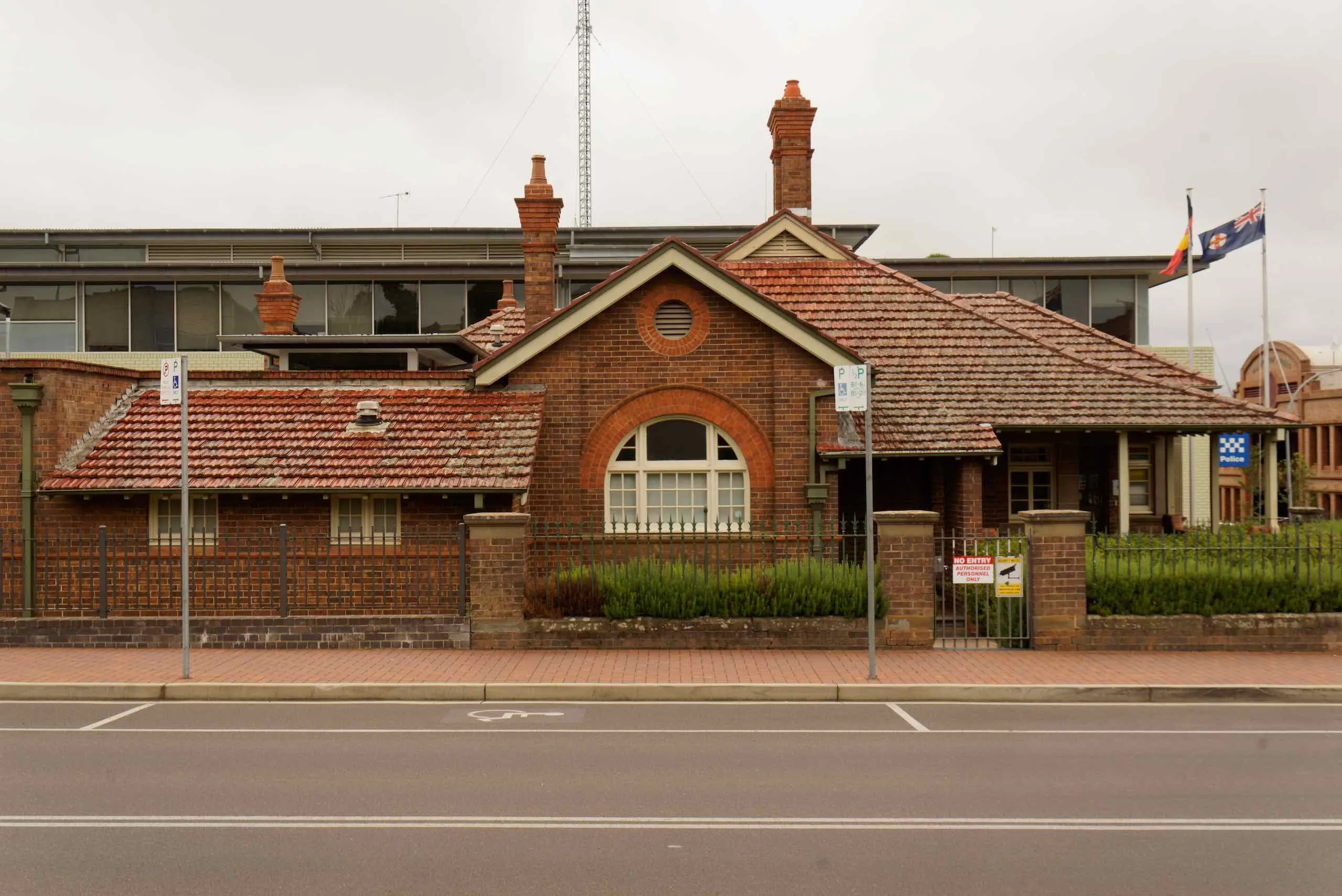
This structure was established as an archaeological interpretive project to preserve the remains of what used to be a house and mill dating back to the 1850s, originally owned by Mr McLean a local businessman and onetime mayor and coroner of Armidale.
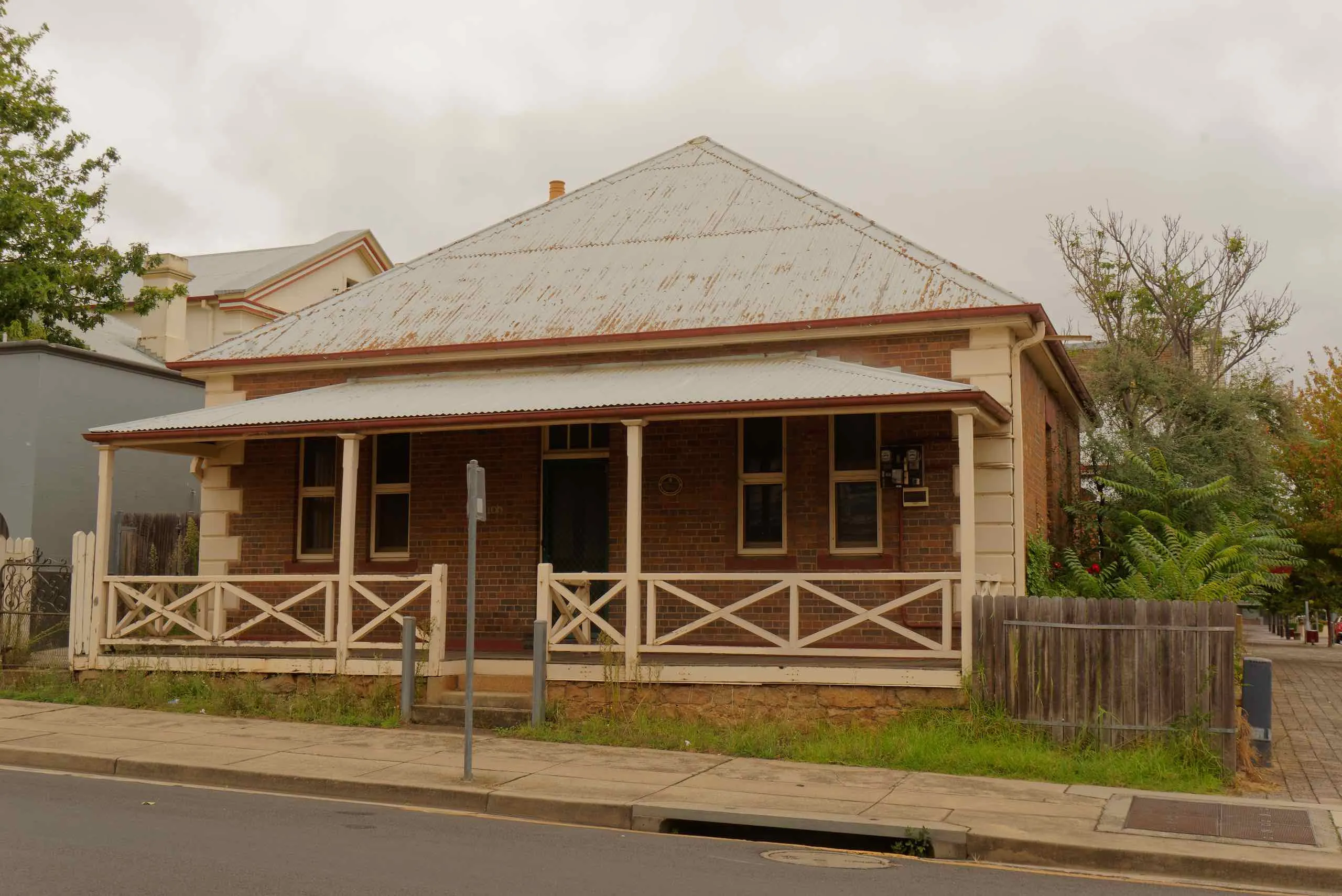
Situated at the rear of the original Armidale Court House. The building was originally a “lockup” and two of the cell windows faced Moore Street, but have since been bricked in. On the opposite corner is the Armidale Police Station and current “lockup”.
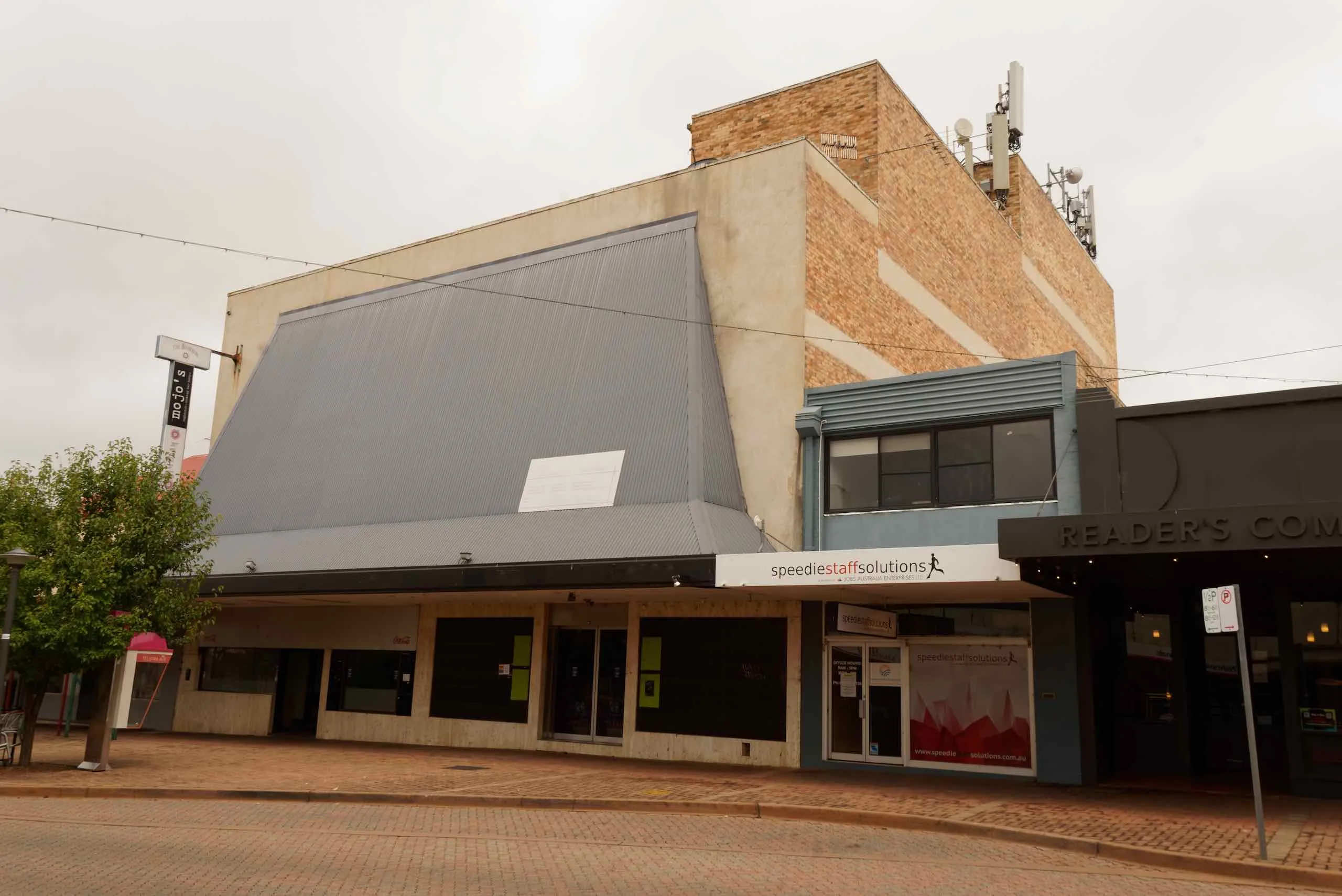
Constructed approximately 1879, the building still has a slate roof and hoist over the main door to serve the loft.
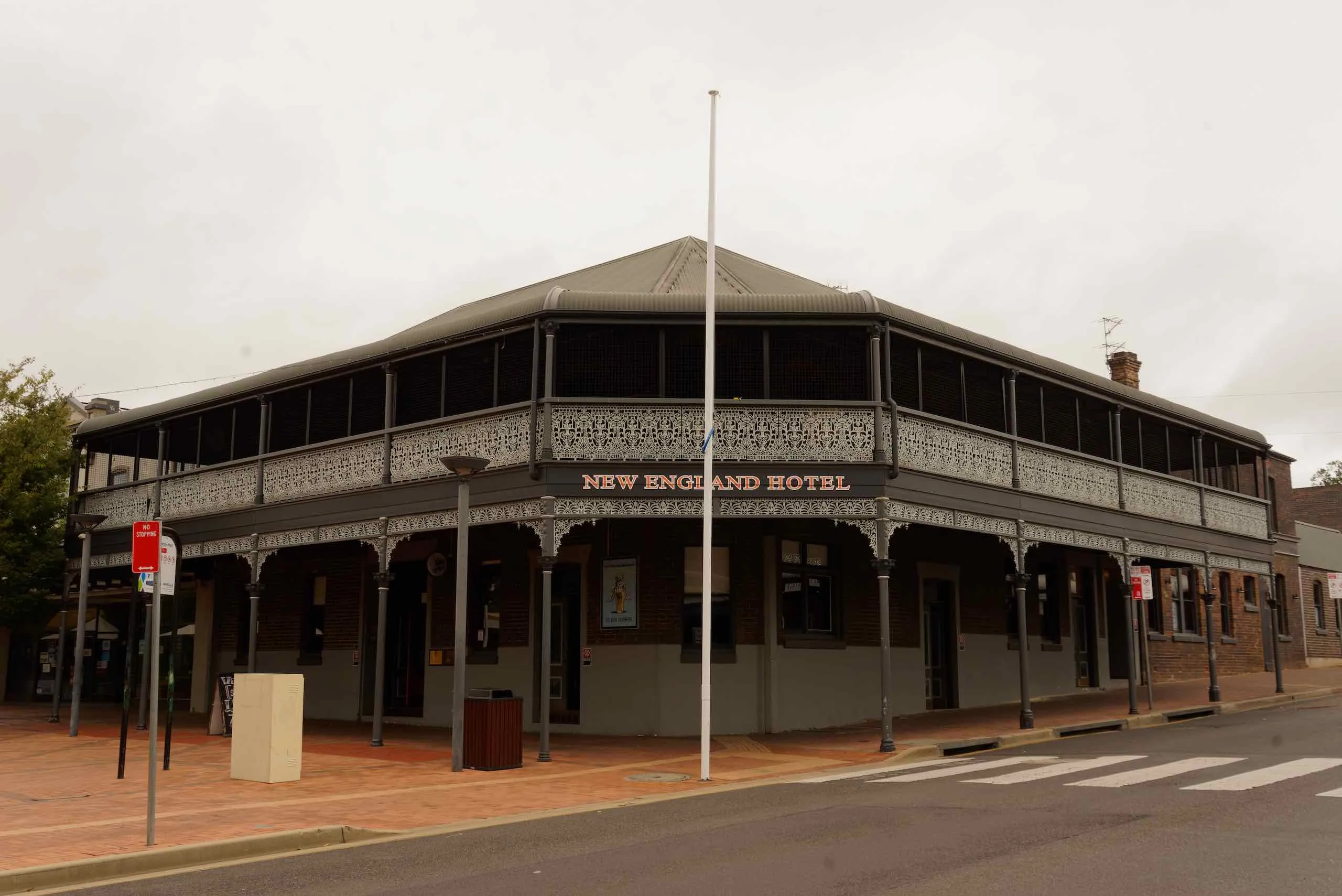
One hundred years ago the traveller to Armidale had a choice of 21 hotels, today there are nine. First opened in 1857, the New England Hotel is one of Armidale’s oldest business establishments. The original building stood for 40 years until rebuilt on the same site in 1897 by a local builder, George F. Nott.
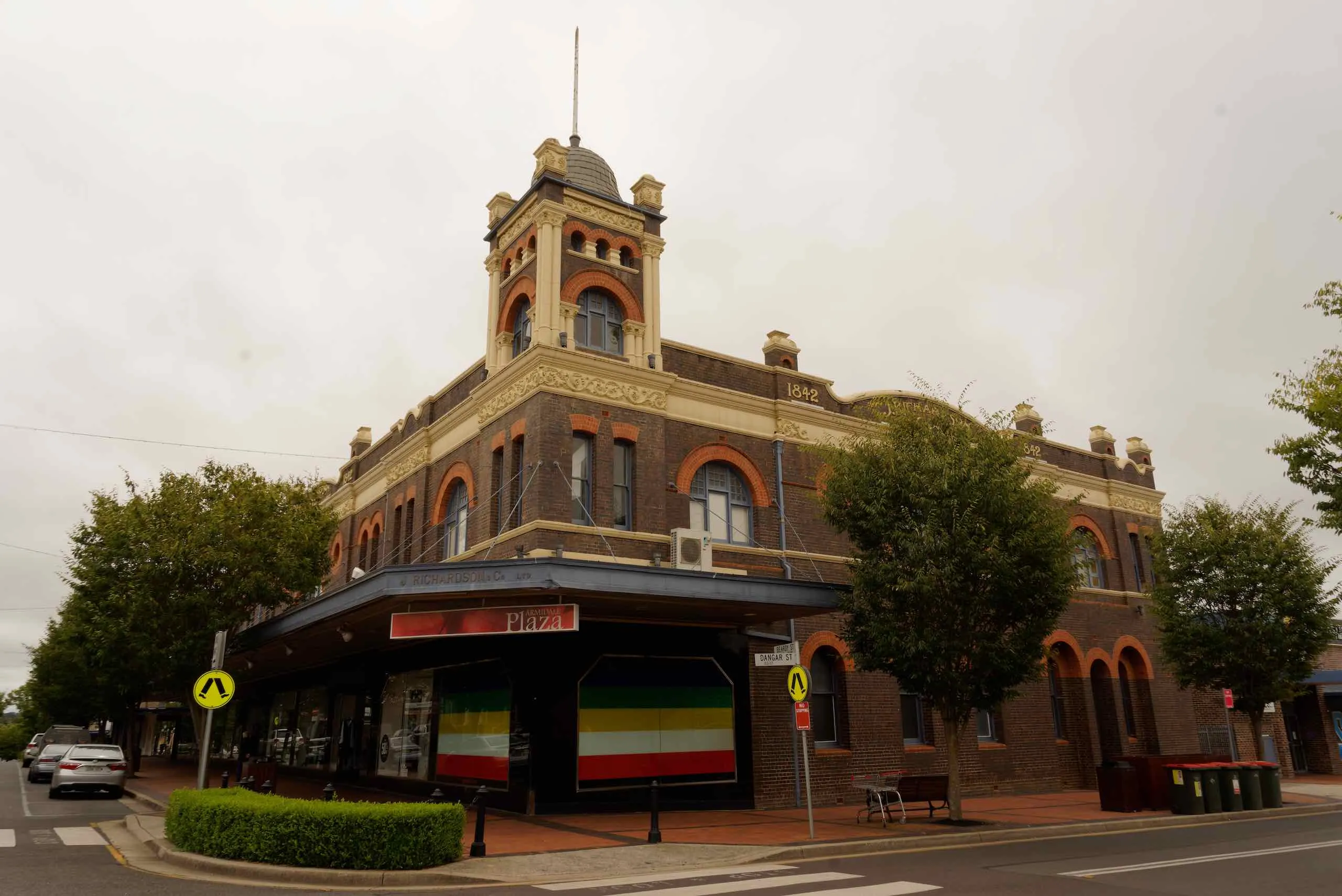
The site of this shopping complex is the oldest business site in Armidale in continual commercial occupation. The first building to be constructed on this site was John Mather’s Armidale Stores where apparently bartering was an acceptable trade practice. Trading probably began in 1844 when it is recorded that Mather purchased the land. In 1872, John Richardson purchased the business to establish Richardson’s Store. The date that appears on the parapet (1842) marks the establishment of a chandlery by John Richardson in Brisbane. Over several years extensive remodelling has taken place inside the building.
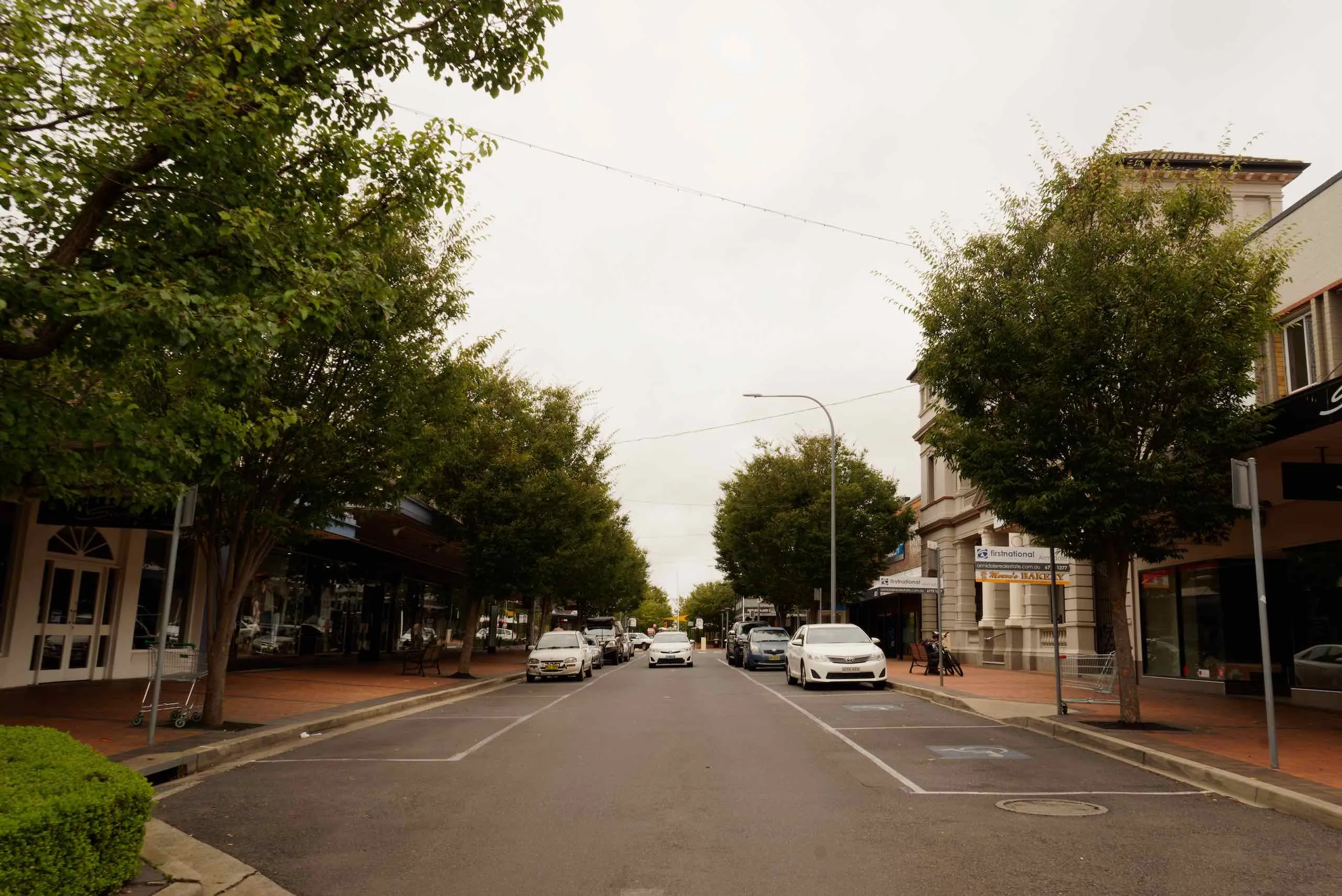
Beardy Street was named after Duval and Chandler, two bearded stockmen who were employed as guides by prospective squatters in the area.
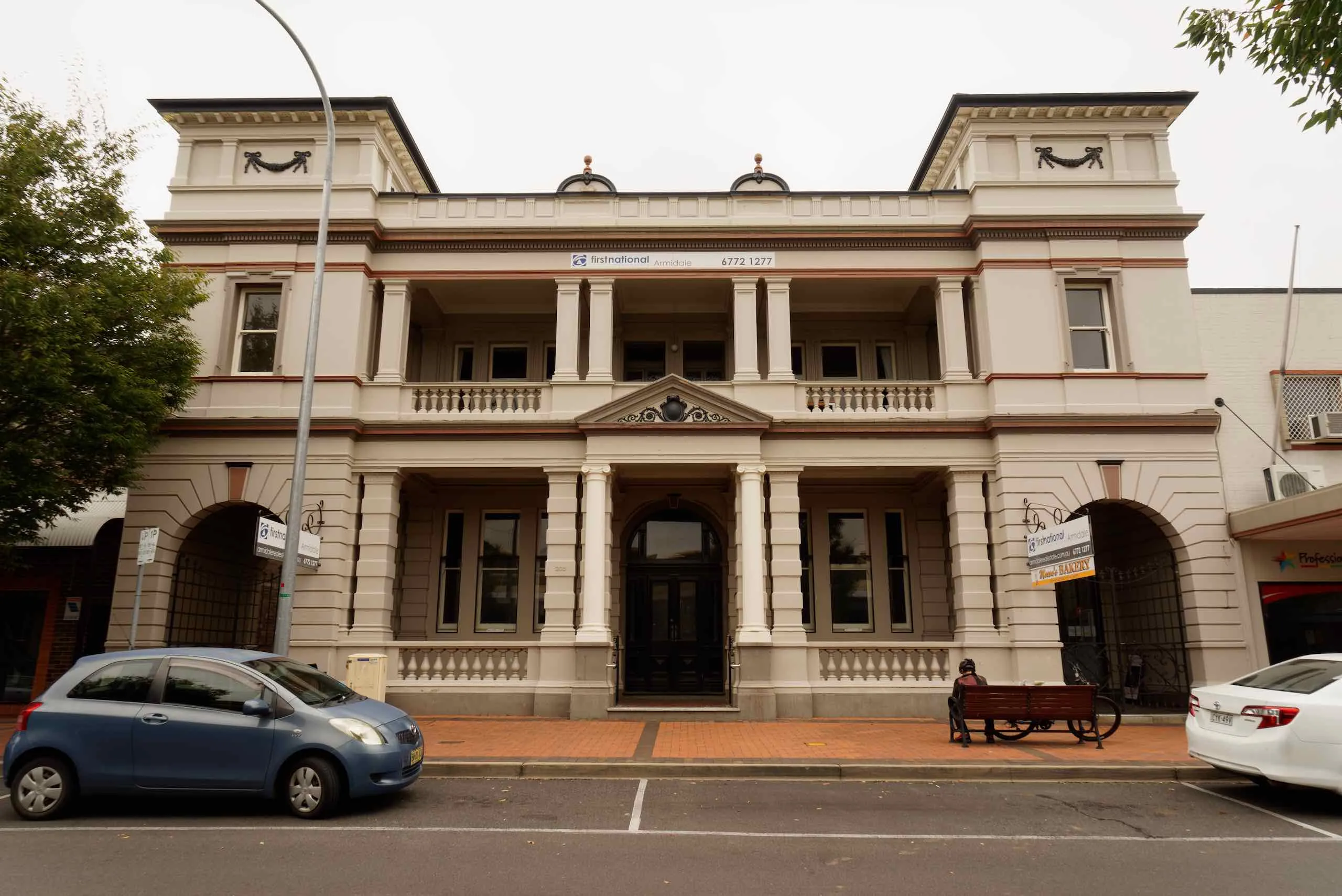
The Australian Joint Stock Bank, later to be known as the State Bank, was constructed between 1887 and 1889. The high Victorian architecture of the time is reflected in the elegant columns, balustrades and tower-like structures on the front corners of the building. Entrance to the building formerly involved an iron shutter that could be raised and lowered from the inside.
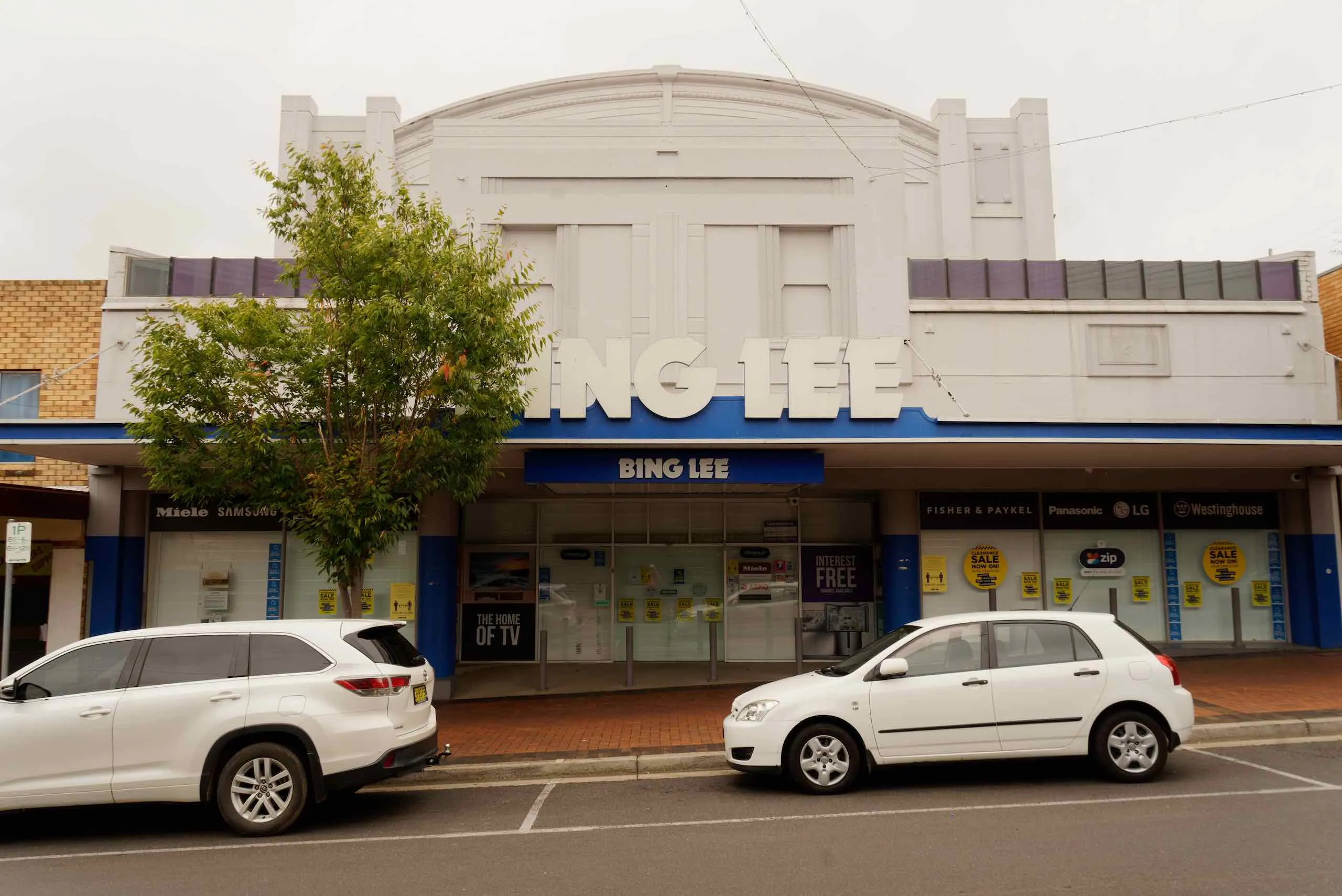
The Capitol Cinema opened in 1925 as the Theatre Royal. Three years later the cinema reopened as the Capitol and remained a popular venue for well over fifty years.
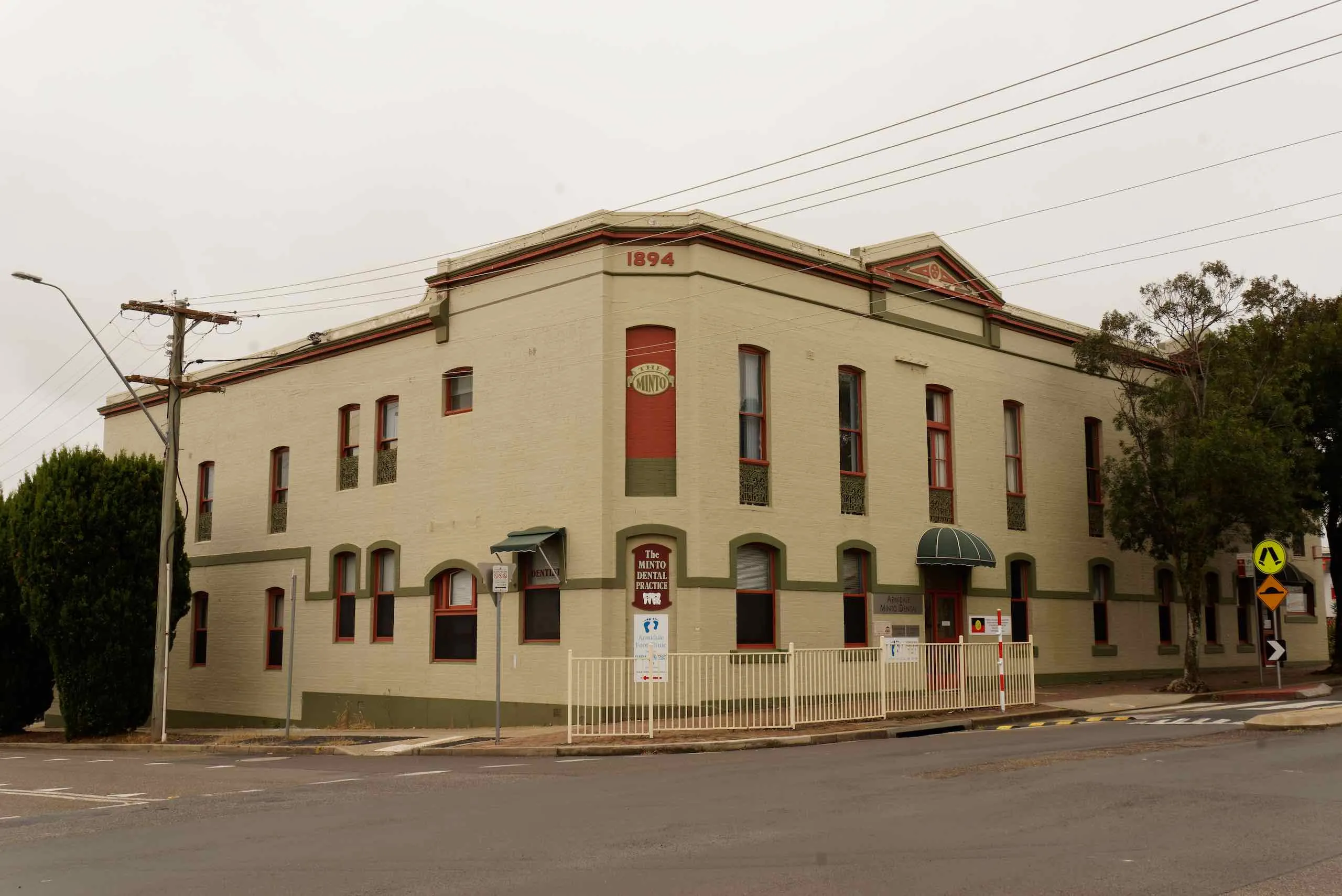
The Minto, originally known as the Central Hotel, was designed by J. Rutledge Louat and constructed in 1894. Although this Victorian building has been substantially remodelled, remnants of the original cast iron lace work used in its original verandah can still be seen on the upper window ledges.
Please click on any photo to view in a lightbox. Use arrow keys or swipe to navigate.
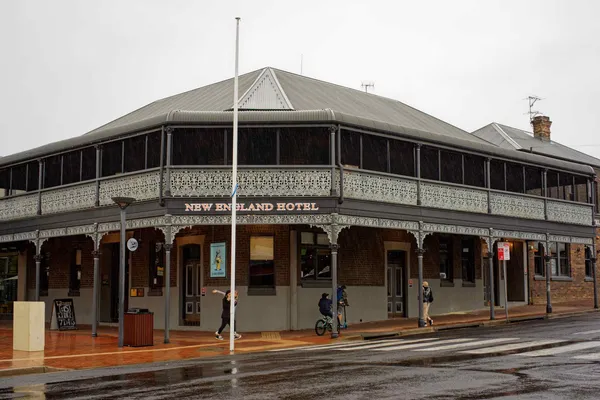 New England Hotel (SONY ILCE-7R)
New England Hotel (SONY ILCE-7R) 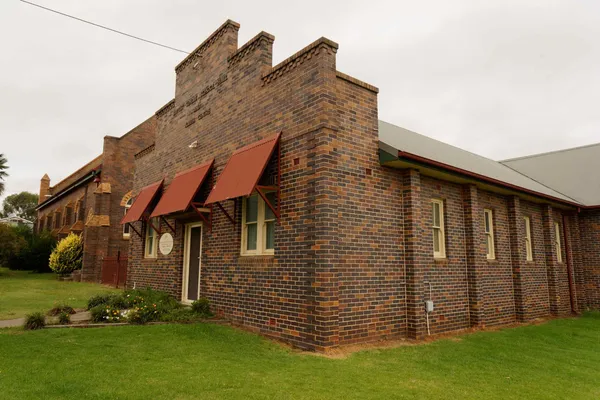 Baptish Sunday School Hall (SONY ILCE-7R)
Baptish Sunday School Hall (SONY ILCE-7R) .DzvdGthc_Z9nrmE.webp) Baptish Sunday School Hall (1) (SONY ILCE-7R)
Baptish Sunday School Hall (1) (SONY ILCE-7R) .BCxJ5vkv_16XudC.webp) Baptish Sunday School Hall (2) (SONY ILCE-7R)
Baptish Sunday School Hall (2) (SONY ILCE-7R) .ByjM_9fr_4j7bA.webp) Baptish Sunday School Hall (3) (SONY ILCE-7R)
Baptish Sunday School Hall (3) (SONY ILCE-7R) 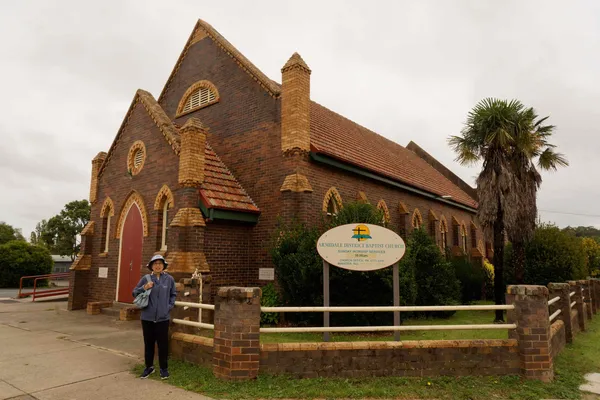 Armidale District Baptist Church (SONY ILCE-7R)
Armidale District Baptist Church (SONY ILCE-7R) 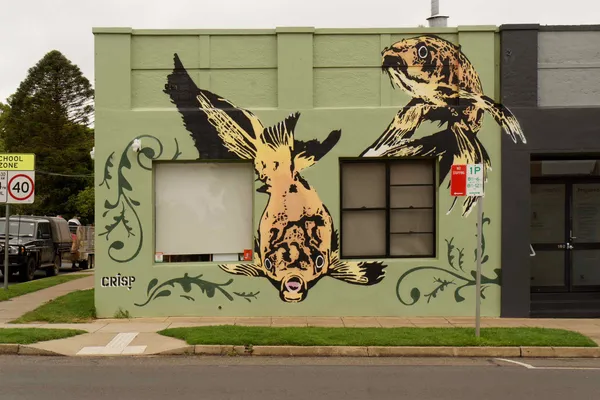 The Goldfish Bowl (SONY ILCE-7R)
The Goldfish Bowl (SONY ILCE-7R) .B8sgzS_g_216hLY.webp) The Goldfish Bowl (1) (SONY ILCE-7R)
The Goldfish Bowl (1) (SONY ILCE-7R) 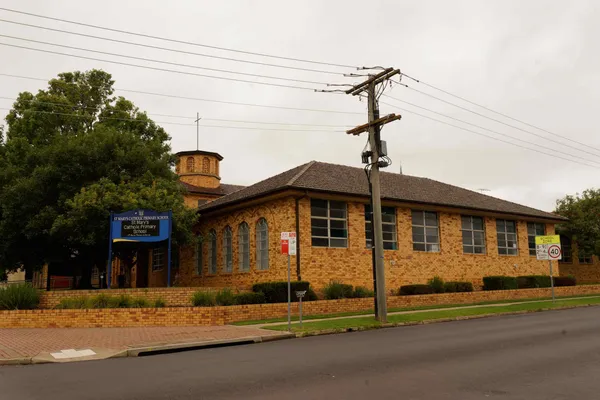 St Mary's Catholic Primary School (SONY ILCE-7R)
St Mary's Catholic Primary School (SONY ILCE-7R) 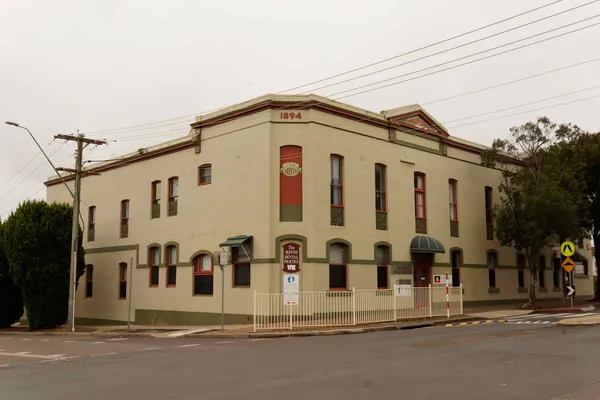 The_Minto (SONY ILCE-7R)
The_Minto (SONY ILCE-7R) 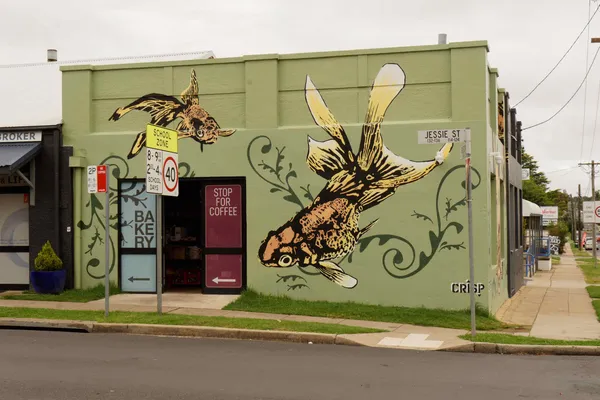 Armidale Heritage Walk (SONY ILCE-7R)
Armidale Heritage Walk (SONY ILCE-7R) 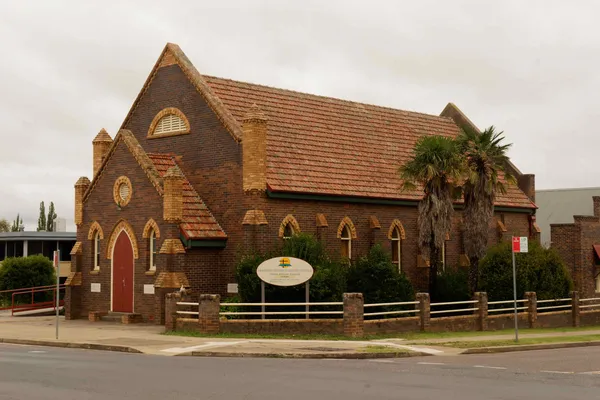 Armidale_District_Baptist_Church_1 (SONY ILCE-7R)
Armidale_District_Baptist_Church_1 (SONY ILCE-7R) .CDv3fJOX_Z1G0Dfz.webp) The Minto (1) (SONY ILCE-7R)
The Minto (1) (SONY ILCE-7R) 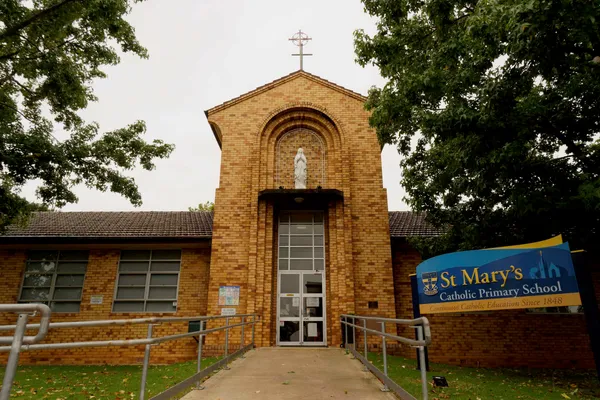 St_Marys_Catholic_Primary_School_1 (SONY ILCE-7R)
St_Marys_Catholic_Primary_School_1 (SONY ILCE-7R) .BXiW8-AW_10UuJz.webp) The Minto (2) (SONY ILCE-7R)
The Minto (2) (SONY ILCE-7R) .D5RmlVGx_ZYnPTn.webp) The Goldfish Bowl (2) (SONY ILCE-7R)
The Goldfish Bowl (2) (SONY ILCE-7R) .BSSoPQhk_Z1spvHr.webp) The Goldfish Bowl (3) (SONY ILCE-7R)
The Goldfish Bowl (3) (SONY ILCE-7R) 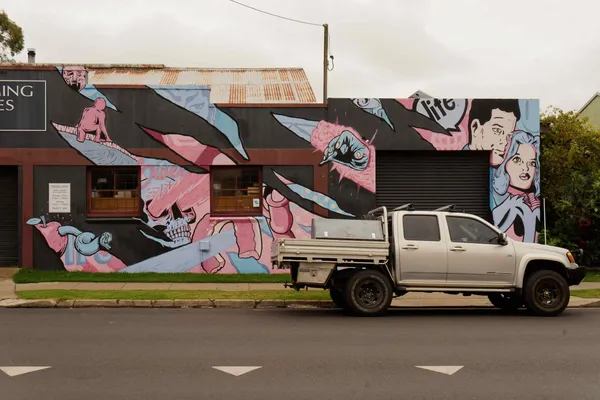 Armidale Framing (SONY ILCE-7R)
Armidale Framing (SONY ILCE-7R) 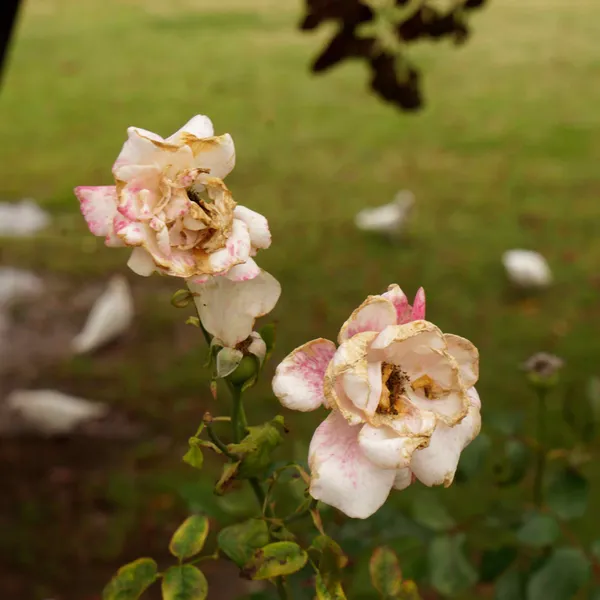 Rose (SONY ILCE-7R)
Rose (SONY ILCE-7R) .s8fSq1Wy_Z1C6HjG.webp) St Mary's Catholic Primary School (2) (SONY ILCE-7R)
St Mary's Catholic Primary School (2) (SONY ILCE-7R) 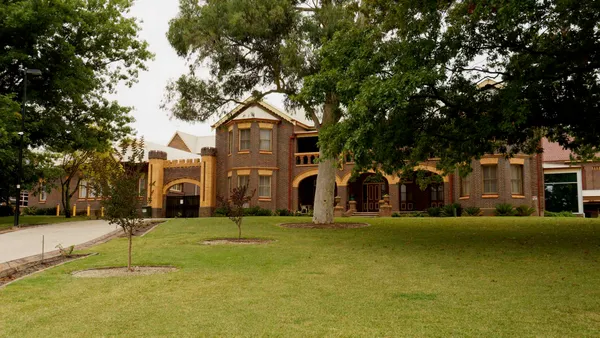 Ursuline_Convent (SONY ILCE-7R)
Ursuline_Convent (SONY ILCE-7R) .CX7aNWMZ_Zseijj.webp) Ursuline Convent (1) (SONY ILCE-7R)
Ursuline Convent (1) (SONY ILCE-7R) .Bg-eCnuc_ZcYUed.webp) Ursuline Convent (2) (SONY ILCE-7R)
Ursuline Convent (2) (SONY ILCE-7R) .GsHzCZ0Y_Z1qhv6W.webp) Ursuline Convent (3) (SONY ILCE-7R)
Ursuline Convent (3) (SONY ILCE-7R) .DWi3HAog_Z105lp2.webp) Ursuline Convent (4) (SONY ILCE-7R)
Ursuline Convent (4) (SONY ILCE-7R) .BmwjXYOC_ZvabNO.webp) Ursuline Convent (5) (SONY ILCE-7R)
Ursuline Convent (5) (SONY ILCE-7R) .Bqh0HyZT_Z1b9A69.webp) Ursuline Convent (6) (SONY ILCE-7R)
Ursuline Convent (6) (SONY ILCE-7R) .BGJ7-rjK_12S6oe.webp) Ursuline Convent (7) (SONY ILCE-7R)
Ursuline Convent (7) (SONY ILCE-7R) .CmRfXZZx_Z4YFk9.webp) Ursuline Convent (8) (SONY ILCE-7R)
Ursuline Convent (8) (SONY ILCE-7R) .C2shLZQ4_jq4O7.webp) Ursuline Convent (9) (SONY ILCE-7R)
Ursuline Convent (9) (SONY ILCE-7R) .Nxo9nrCY_DtDKe.webp) Ursuline Convent (10) (SONY ILCE-7R)
Ursuline Convent (10) (SONY ILCE-7R) 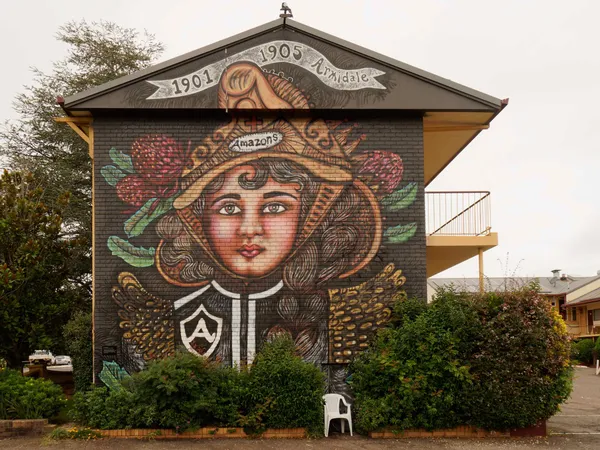 Amazons (SONY ILCE-7R)
Amazons (SONY ILCE-7R) .lRT6pRkq_ZVSDjX.webp) Ursuline Convent (11) (SONY ILCE-7R)
Ursuline Convent (11) (SONY ILCE-7R) 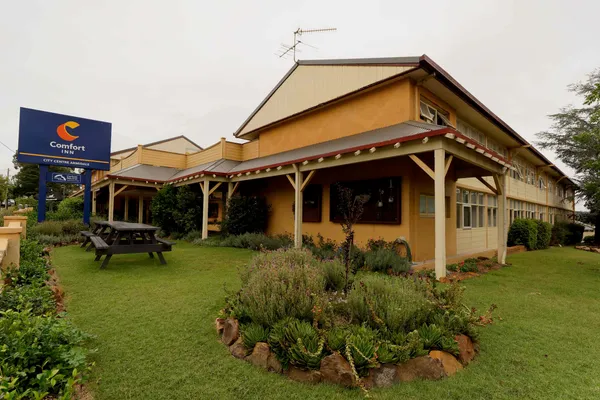 Comfort Inn (SONY ILCE-7R)
Comfort Inn (SONY ILCE-7R) 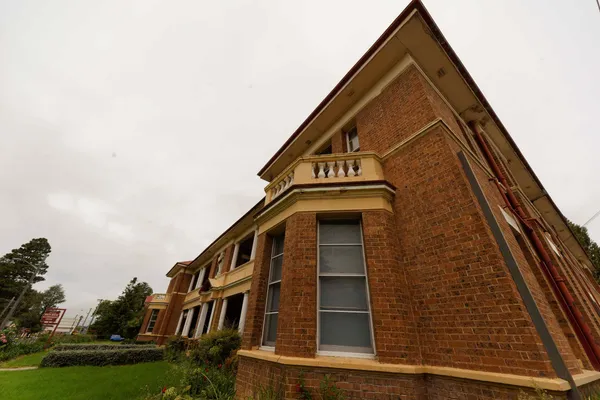 Smith House (SONY ILCE-7R)
Smith House (SONY ILCE-7R) .BDlNiCfC_ZO8LN9.webp) Smith House (1) (SONY ILCE-7R)
Smith House (1) (SONY ILCE-7R) 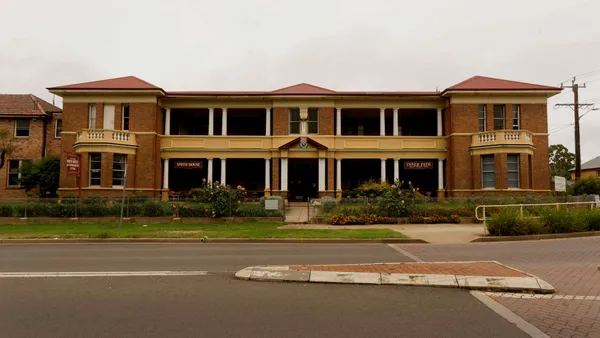 Smith_House_2 (SONY ILCE-7R)
Smith_House_2 (SONY ILCE-7R) .zAxlfS1f_oFm5X.webp) Smith House (3) (SONY ILCE-7R)
Smith House (3) (SONY ILCE-7R) 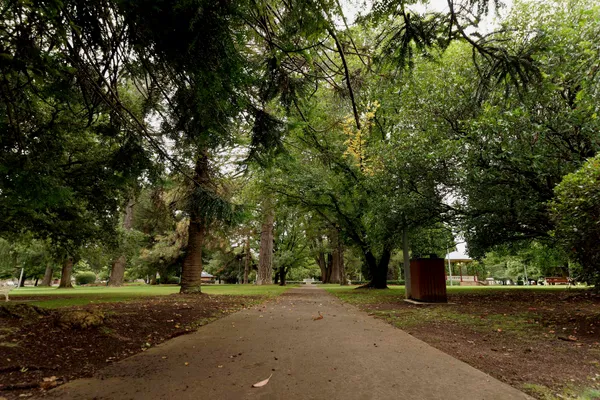 Central Park (SONY ILCE-7R)
Central Park (SONY ILCE-7R) .FTkNG_xr_ZJtv6s.webp) Smith House (4) (SONY ILCE-7R)
Smith House (4) (SONY ILCE-7R) .CkGPO48M_58TqN.webp) Armidale Heritage Walk (1) (SONY ILCE-7R)
Armidale Heritage Walk (1) (SONY ILCE-7R) .MQNl8Ip-_Z2v6tQO.webp) St Mary's Catholic Primary School (3) (SONY ILCE-7R)
St Mary's Catholic Primary School (3) (SONY ILCE-7R) 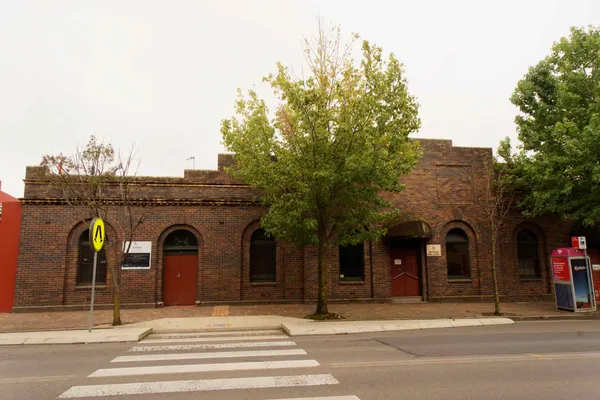 Armidale Neighbourhood Centre (SONY ILCE-7R)
Armidale Neighbourhood Centre (SONY ILCE-7R) 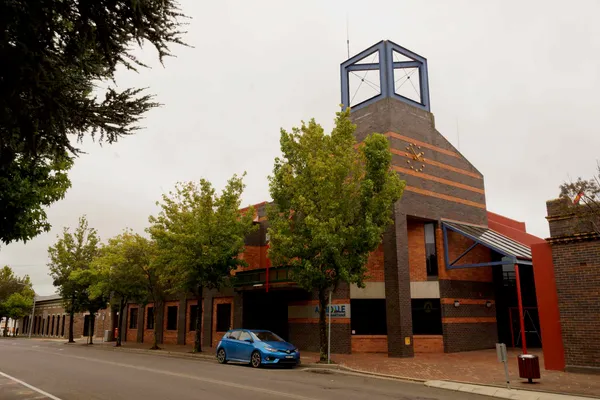 Armidale Regional Council (SONY ILCE-7R)
Armidale Regional Council (SONY ILCE-7R) 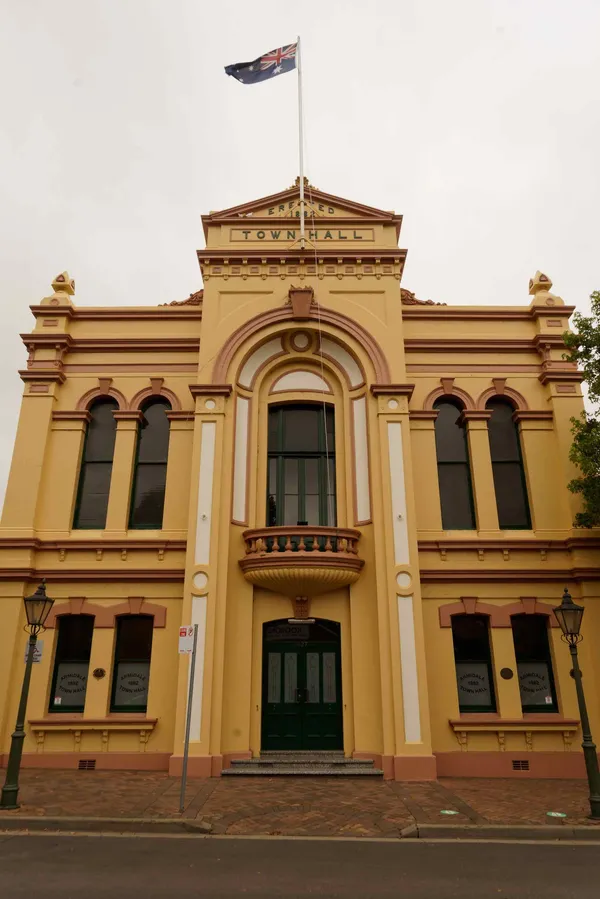 Armidale_Town_Hall (SONY ILCE-7R)
Armidale_Town_Hall (SONY ILCE-7R) 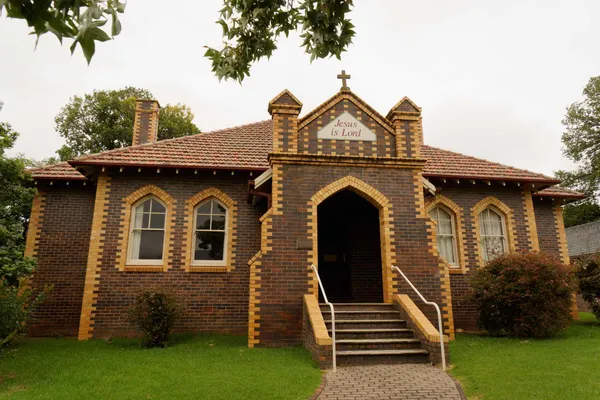 Diocesan_Registry (SONY ILCE-7R)
Diocesan_Registry (SONY ILCE-7R) 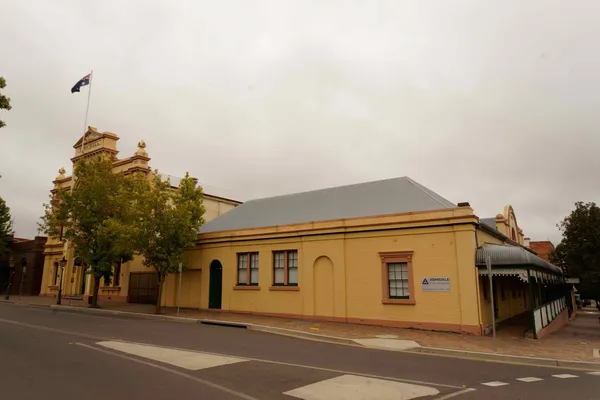 Armidale Folk Museum (SONY ILCE-7R)
Armidale Folk Museum (SONY ILCE-7R) 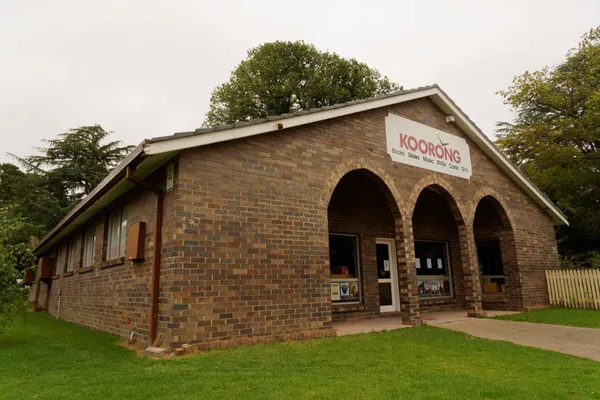 Koorong Books (SONY ILCE-7R)
Koorong Books (SONY ILCE-7R) 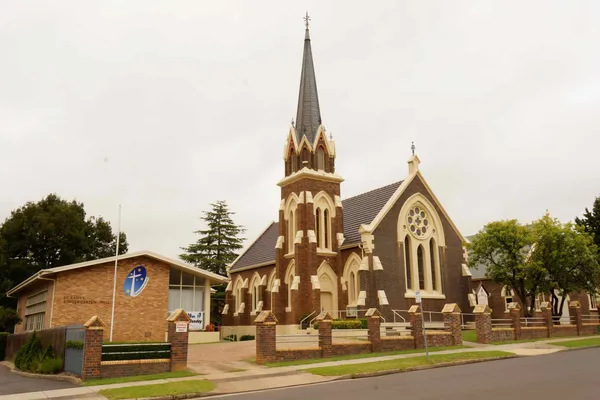 St Paul's Presbyterian Church (SONY ILCE-7R)
St Paul's Presbyterian Church (SONY ILCE-7R) .B0JxilbP_Z7JHCu.webp) St Paul's Presbyterian Church (1) (SONY ILCE-7R)
St Paul's Presbyterian Church (1) (SONY ILCE-7R) .CaqLoCSh_ZEPEuf.webp) St Paul's Presbyterian Church (2) (SONY ILCE-7R)
St Paul's Presbyterian Church (2) (SONY ILCE-7R) 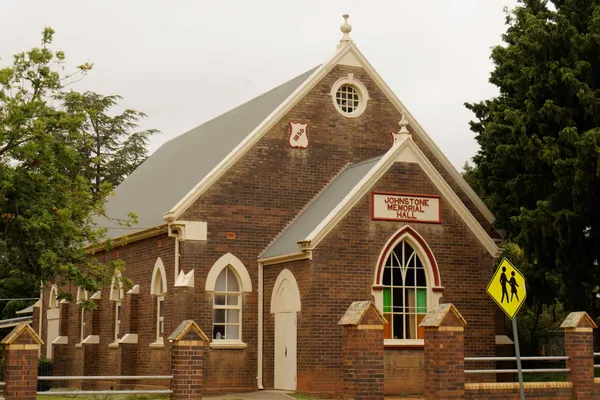 Johnstone Memorial Hall (SONY ILCE-7R)
Johnstone Memorial Hall (SONY ILCE-7R) .D7jO0j8D_Z2mC4E2.webp) Central Park (1) (SONY ILCE-7R)
Central Park (1) (SONY ILCE-7R) .BUveBJWp_Z1Dnswf.webp) Central Park (2) (SONY ILCE-7R)
Central Park (2) (SONY ILCE-7R) .Dvb1gfFz_1Qpg0u.webp) Central Park (3) (SONY ILCE-7R)
Central Park (3) (SONY ILCE-7R) .uPq1gvP2_1y5p0G.webp) Central Park (4) (SONY ILCE-7R)
Central Park (4) (SONY ILCE-7R) .CDq-jKl4_Z1NaQL1.webp) Central Park (5) (SONY ILCE-7R)
Central Park (5) (SONY ILCE-7R) .BXuE6aq5_Z1RqgHl.webp) Central Park (6) (SONY ILCE-7R)
Central Park (6) (SONY ILCE-7R) 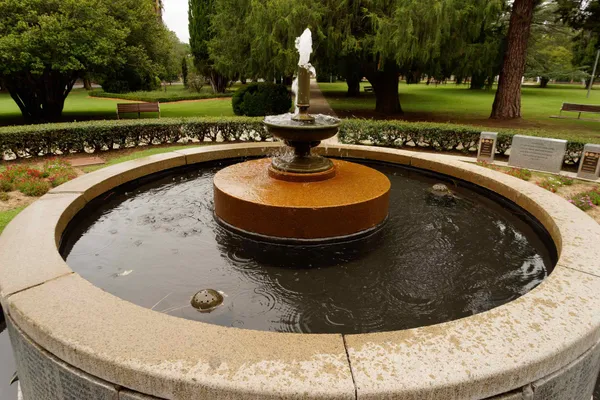 Central_Park_7 (SONY ILCE-7R)
Central_Park_7 (SONY ILCE-7R) .DiF91dzX_Z1g73Wx.webp) Central Park (8) (SONY ILCE-7R)
Central Park (8) (SONY ILCE-7R) 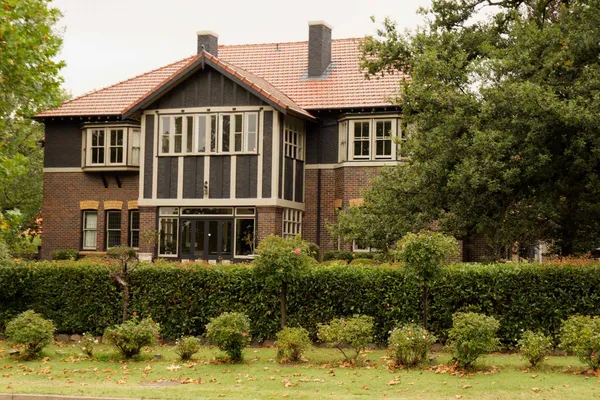 Lindsay House (SONY ILCE-7R)
Lindsay House (SONY ILCE-7R) 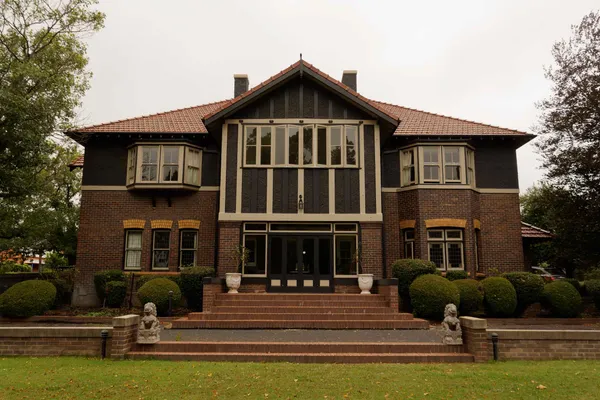 Lindsay_House_1 (SONY ILCE-7R)
Lindsay_House_1 (SONY ILCE-7R) 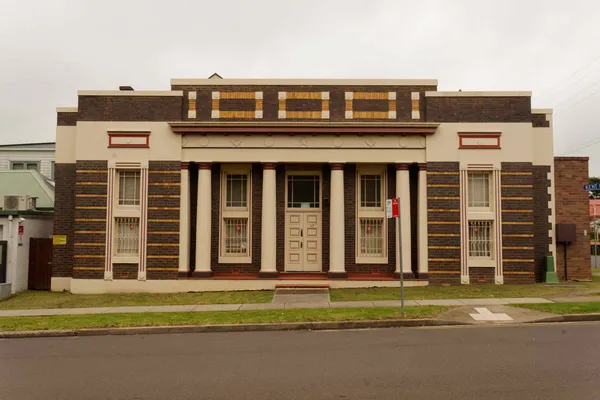 Masonic_Centre (SONY ILCE-7R)
Masonic_Centre (SONY ILCE-7R) 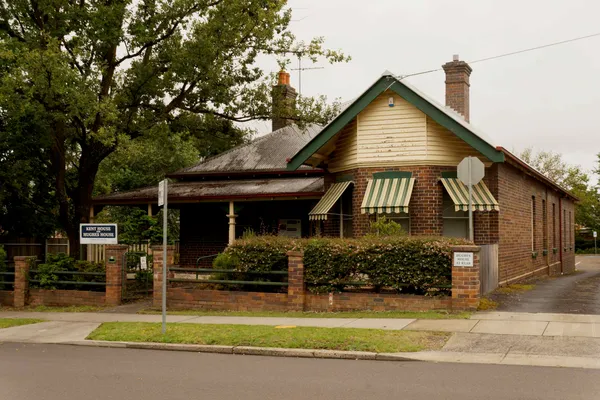 Kent House and Hughes House (SONY ILCE-7R)
Kent House and Hughes House (SONY ILCE-7R) .ByYq5ctx_ZTAAlX.webp) Kent House and Hughes House (1) (SONY ILCE-7R)
Kent House and Hughes House (1) (SONY ILCE-7R) .DrtR-zju_2lBhP9.webp) Kent House and Hughes House (2) (SONY ILCE-7R)
Kent House and Hughes House (2) (SONY ILCE-7R) .DOspPRP5_ZgFKkc.webp) Kent House and Hughes House (3) (SONY ILCE-7R)
Kent House and Hughes House (3) (SONY ILCE-7R) 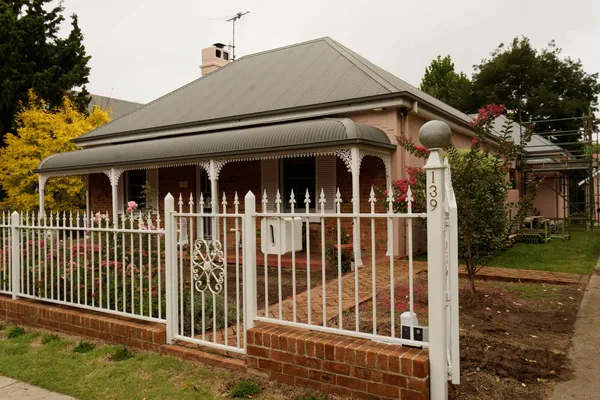 Solomon's Cottage (SONY ILCE-7R)
Solomon's Cottage (SONY ILCE-7R) .D1OnI8ca_2hJcuC.webp) Solomon's Cottage (1) (SONY ILCE-7R)
Solomon's Cottage (1) (SONY ILCE-7R) 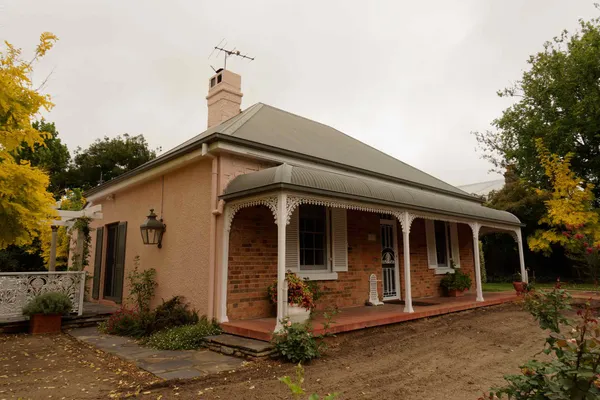 Solomons_Cottage_2 (SONY ILCE-7R)
Solomons_Cottage_2 (SONY ILCE-7R) .BRyo5kYW_Z1TrExx.webp) Armidale Heritage Walk (2) (SONY ILCE-7R)
Armidale Heritage Walk (2) (SONY ILCE-7R) 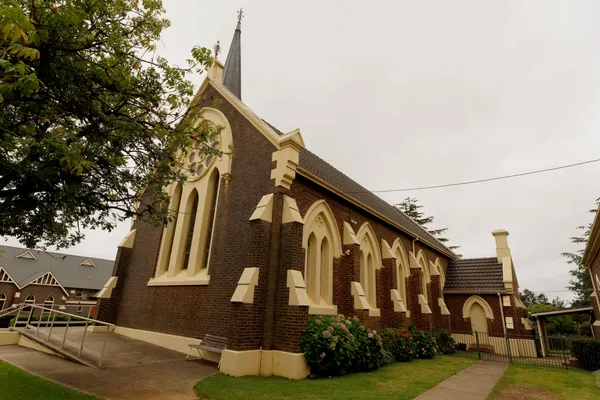 St_Pauls_Presbyterian_Church_3 (SONY ILCE-7R)
St_Pauls_Presbyterian_Church_3 (SONY ILCE-7R) .CUKY-xBZ_ZlI66y.webp) St Paul's Presbyterian Church (4) (SONY ILCE-7R)
St Paul's Presbyterian Church (4) (SONY ILCE-7R) .BcEFI5aQ_ZCS0kA.webp) St Paul's Presbyterian Church (5) (SONY ILCE-7R)
St Paul's Presbyterian Church (5) (SONY ILCE-7R) 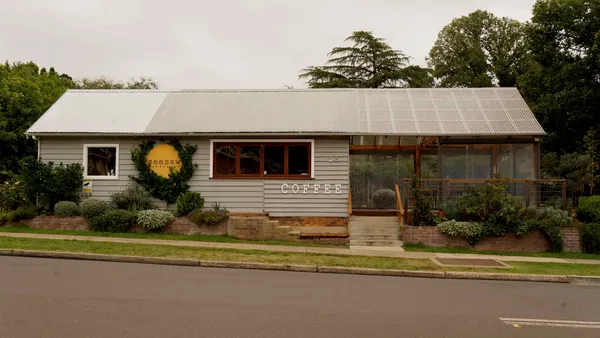 Seesaw (SONY ILCE-7R)
Seesaw (SONY ILCE-7R) .BRC1FrKi_ZMFIF0.webp) Armidale Folk Museum (1) (SONY ILCE-7R)
Armidale Folk Museum (1) (SONY ILCE-7R) 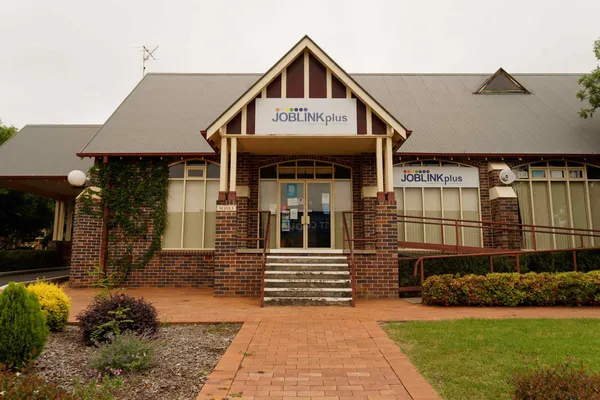 JobLink Plus (SONY ILCE-7R)
JobLink Plus (SONY ILCE-7R) .EzVAm7d4_Z4D2Il.webp) JobLink Plus (1) (SONY ILCE-7R)
JobLink Plus (1) (SONY ILCE-7R) 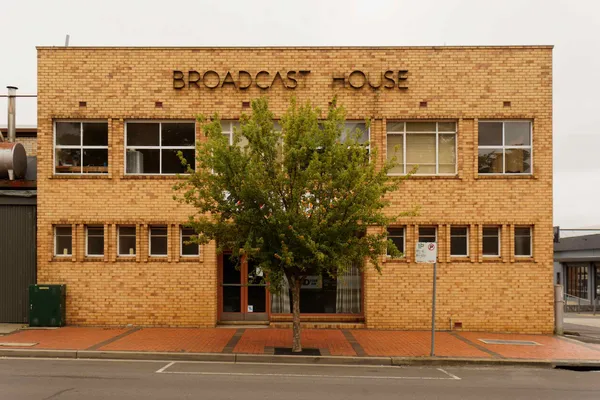 Broadcast House (SONY ILCE-7R)
Broadcast House (SONY ILCE-7R) 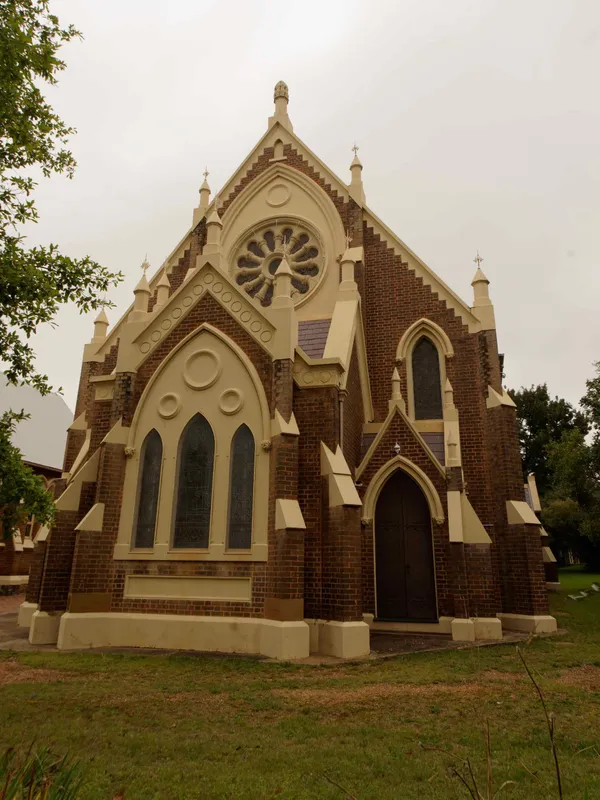 Armidale Uniting Church (SONY ILCE-7R)
Armidale Uniting Church (SONY ILCE-7R) .Dhx-G0YS_uoTfj.webp) Armidale Uniting Church (1) (SONY ILCE-7R)
Armidale Uniting Church (1) (SONY ILCE-7R) 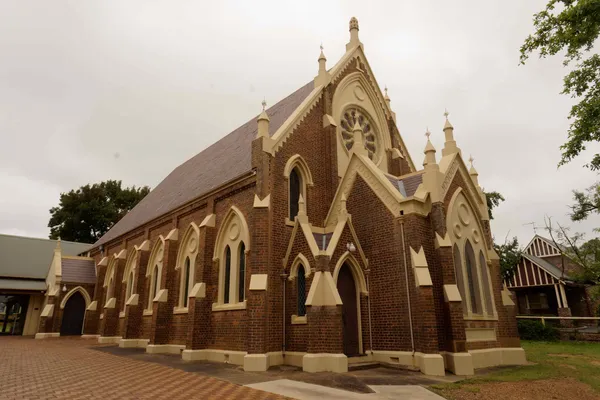 Armidale_Uniting_Church_2 (SONY ILCE-7R)
Armidale_Uniting_Church_2 (SONY ILCE-7R) .5sBBg5NB_1ruRdx.webp) Armidale Uniting Church (3) (SONY ILCE-7R)
Armidale Uniting Church (3) (SONY ILCE-7R) .DRDIoPCH_ZmSrzD.webp) Armidale Uniting Church (4) (SONY ILCE-7R)
Armidale Uniting Church (4) (SONY ILCE-7R) .B9Ht7bvW_1S5Phv.webp) Broadcast House (1) (SONY ILCE-7R)
Broadcast House (1) (SONY ILCE-7R) .Bmaw6V1p_to6G6.webp) Armidale Uniting Church (5) (SONY ILCE-7R)
Armidale Uniting Church (5) (SONY ILCE-7R) 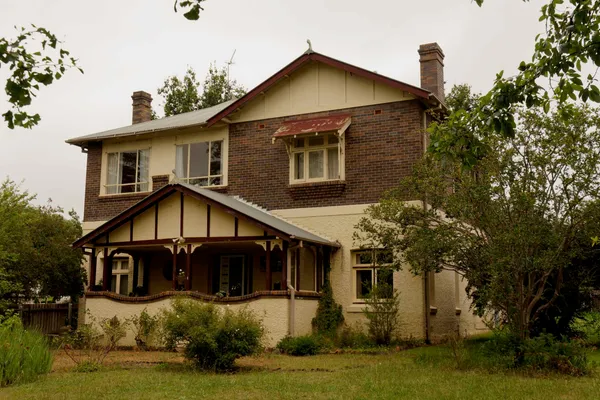 Heritage House (SONY ILCE-7R)
Heritage House (SONY ILCE-7R) .Q8WLJdF5_ZKtcKU.webp) Heritage House (1) (SONY ILCE-7R)
Heritage House (1) (SONY ILCE-7R) 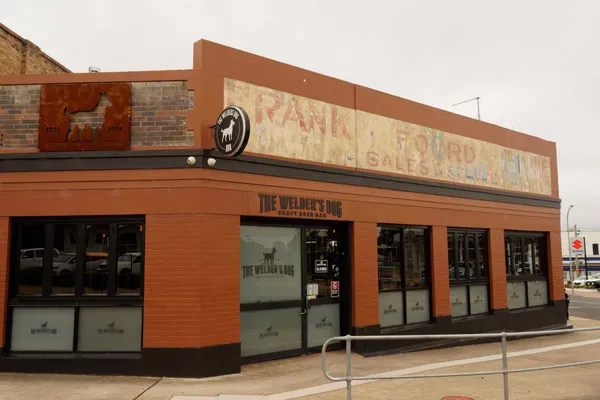 The Welder's Dog (SONY ILCE-7R)
The Welder's Dog (SONY ILCE-7R) 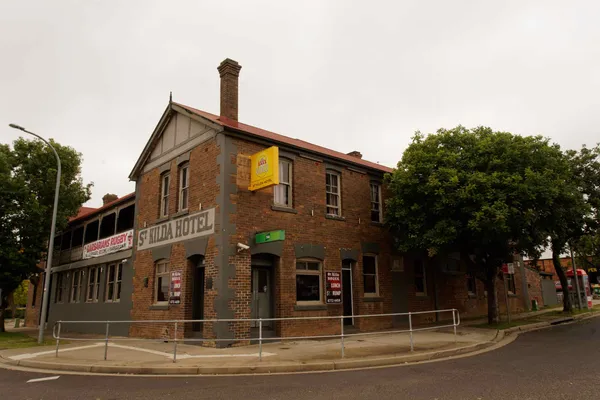 St_Kilda_Hotel (SONY ILCE-7R)
St_Kilda_Hotel (SONY ILCE-7R) .Dxzr4JDg_ZgBKhf.webp) Armidale Uniting Church (6) (SONY ILCE-7R)
Armidale Uniting Church (6) (SONY ILCE-7R) .wPE4MO8a_BOQJi.webp) Armidale Uniting Church (7) (SONY ILCE-7R)
Armidale Uniting Church (7) (SONY ILCE-7R) 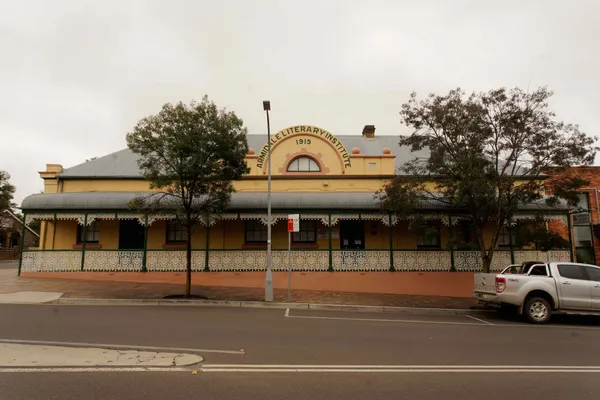 Armidale_Folk_Museum_2 (SONY ILCE-7R)
Armidale_Folk_Museum_2 (SONY ILCE-7R) 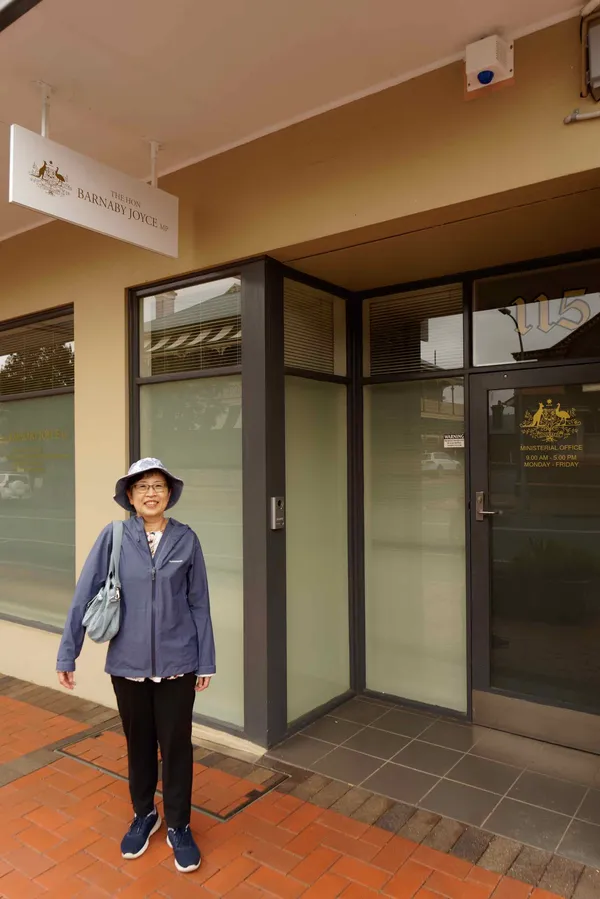 Barnaby Joyce office (SONY ILCE-7R)
Barnaby Joyce office (SONY ILCE-7R) 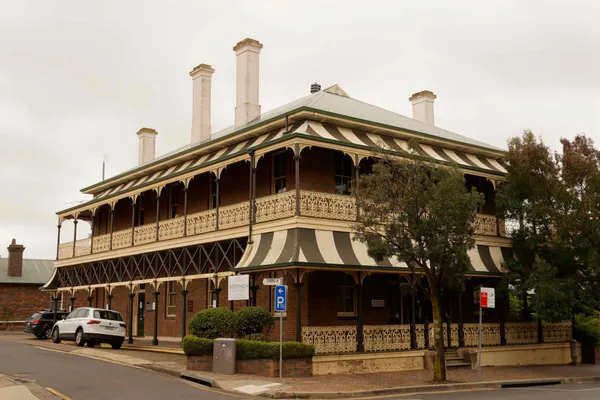 Tattersalls Hotel (SONY ILCE-7R)
Tattersalls Hotel (SONY ILCE-7R) 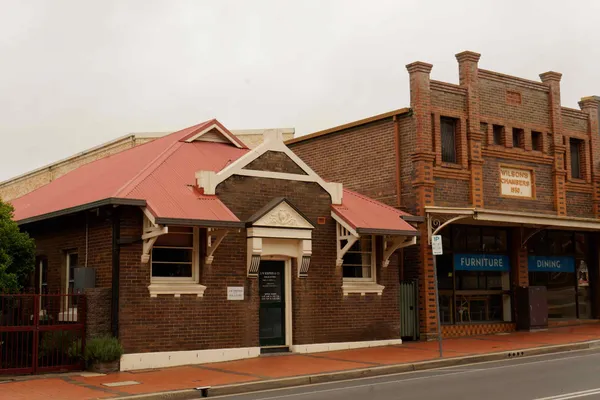 AW Simpson (SONY ILCE-7R)
AW Simpson (SONY ILCE-7R) 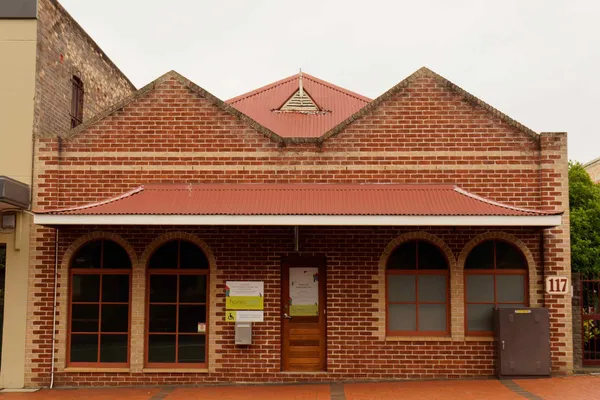 Homes North (SONY ILCE-7R)
Homes North (SONY ILCE-7R) 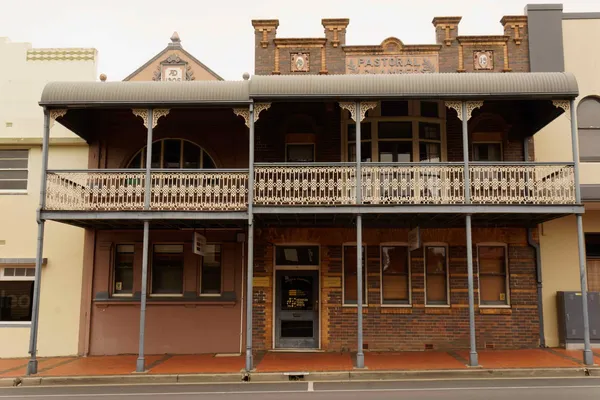 Pastoral Chambers (SONY ILCE-7R)
Pastoral Chambers (SONY ILCE-7R) 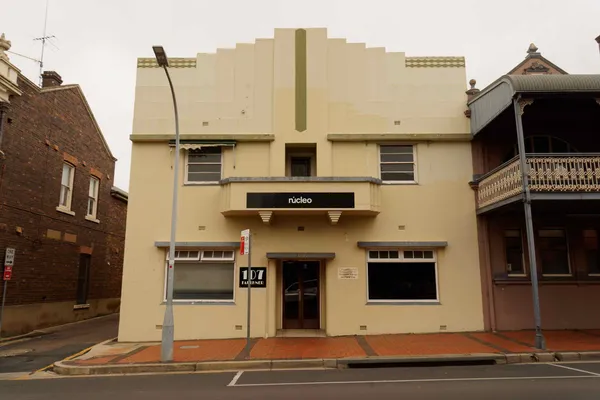 Armidale_Express_Office (SONY ILCE-7R)
Armidale_Express_Office (SONY ILCE-7R) .BPp6GGIT_Z6tAHy.webp) rucleo (1) (SONY ILCE-7R)
rucleo (1) (SONY ILCE-7R) 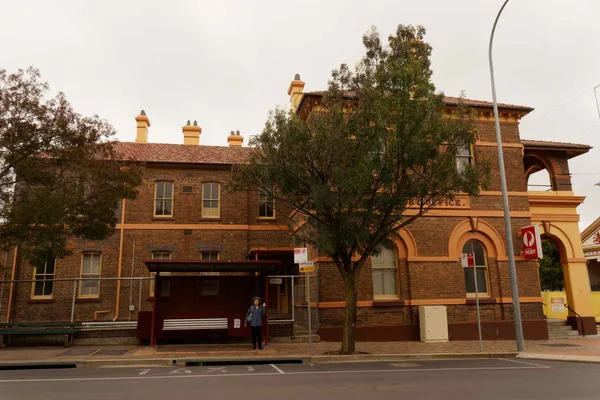 Lands_Office (SONY ILCE-7R)
Lands_Office (SONY ILCE-7R) 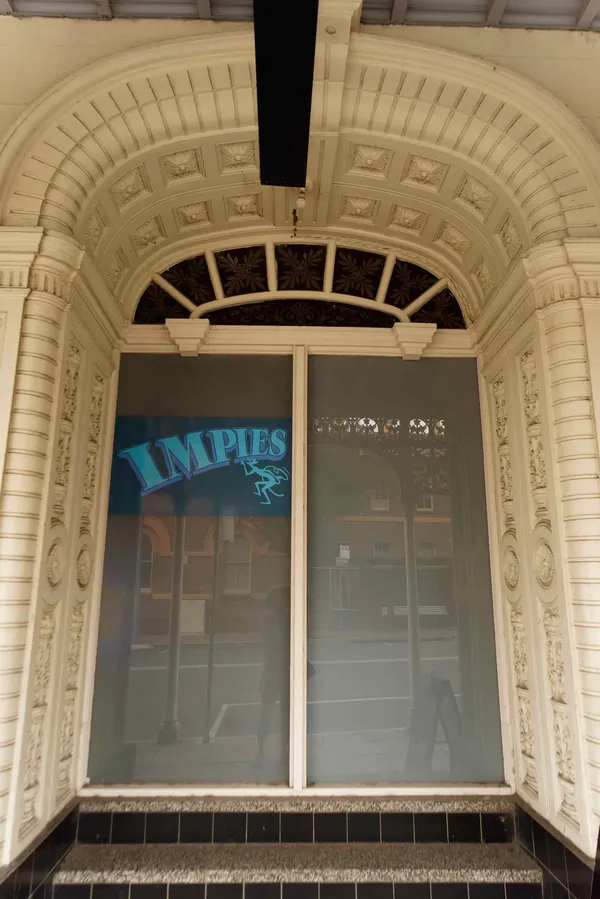 Imperial Hotel (SONY ILCE-7R)
Imperial Hotel (SONY ILCE-7R) 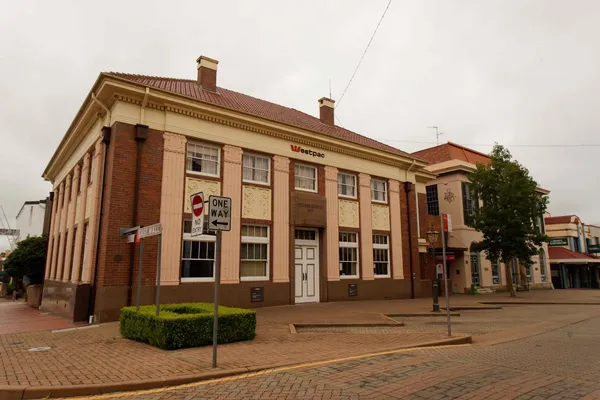 Westpac (SONY ILCE-7R)
Westpac (SONY ILCE-7R) 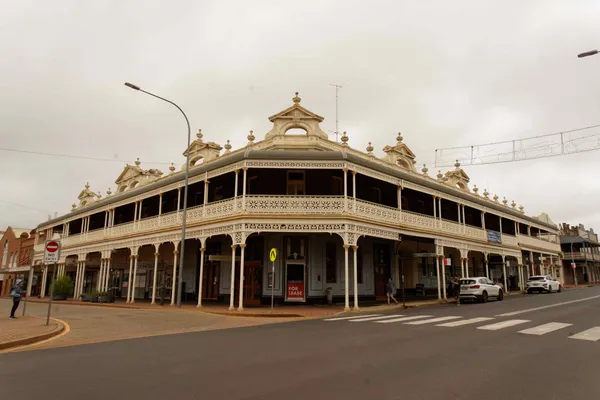 Imperial_Hotel_1 (SONY ILCE-7R)
Imperial_Hotel_1 (SONY ILCE-7R) 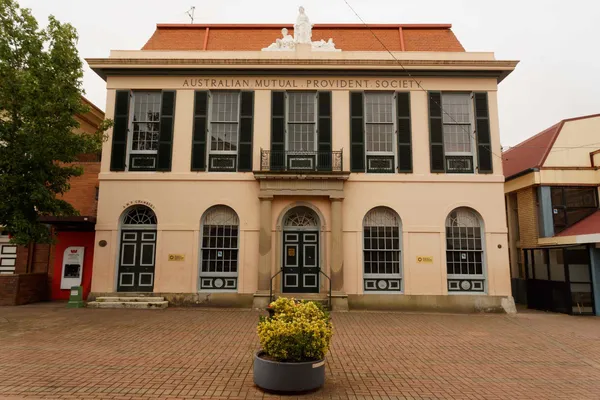 AMP (SONY ILCE-7R)
AMP (SONY ILCE-7R) 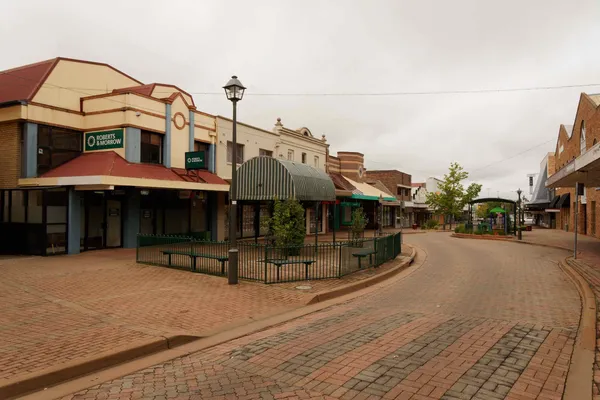 Beardy_St (SONY ILCE-7R)
Beardy_St (SONY ILCE-7R) 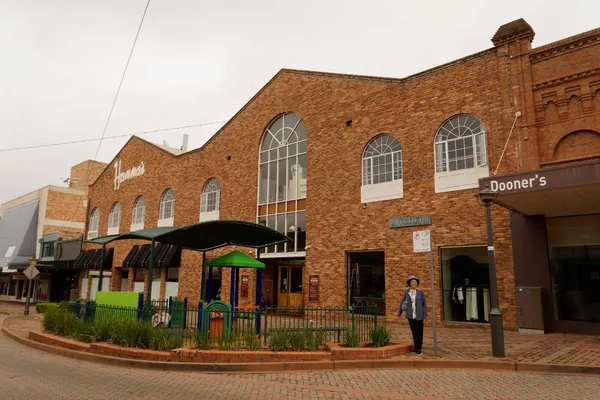 Hannas (SONY ILCE-7R)
Hannas (SONY ILCE-7R) .DFNlD-UN_Z1F4TFs.webp) Hannas (1) (SONY ILCE-7R)
Hannas (1) (SONY ILCE-7R) .C0qI-mFQ_qED8b.webp) Hannas (2) (SONY ILCE-7R)
Hannas (2) (SONY ILCE-7R) .BROxUhKt_ZTjhfJ.webp) Hannas (3) (SONY ILCE-7R)
Hannas (3) (SONY ILCE-7R) .BUQemtBX_26sU0d.webp) Hannas (4) (SONY ILCE-7R)
Hannas (4) (SONY ILCE-7R) 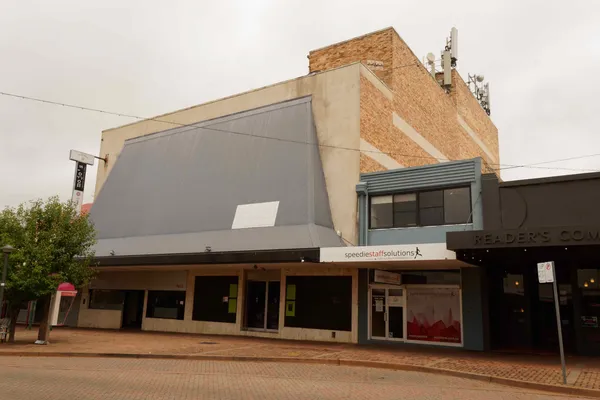 The_Stables (SONY ILCE-7R)
The_Stables (SONY ILCE-7R) 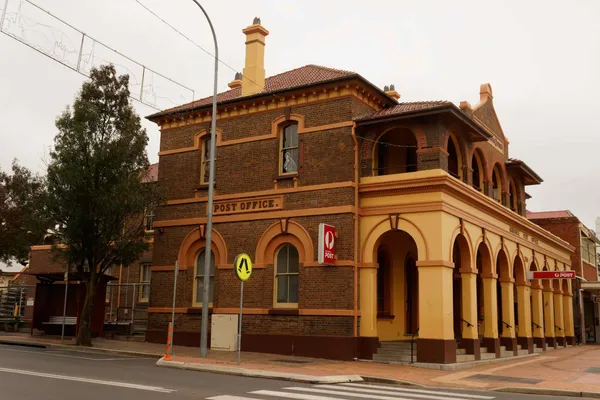 Post_Office (SONY ILCE-7R)
Post_Office (SONY ILCE-7R) .RRe3f-Zi_Z1ehNPg.webp) Westpac (1) (SONY ILCE-7R)
Westpac (1) (SONY ILCE-7R) 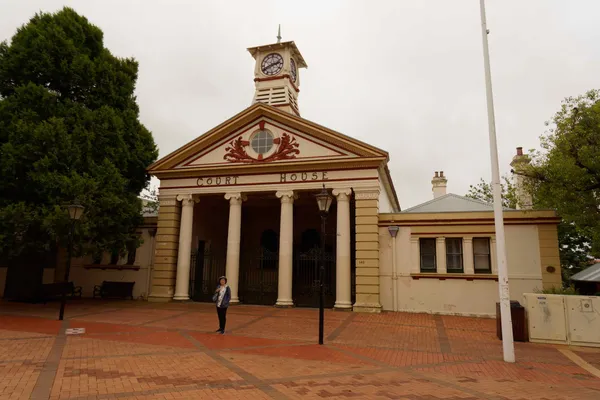 Court_House (SONY ILCE-7R)
Court_House (SONY ILCE-7R) 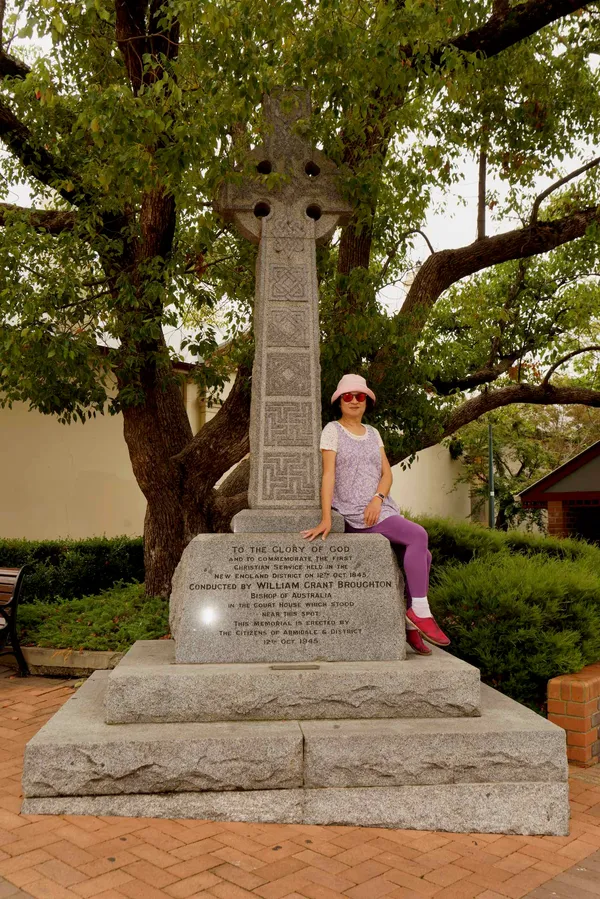 Celtic_Cross (SONY ILCE-7R)
Celtic_Cross (SONY ILCE-7R) 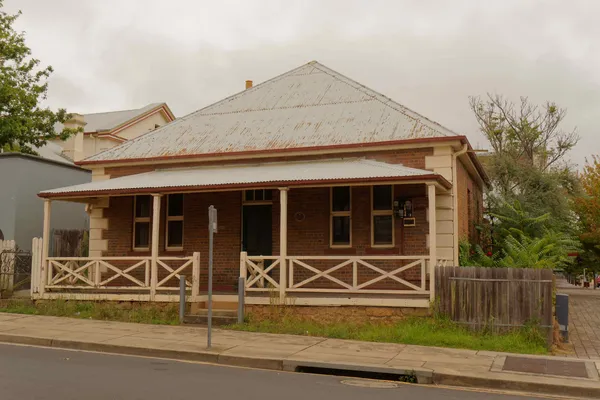 Sherriffs_Cottage (SONY ILCE-7R)
Sherriffs_Cottage (SONY ILCE-7R) 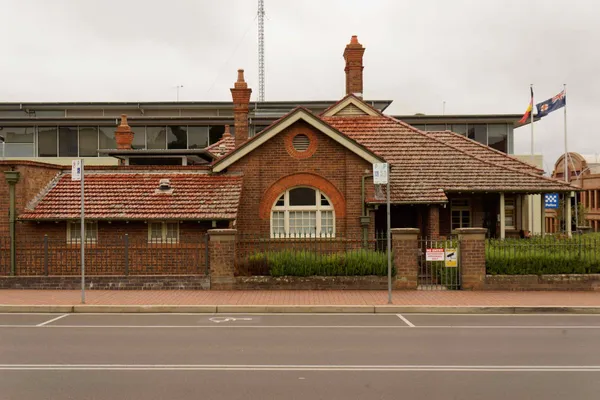 Police_Station (SONY ILCE-7R)
Police_Station (SONY ILCE-7R) 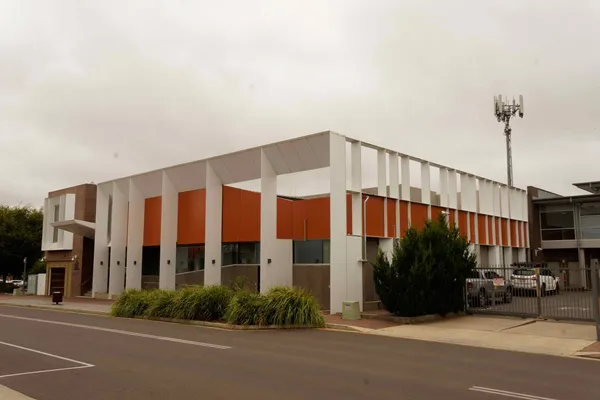 Armidale Court House (SONY ILCE-7R)
Armidale Court House (SONY ILCE-7R) 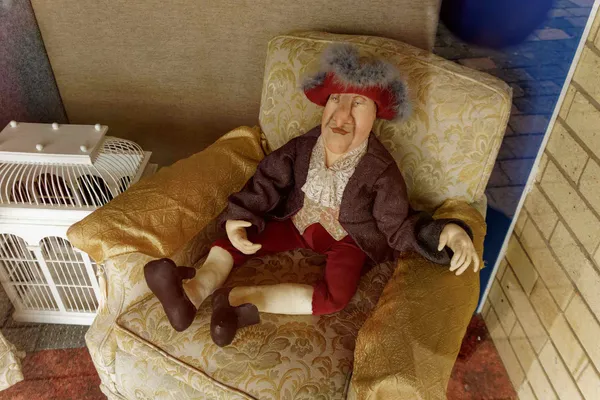 Granny Fi's Toy Cupboard (SONY ILCE-7R)
Granny Fi's Toy Cupboard (SONY ILCE-7R) 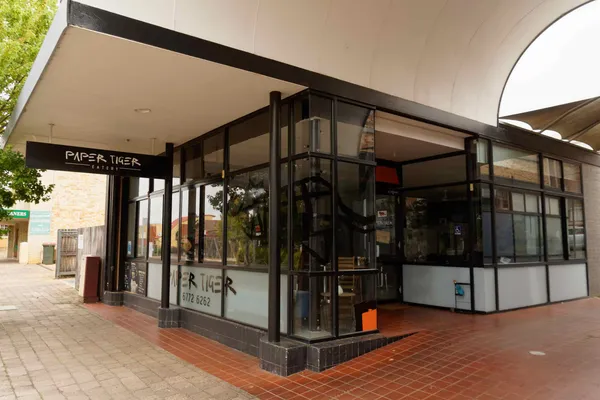 Paper Tiger (SONY ILCE-7R)
Paper Tiger (SONY ILCE-7R) 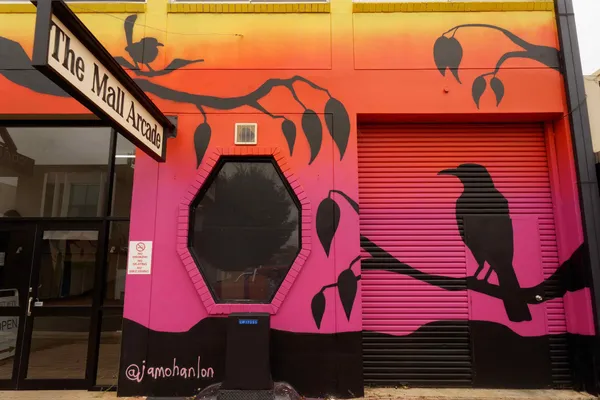 The Mall Arcade (SONY ILCE-7R)
The Mall Arcade (SONY ILCE-7R) 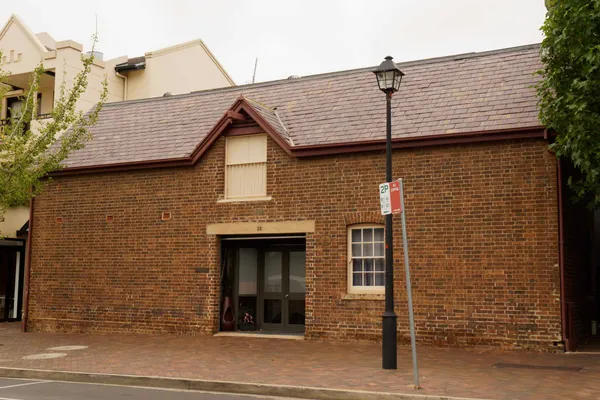 32 Moore St (SONY ILCE-7R)
32 Moore St (SONY ILCE-7R) 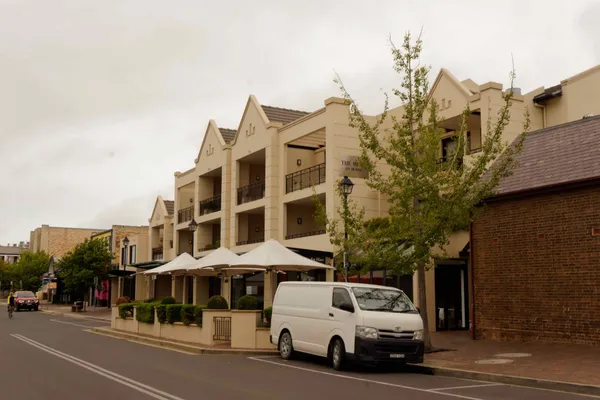 The Mews (SONY ILCE-7R)
The Mews (SONY ILCE-7R) 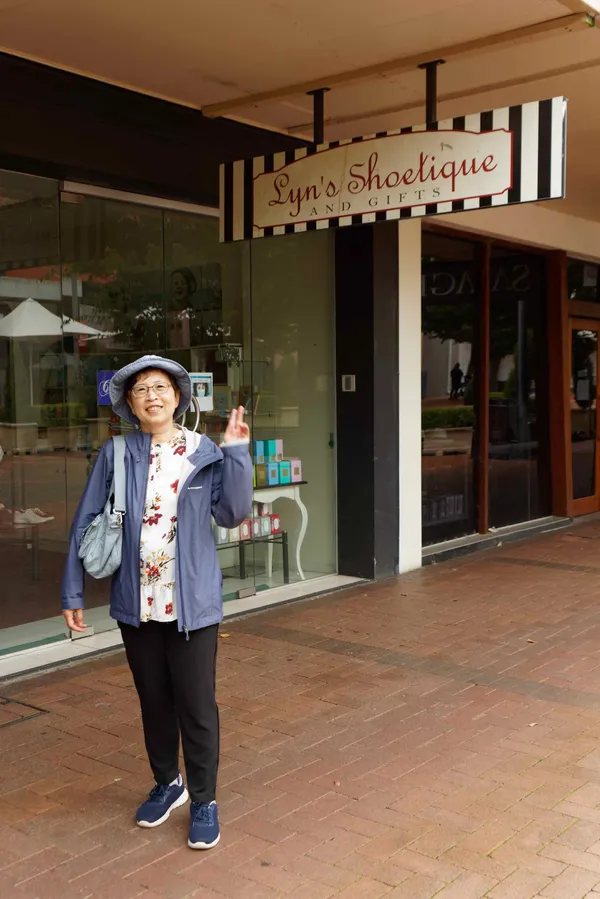 Lyn's Shoetique (SONY ILCE-7R)
Lyn's Shoetique (SONY ILCE-7R) 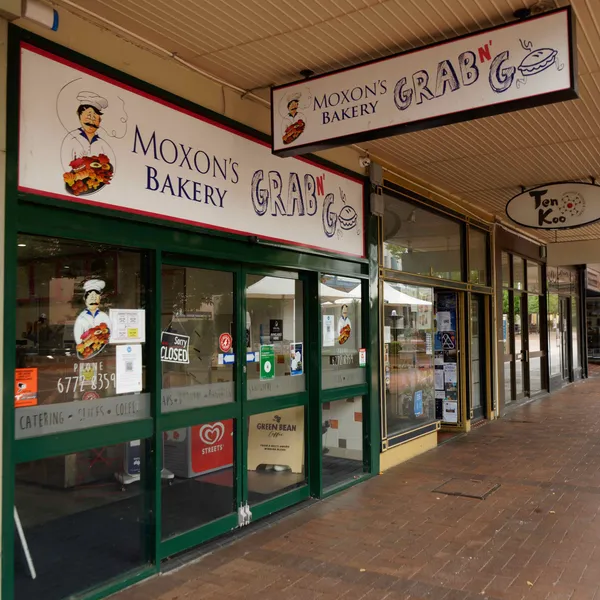 Moxon's Bakery (SONY ILCE-7R)
Moxon's Bakery (SONY ILCE-7R) .BjyJ8z5v_Z2cB575.webp) Tattersalls Hotel (1) (SONY ILCE-7R)
Tattersalls Hotel (1) (SONY ILCE-7R) 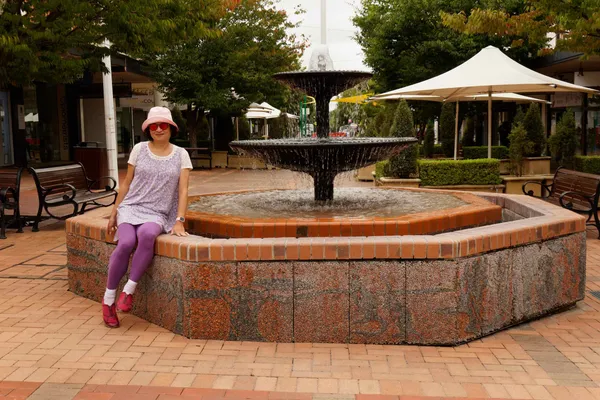 Fountain (SONY ILCE-7R)
Fountain (SONY ILCE-7R) 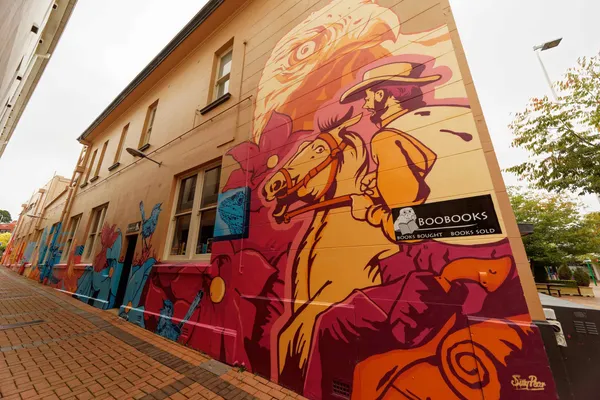 BooBooks (SONY ILCE-7R)
BooBooks (SONY ILCE-7R) .B11hRxYu_1FUsrA.webp) BooBooks (1) (SONY ILCE-7R)
BooBooks (1) (SONY ILCE-7R) .CIIMvgWY_ZxJr8Y.webp) BooBooks (2) (SONY ILCE-7R)
BooBooks (2) (SONY ILCE-7R) .Cq35xFdc_ZKbclU.webp) BooBooks (3) (SONY ILCE-7R)
BooBooks (3) (SONY ILCE-7R) .D4iqYjN__Z21pQGa.webp) BooBooks (4) (SONY ILCE-7R)
BooBooks (4) (SONY ILCE-7R) 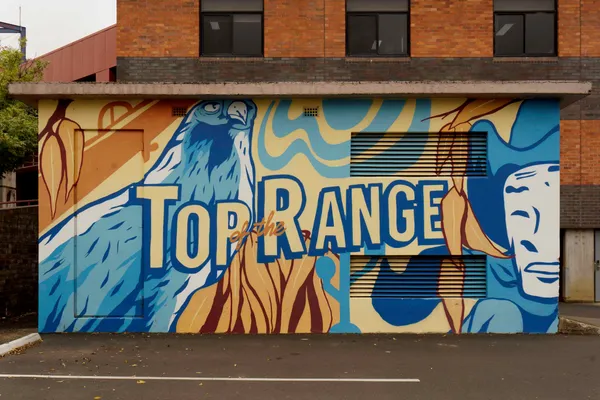 Top Range (SONY ILCE-7R)
Top Range (SONY ILCE-7R) .DHak4Jkt_2a3aHq.webp) Top Range (1) (SONY ILCE-7R)
Top Range (1) (SONY ILCE-7R) .Cdx3oanX_1wNWmf.webp) BooBooks (5) (SONY ILCE-7R)
BooBooks (5) (SONY ILCE-7R) .BrGYPsC2_1DcXS8.webp) BooBooks (6) (SONY ILCE-7R)
BooBooks (6) (SONY ILCE-7R) .D3AtJzU5_2nwSSI.webp) BooBooks (7) (SONY ILCE-7R)
BooBooks (7) (SONY ILCE-7R) .33OnRn4K_Z4MjVS.webp) Granny Fi's Toy Cupboard (1) (SONY ILCE-7R)
Granny Fi's Toy Cupboard (1) (SONY ILCE-7R) .BqfX15Tg_Z2s6sTz.webp) Granny Fi's Toy Cupboard (2) (SONY ILCE-7R)
Granny Fi's Toy Cupboard (2) (SONY ILCE-7R) 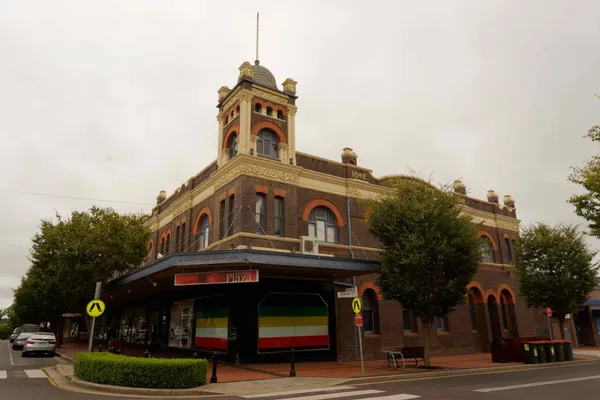 Richardson_Co (SONY ILCE-7R)
Richardson_Co (SONY ILCE-7R) 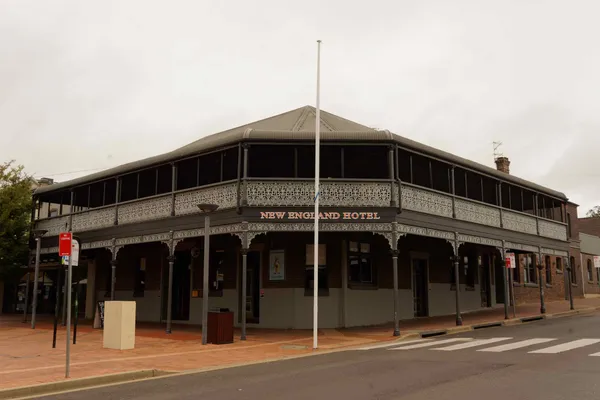 New_England_Hotel_1 (SONY ILCE-7R)
New_England_Hotel_1 (SONY ILCE-7R)  Sportsgirl (SONY ILCE-7R)
Sportsgirl (SONY ILCE-7R) 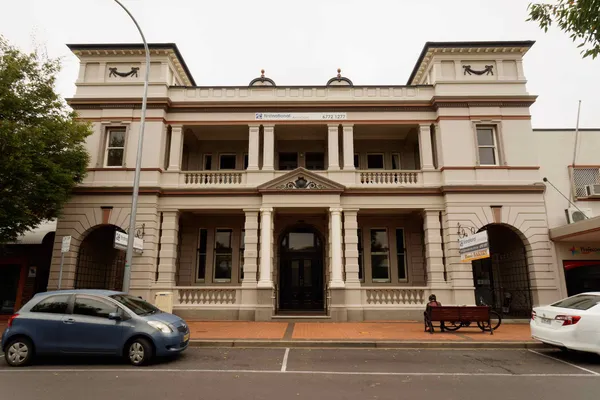 State_Bank (SONY ILCE-7R)
State_Bank (SONY ILCE-7R) 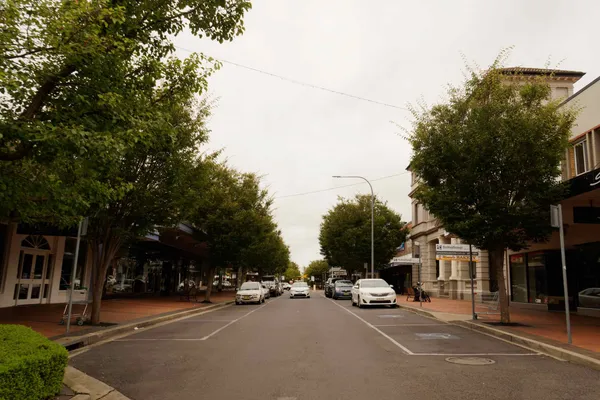 Beardy_St_1 (SONY ILCE-7R)
Beardy_St_1 (SONY ILCE-7R) 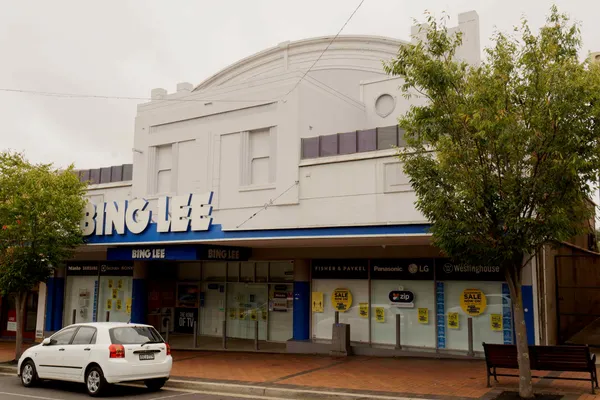 Capitol Theatre (SONY ILCE-7R)
Capitol Theatre (SONY ILCE-7R) 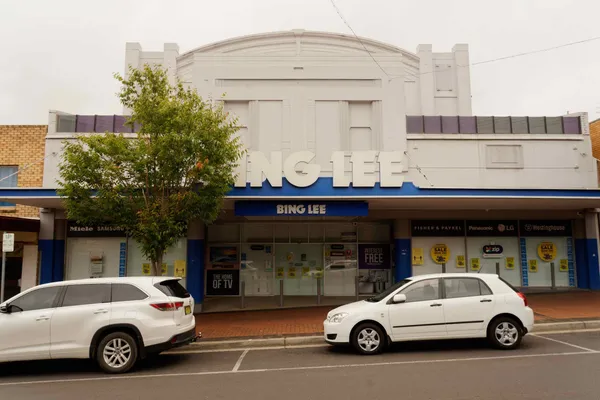 Capitol_Theatre_1 (SONY ILCE-7R)
Capitol_Theatre_1 (SONY ILCE-7R) 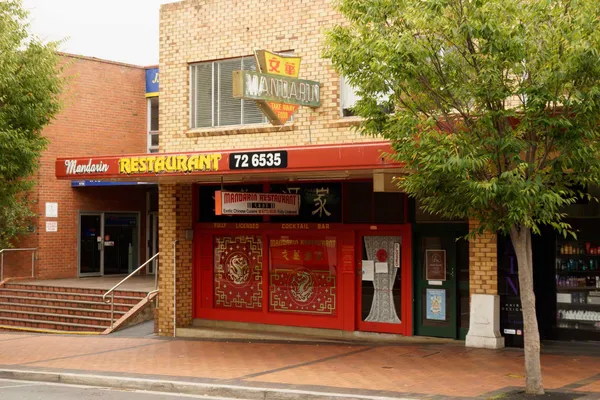 Mandarin Restaurant (SONY ILCE-7R)
Mandarin Restaurant (SONY ILCE-7R) .BLFsQ8Ox_Z1TmNx8.webp)
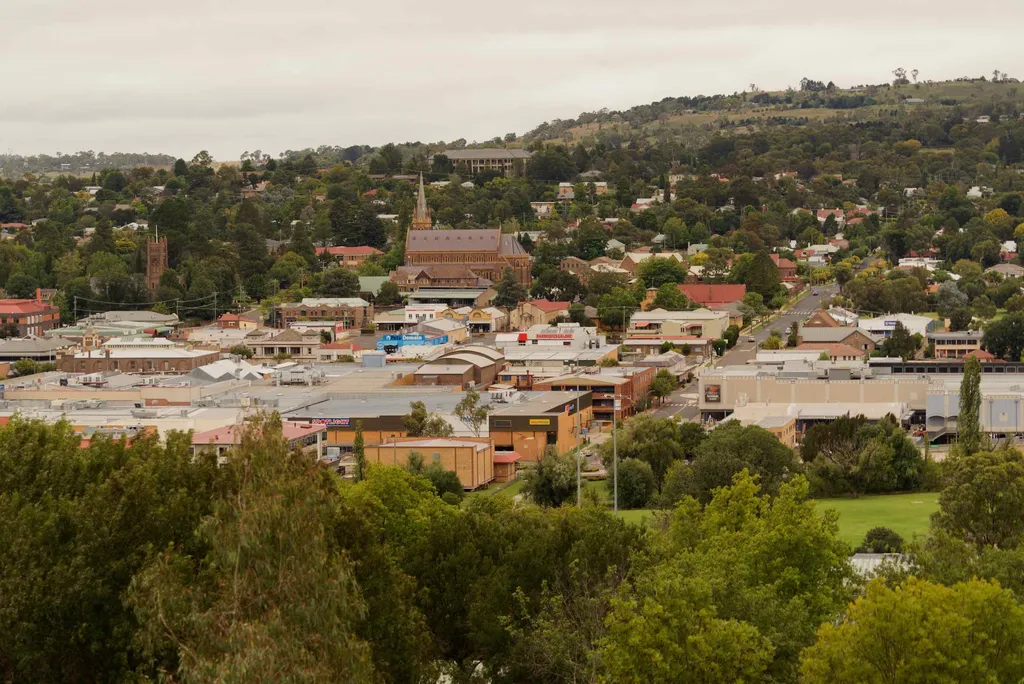
.CITAbYrp_27yT79.webp)